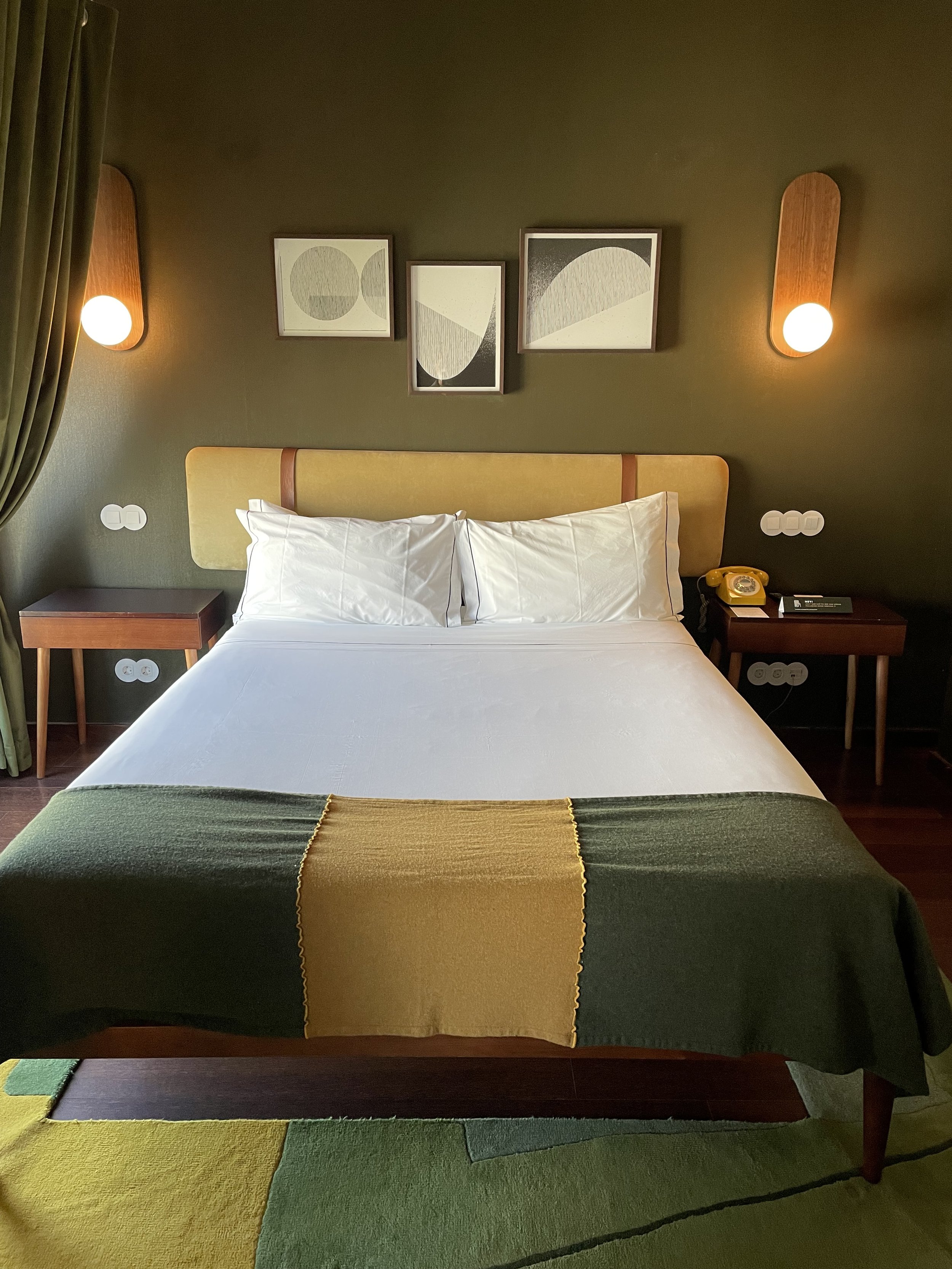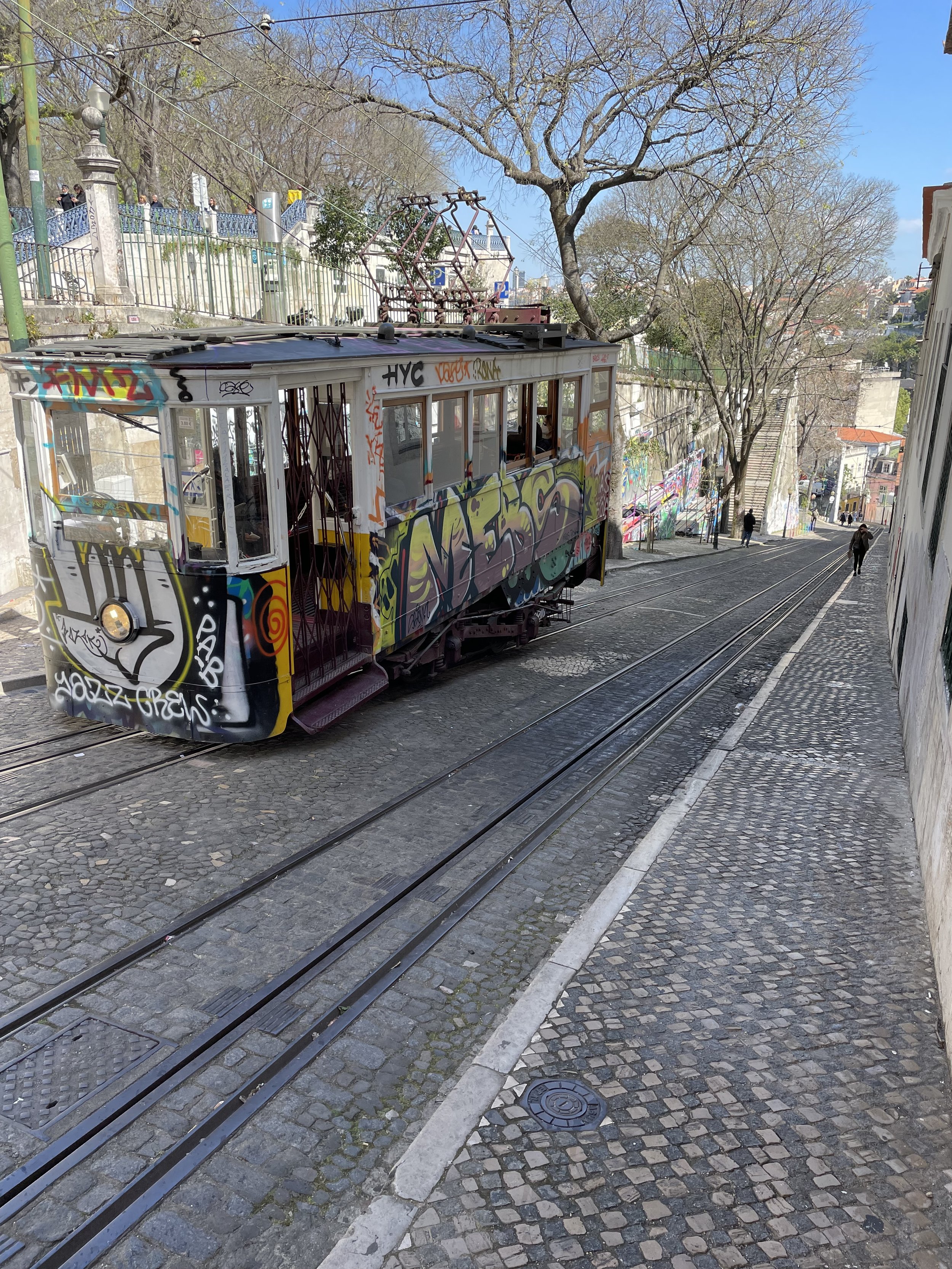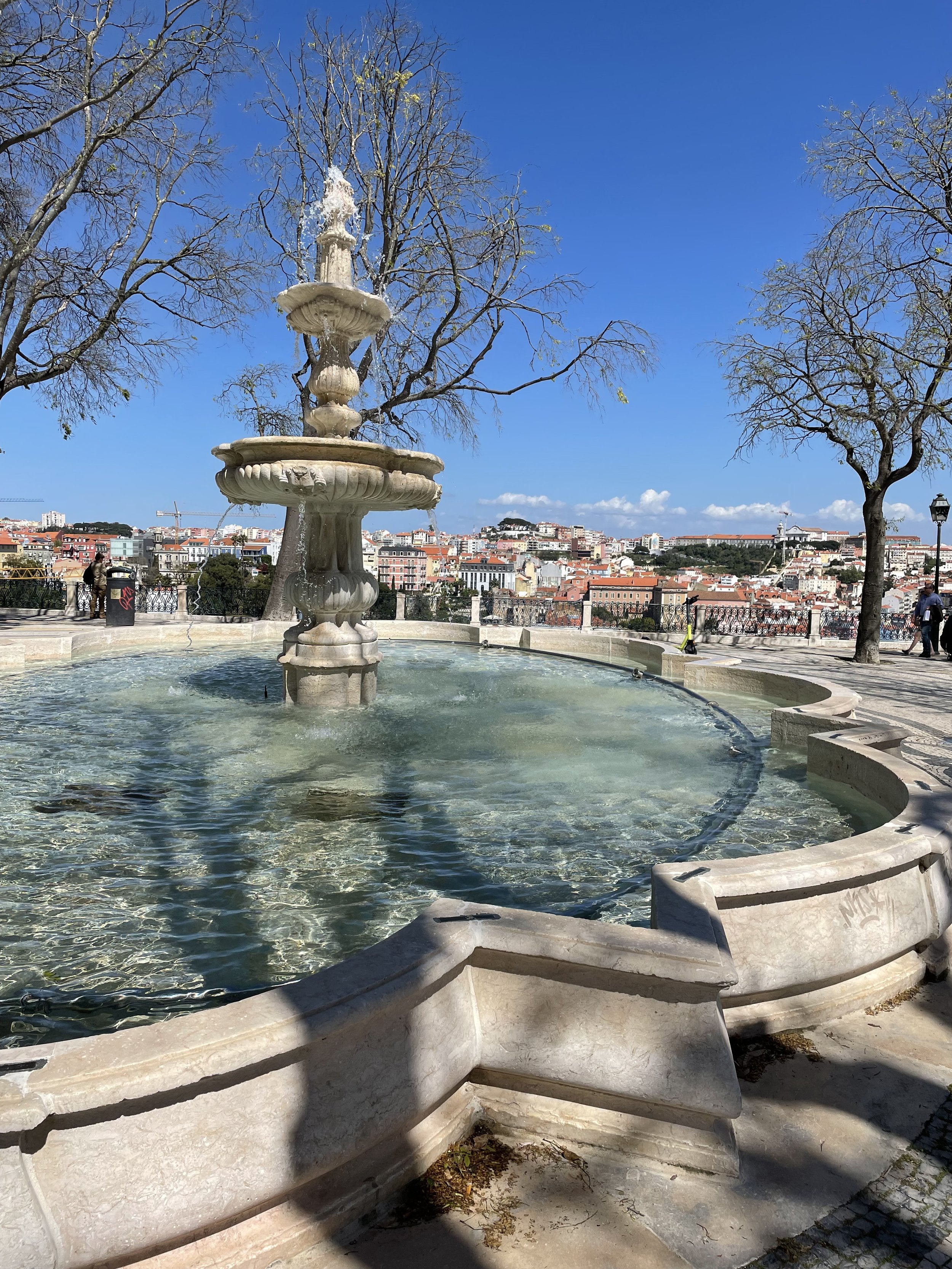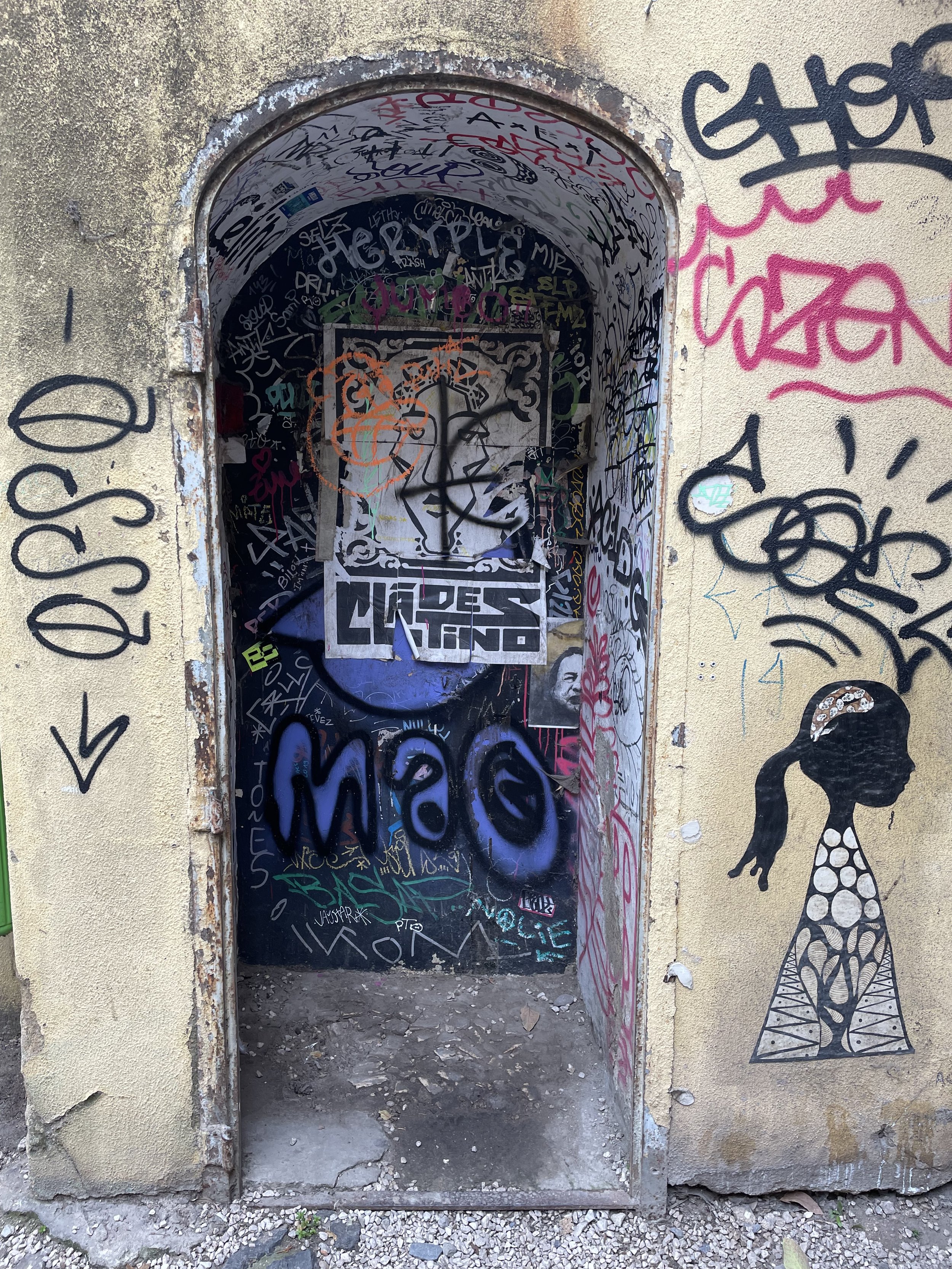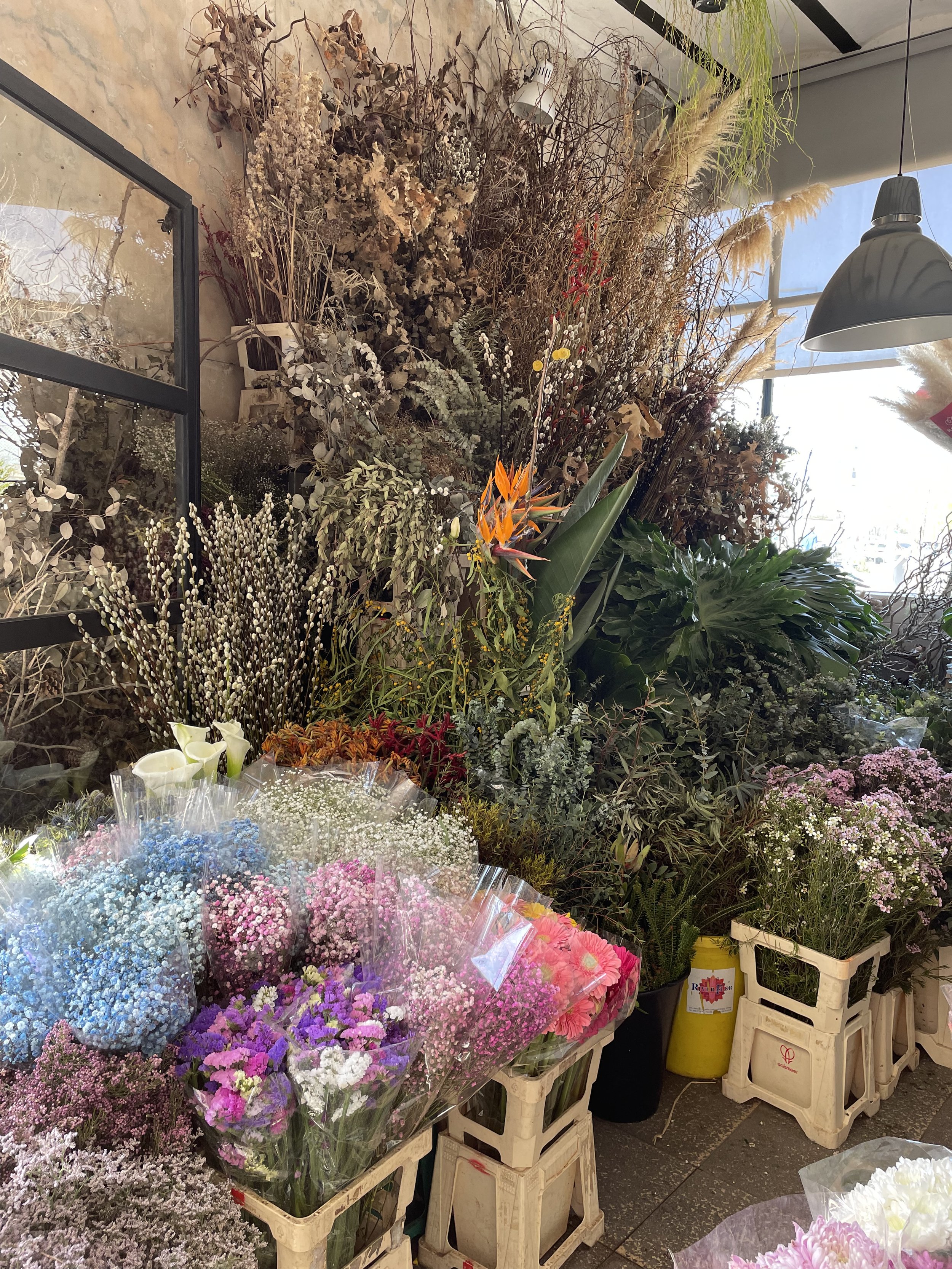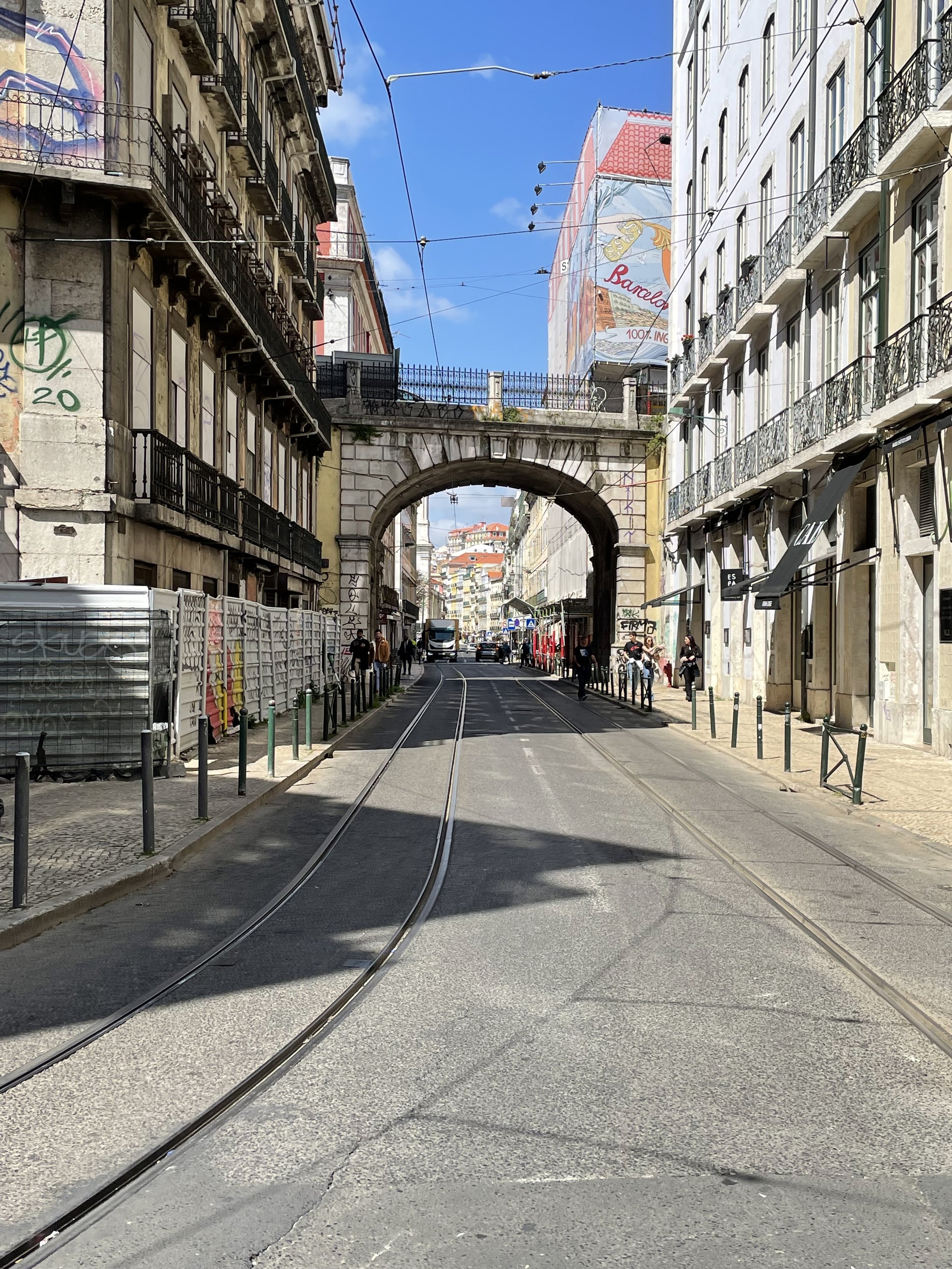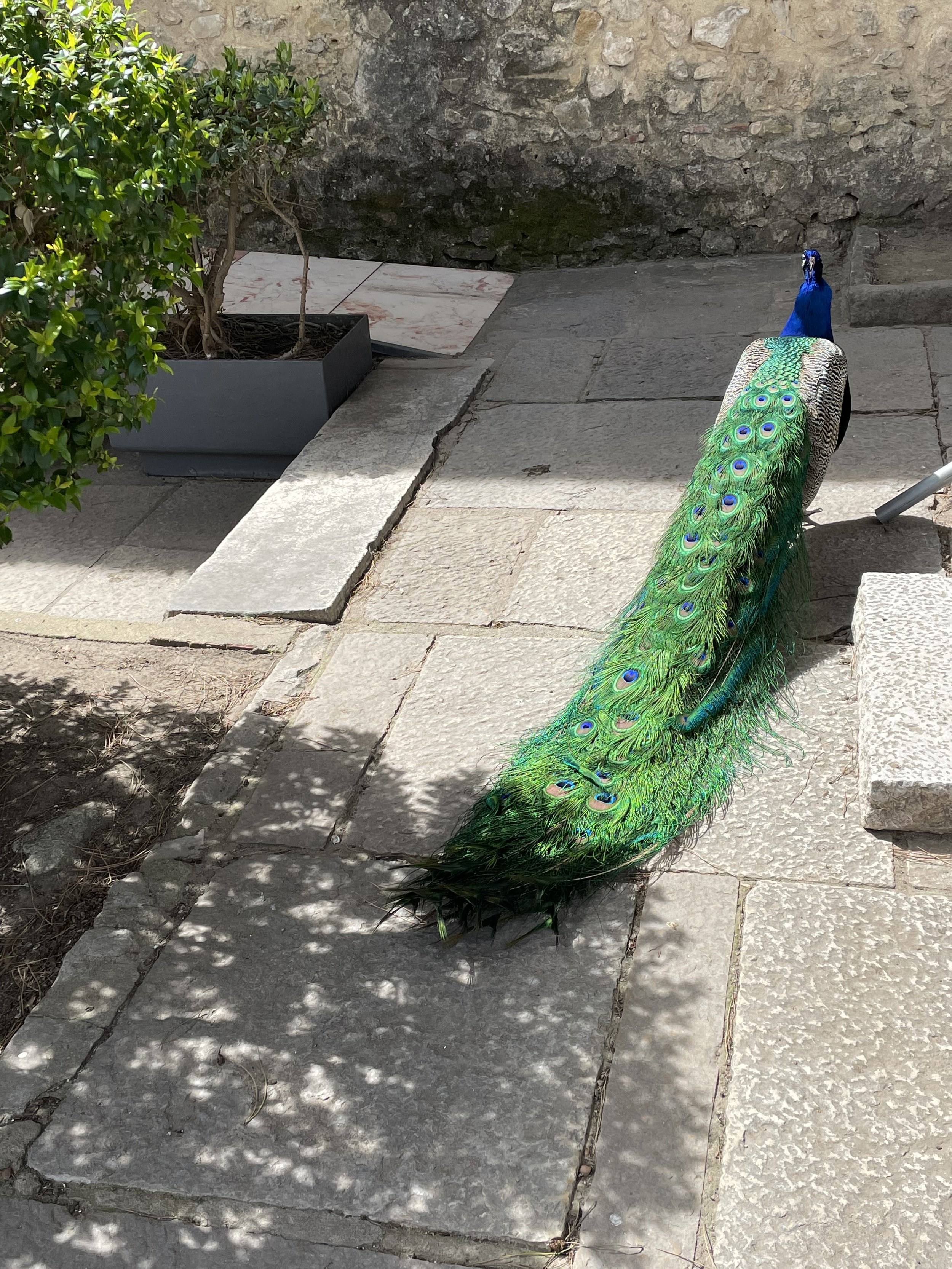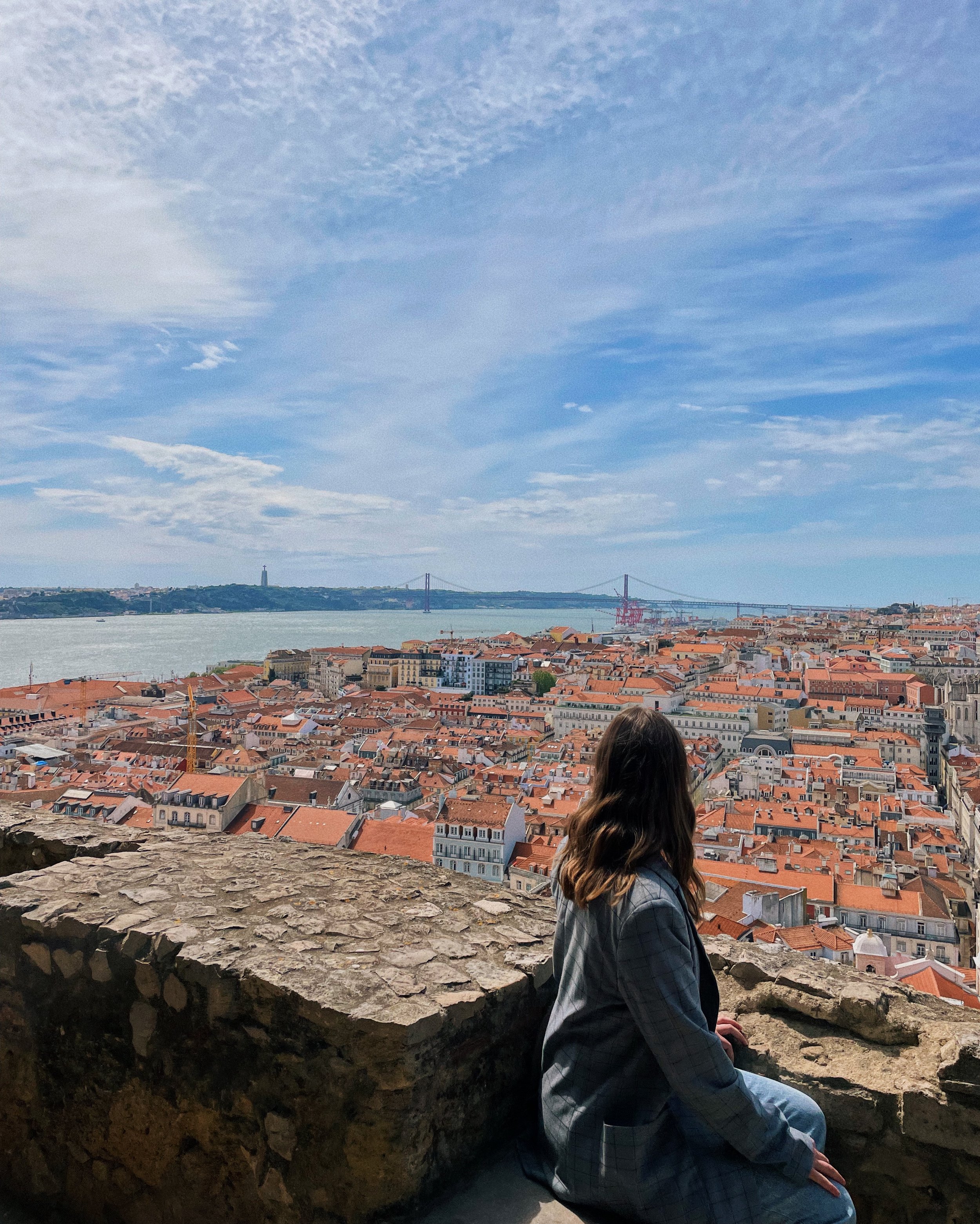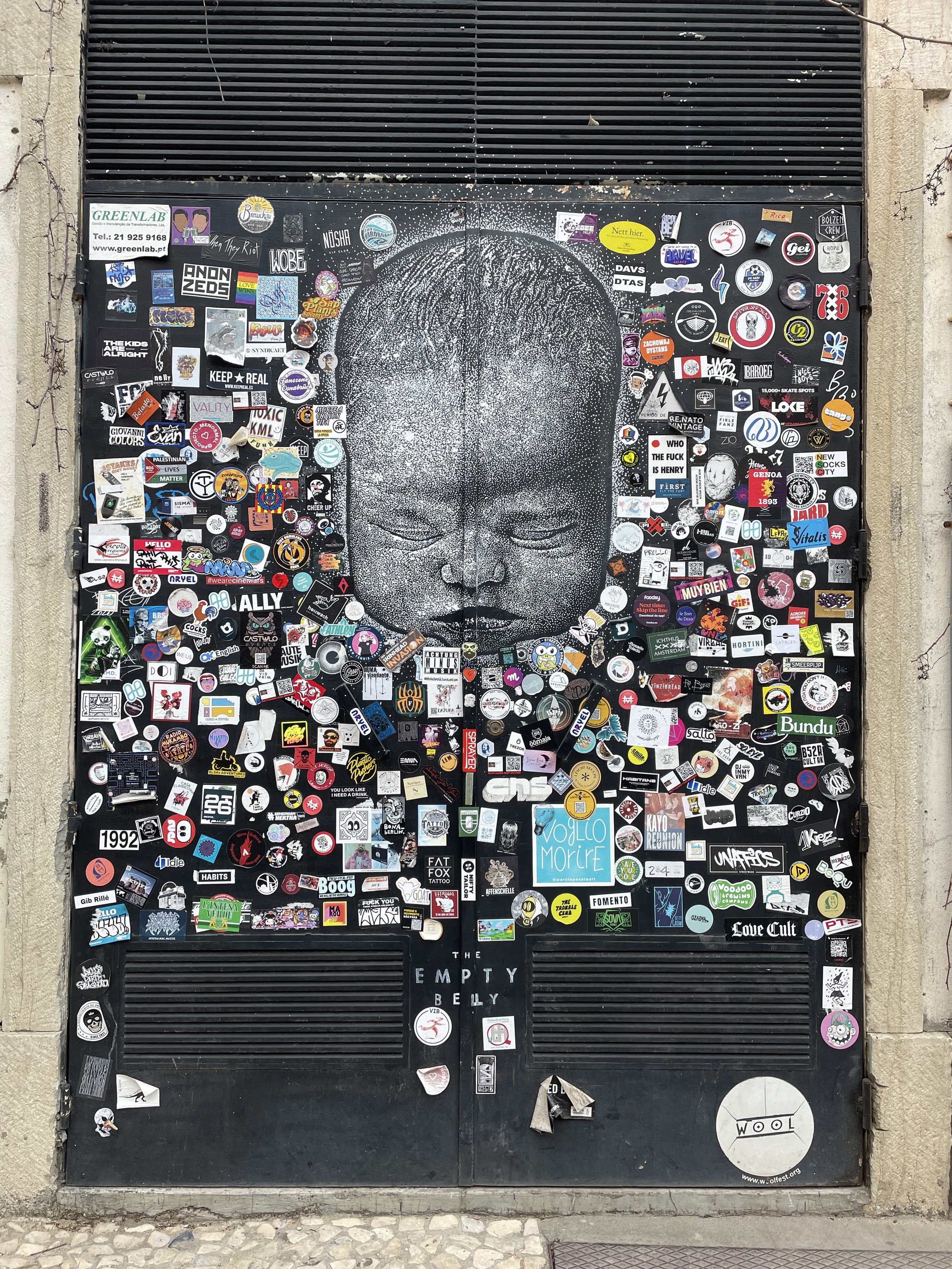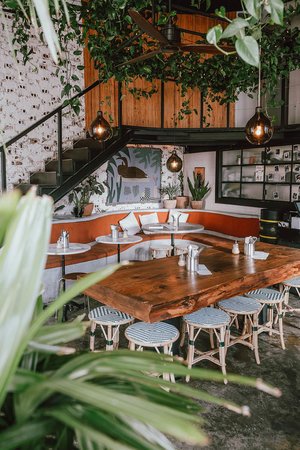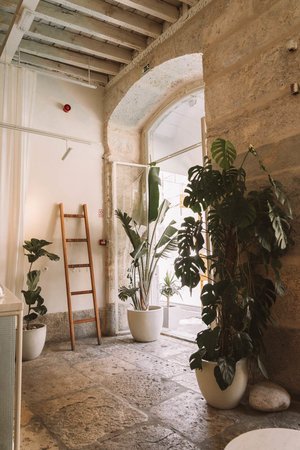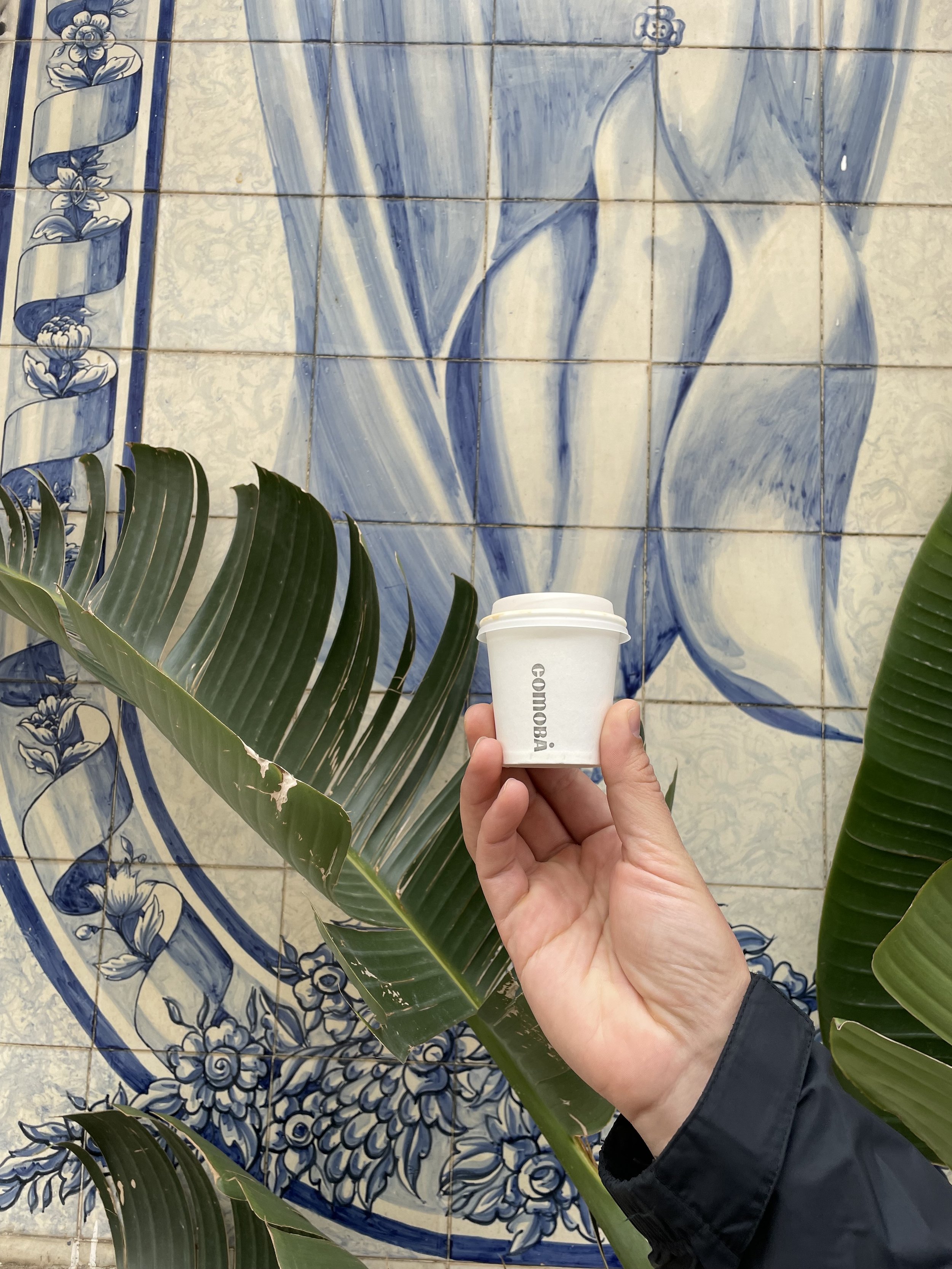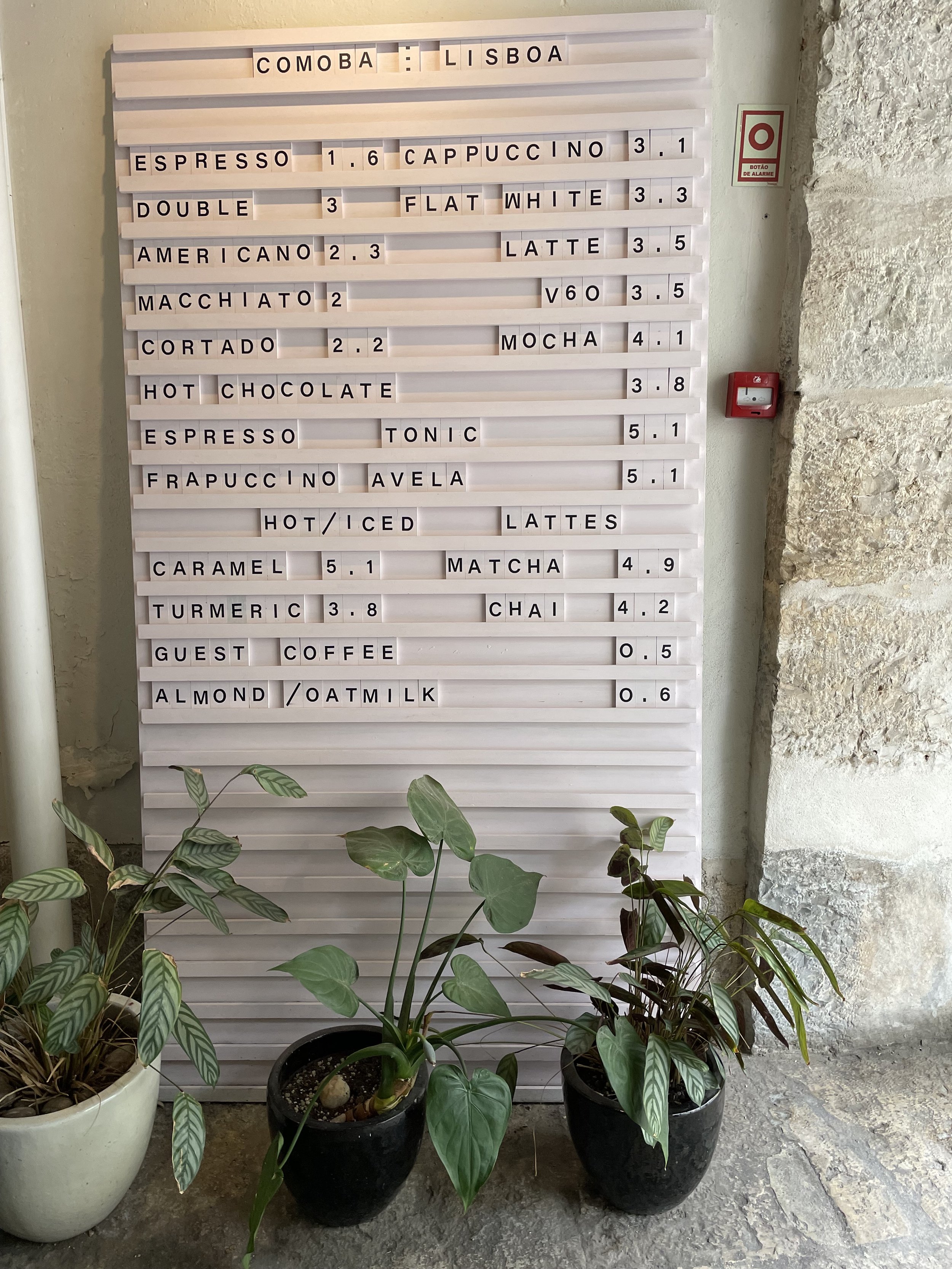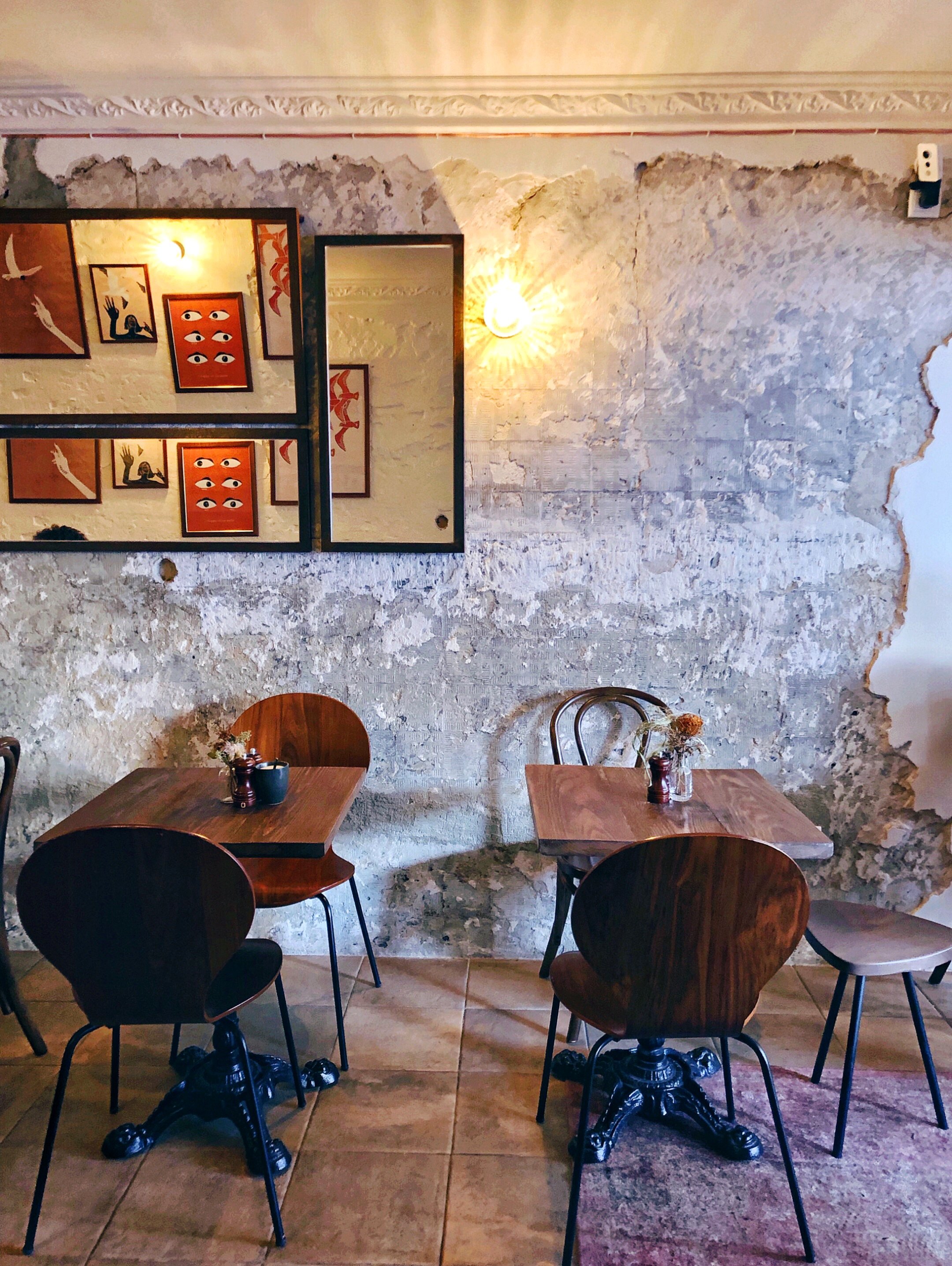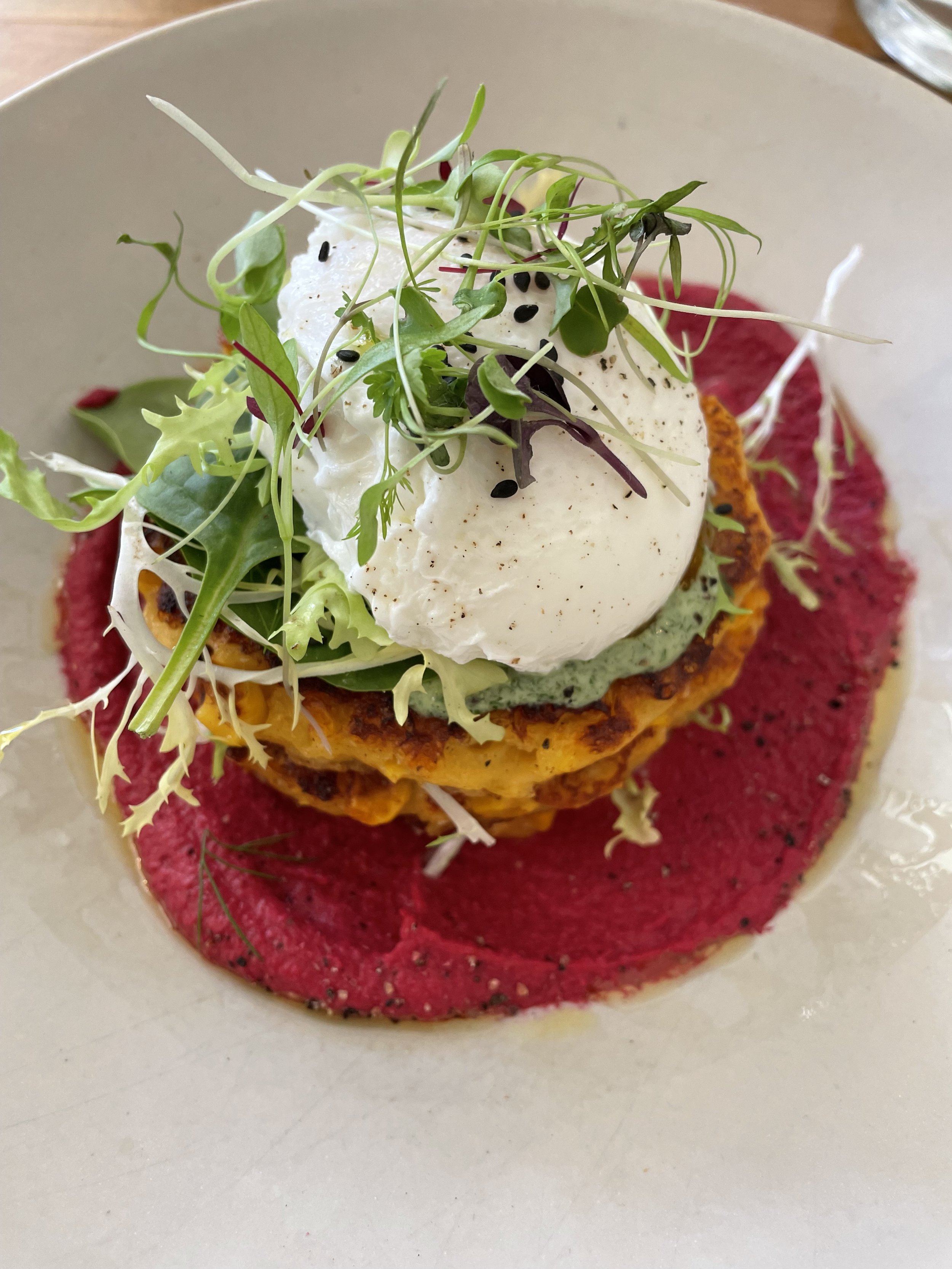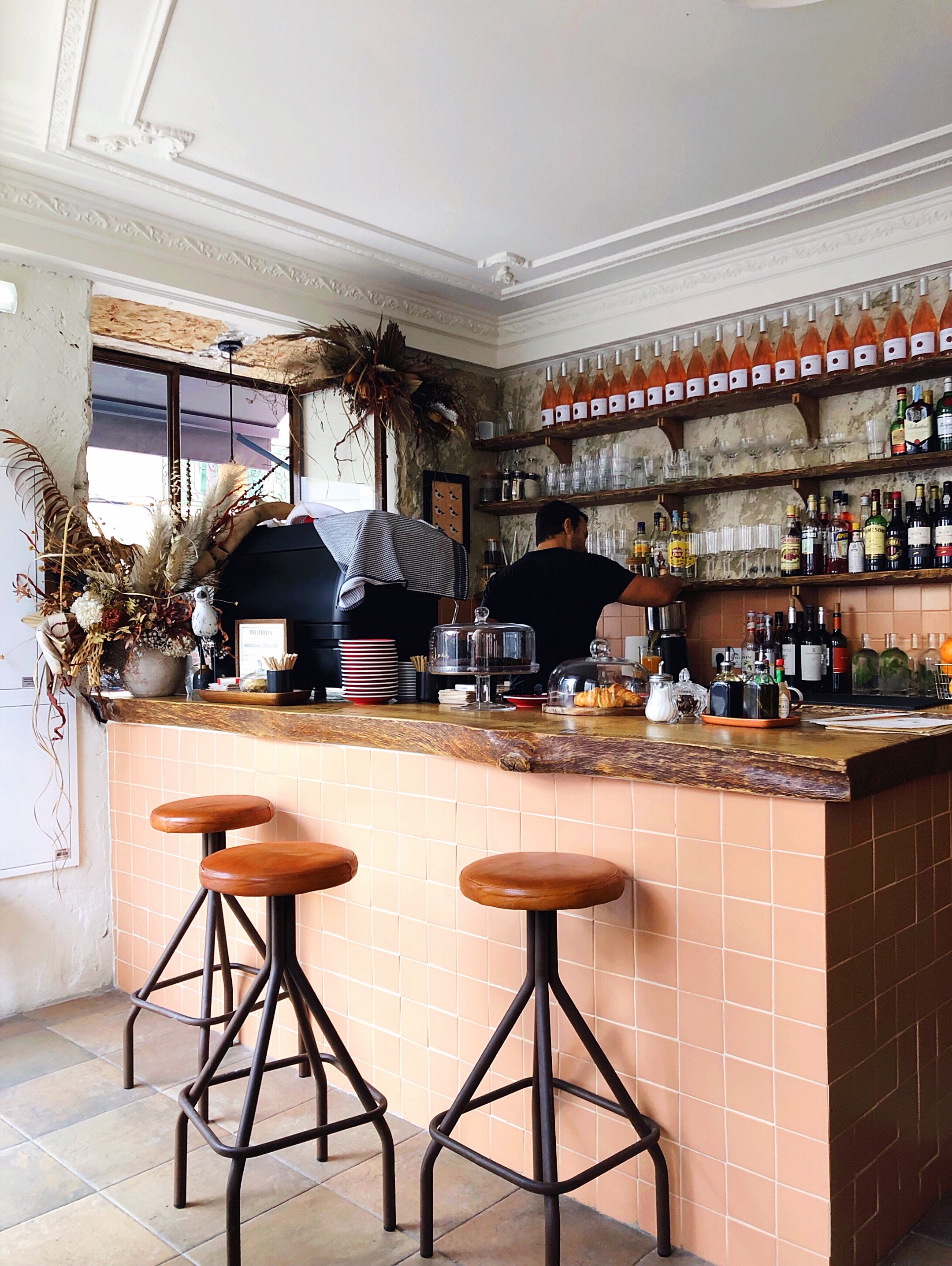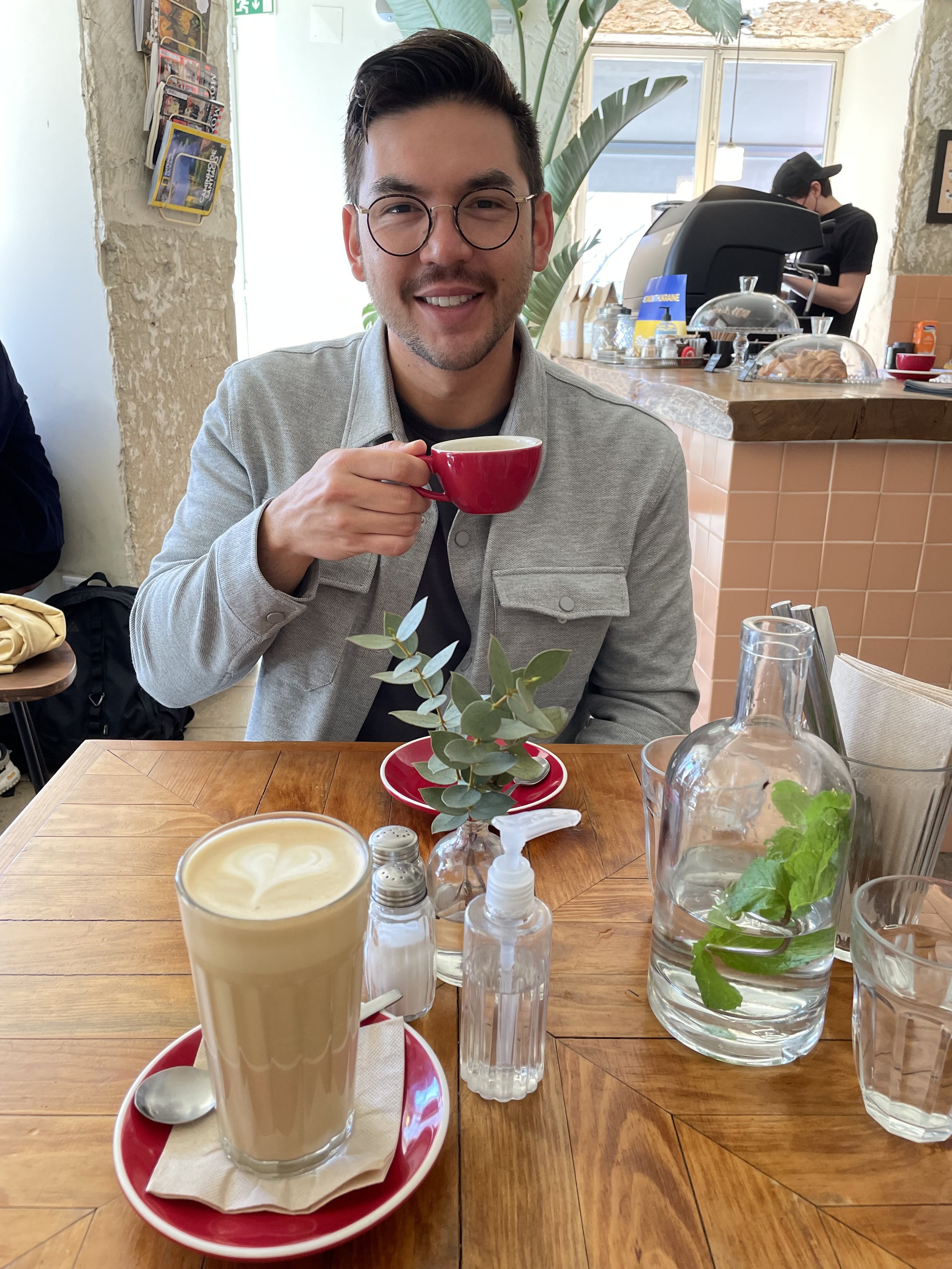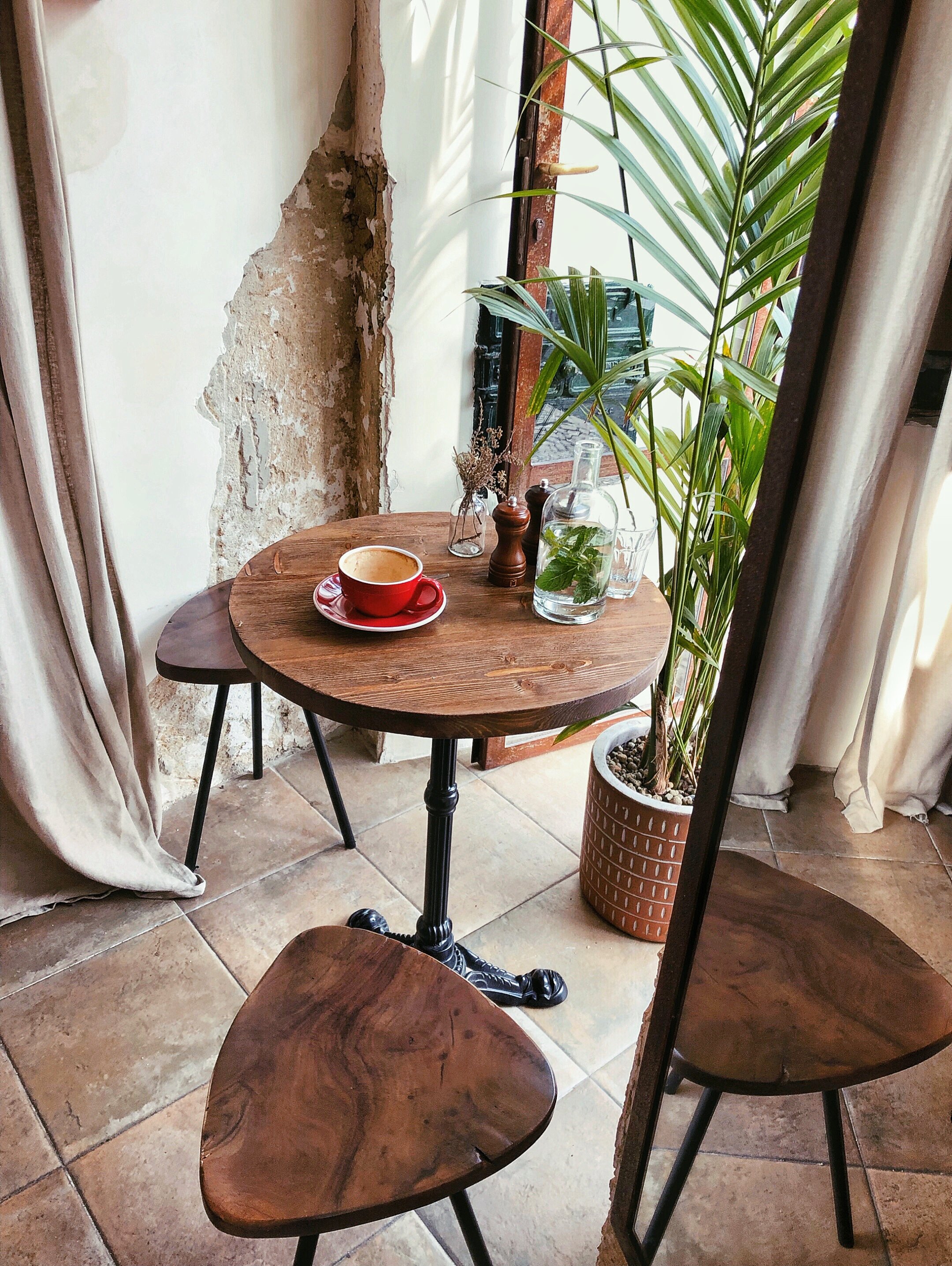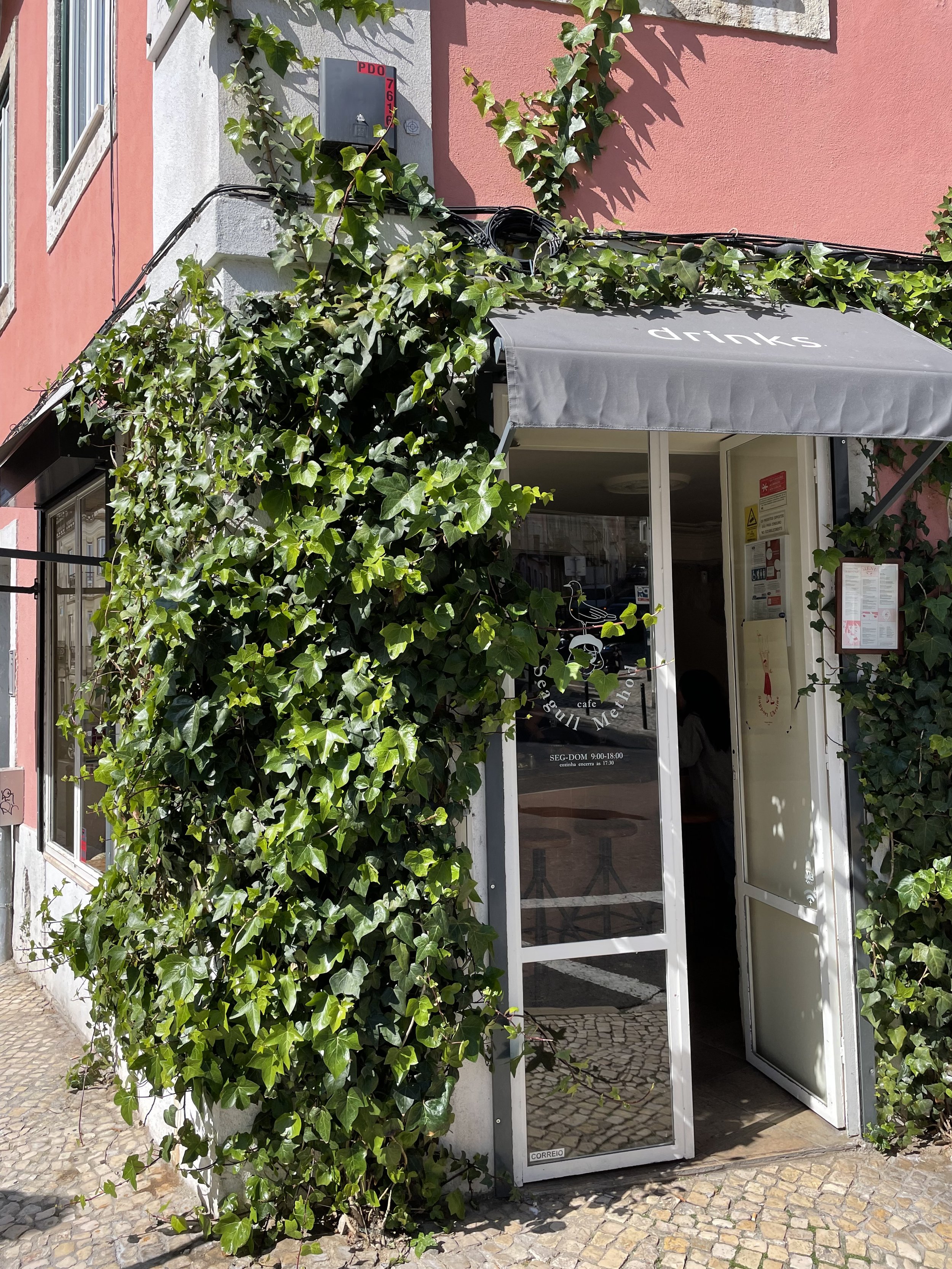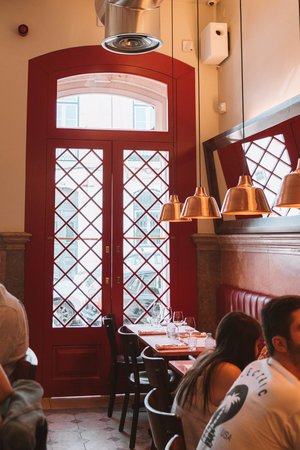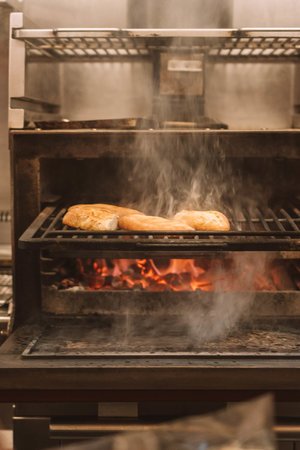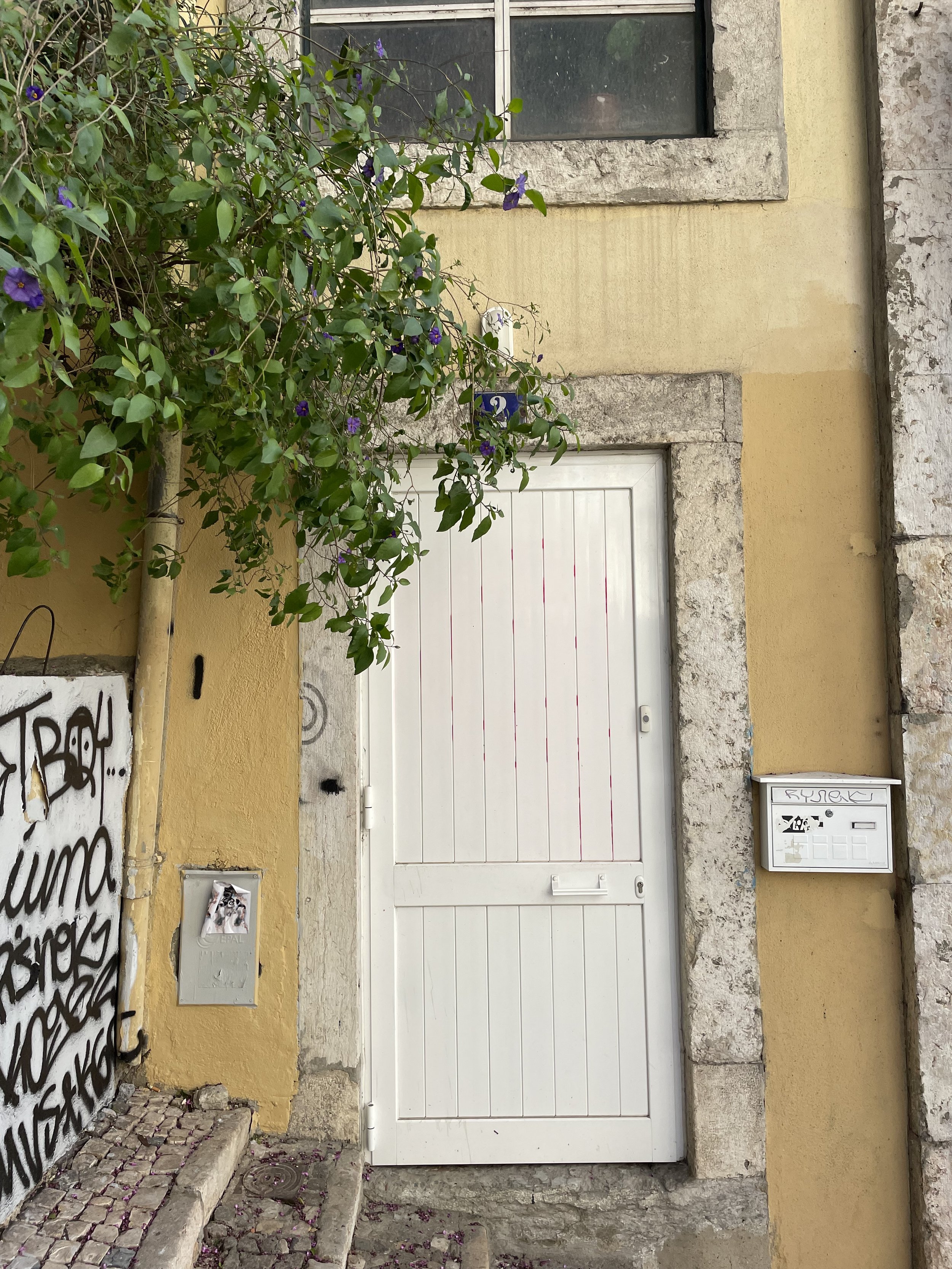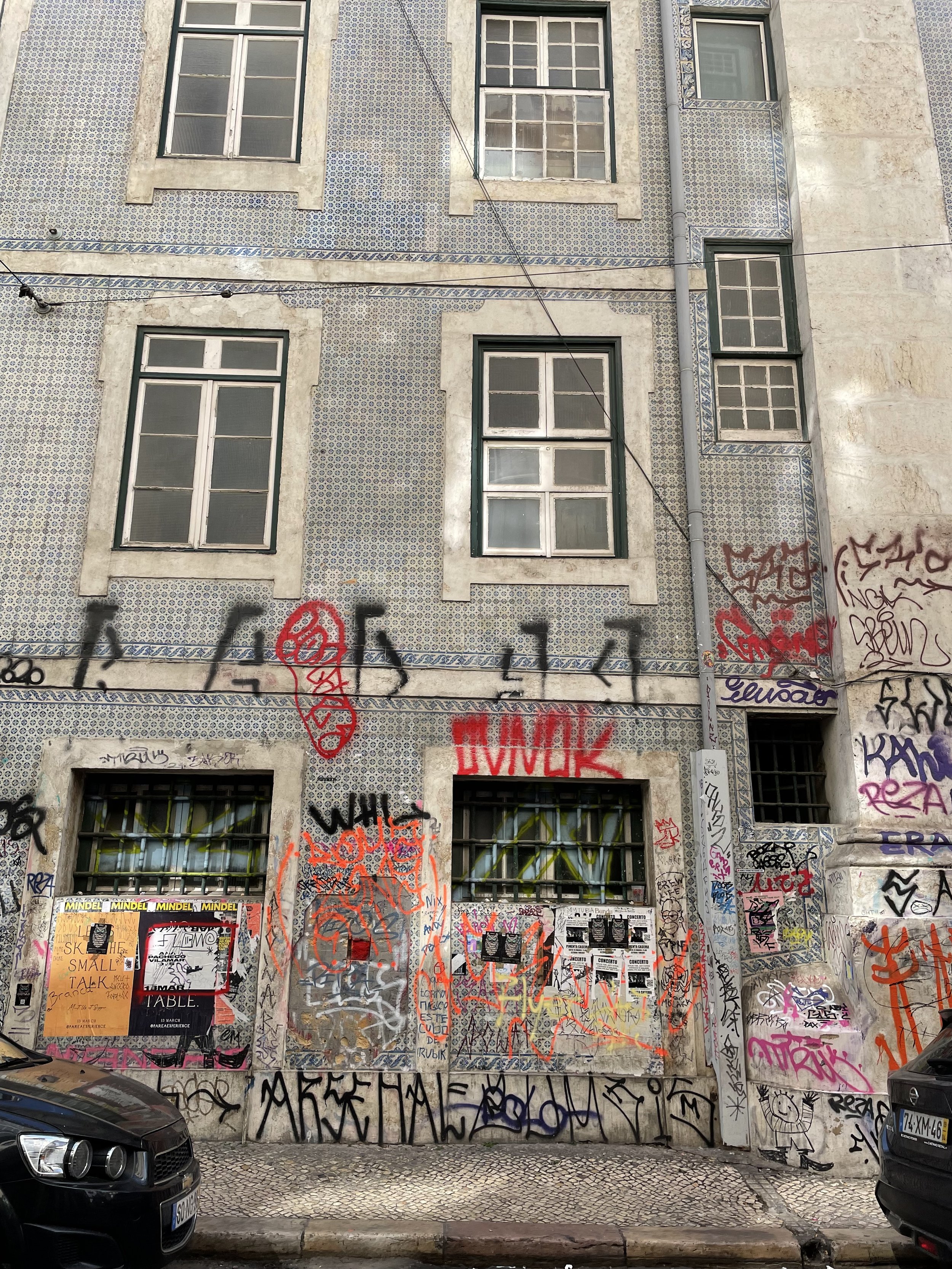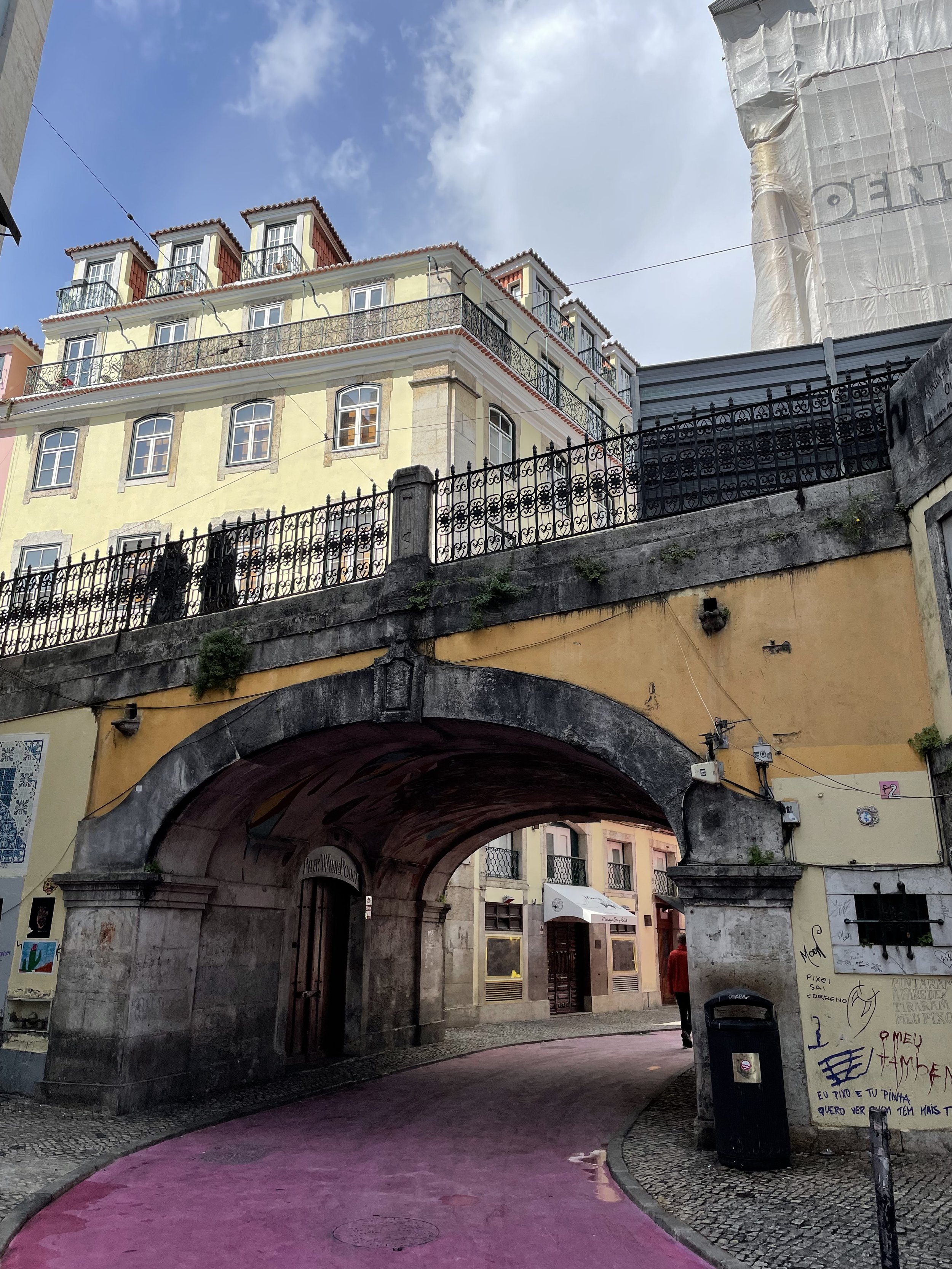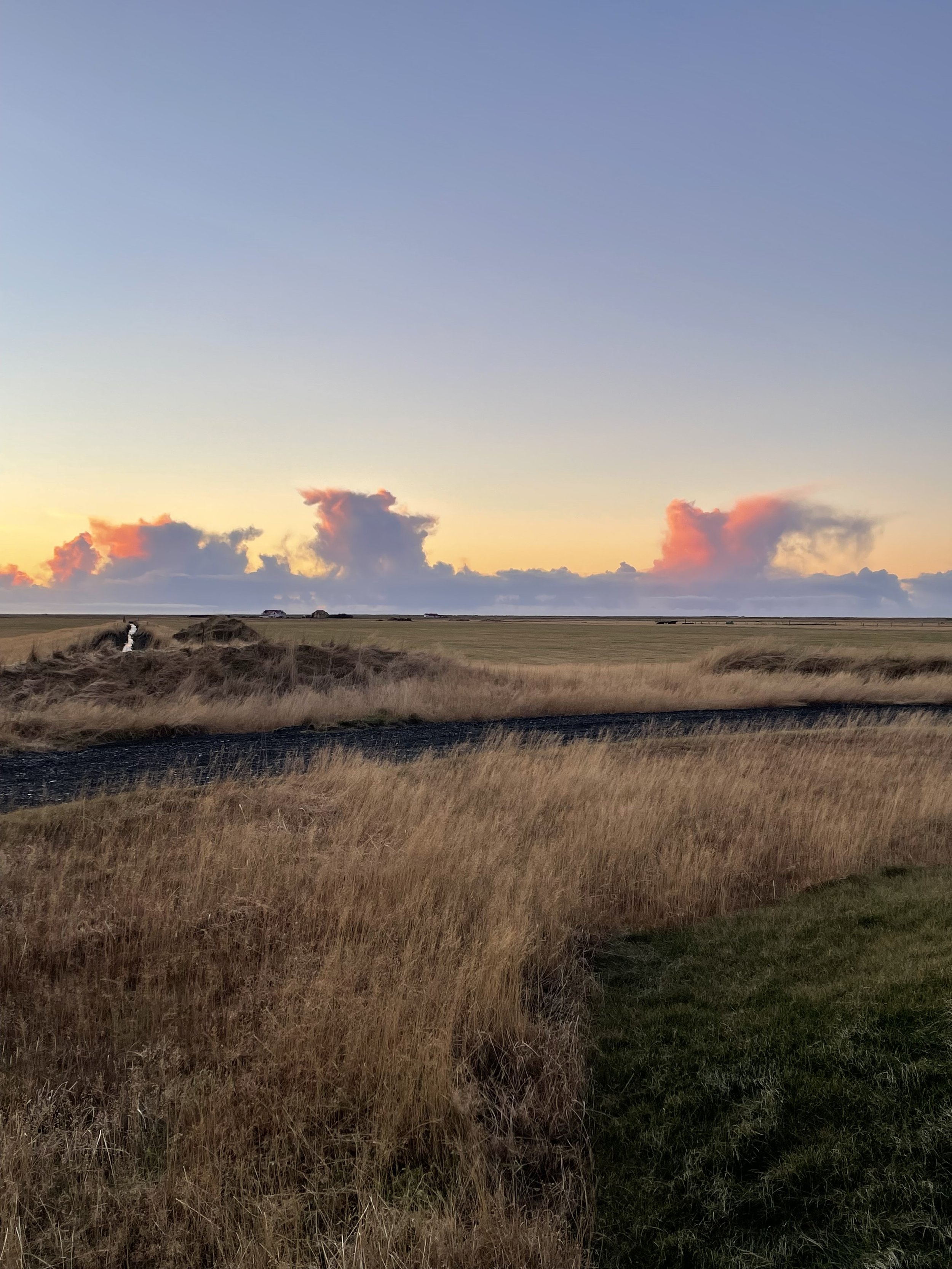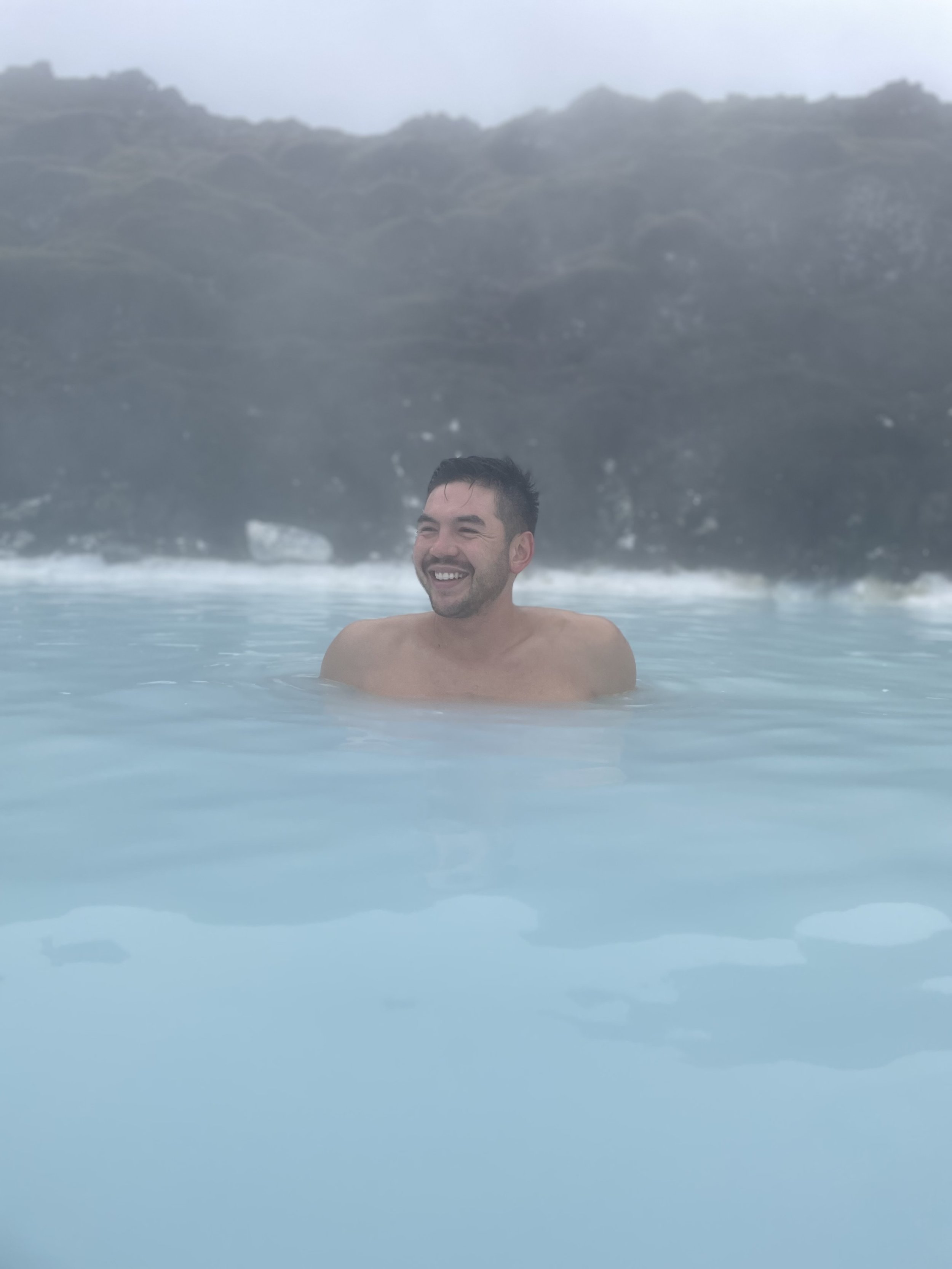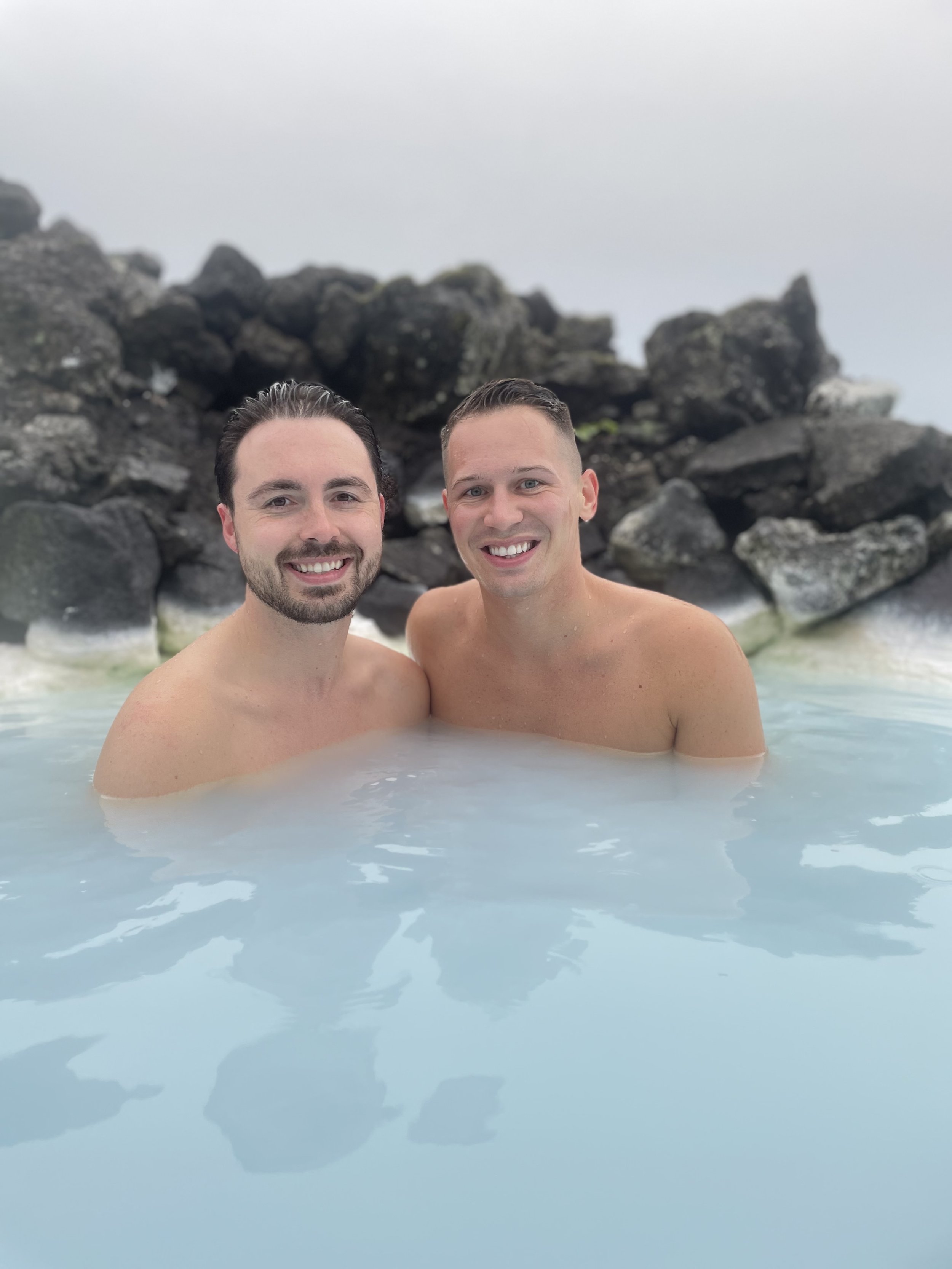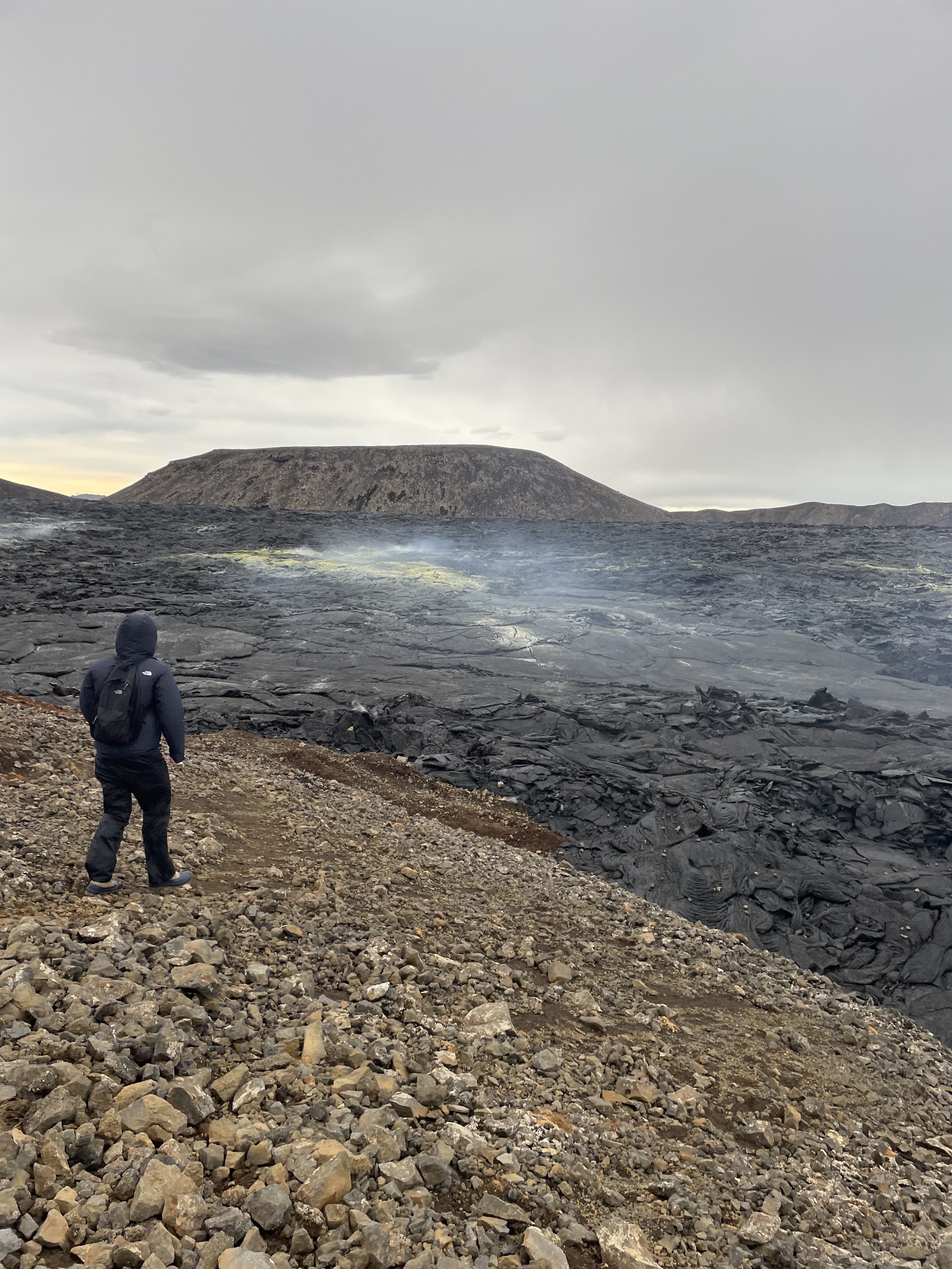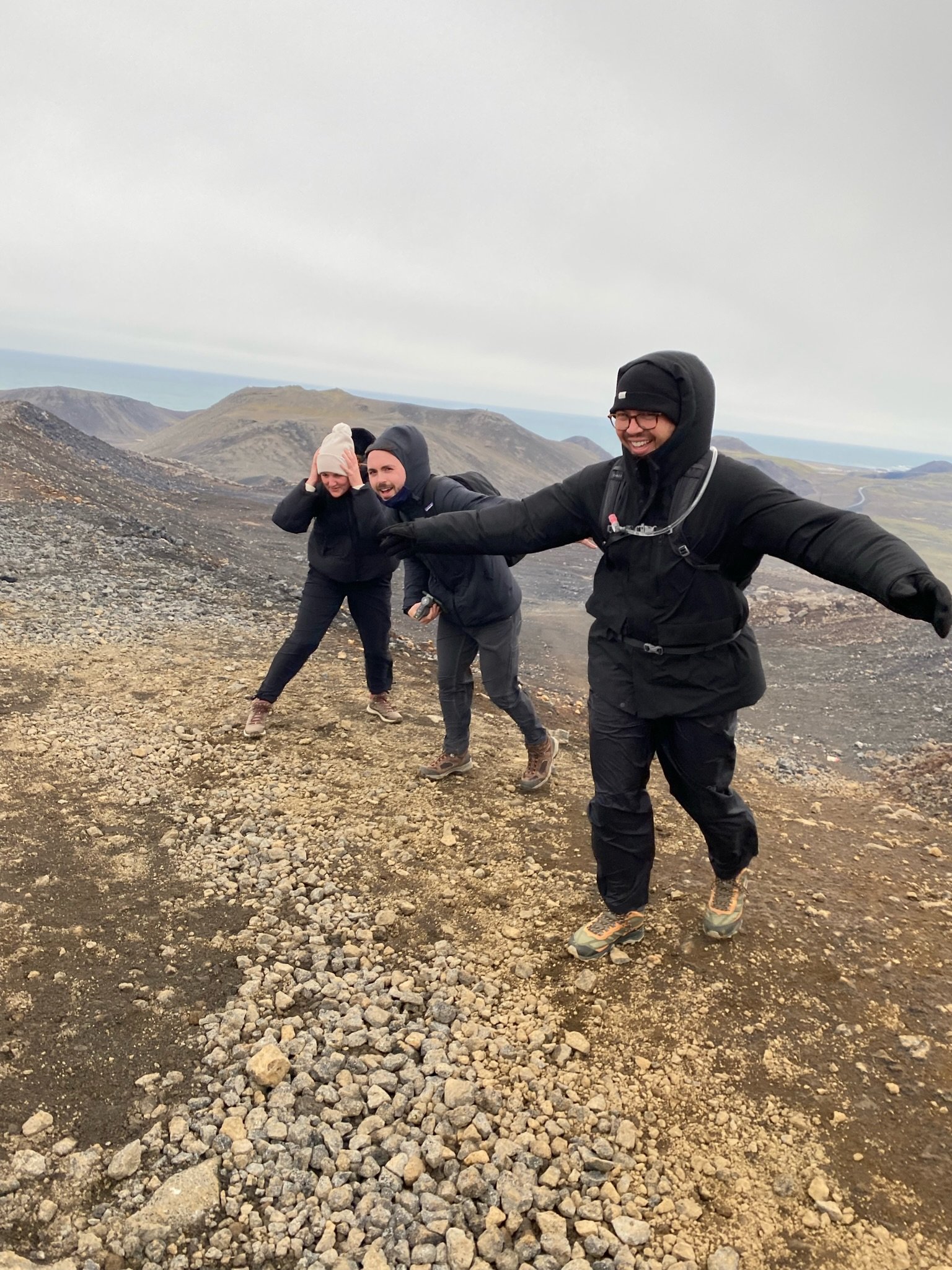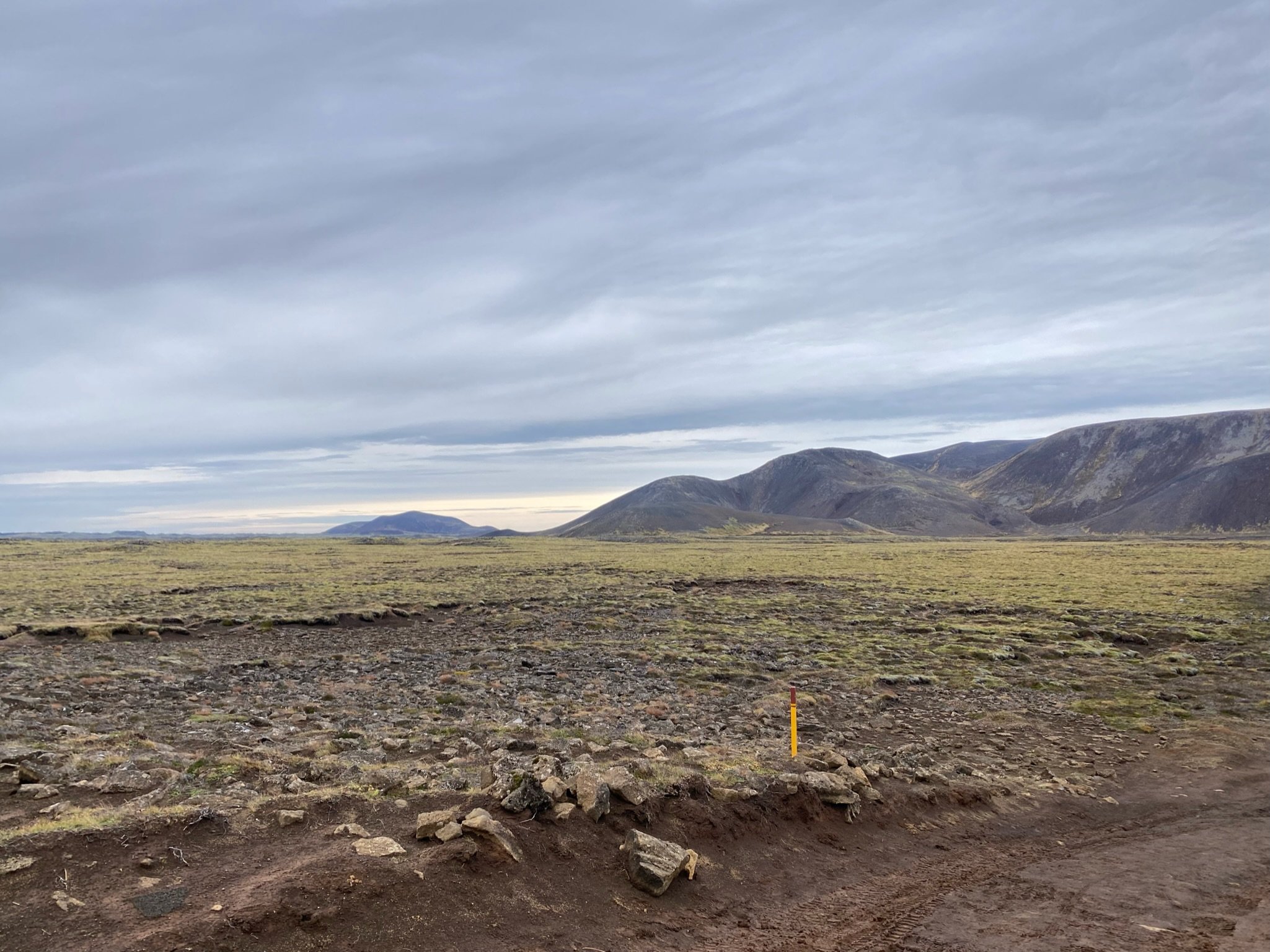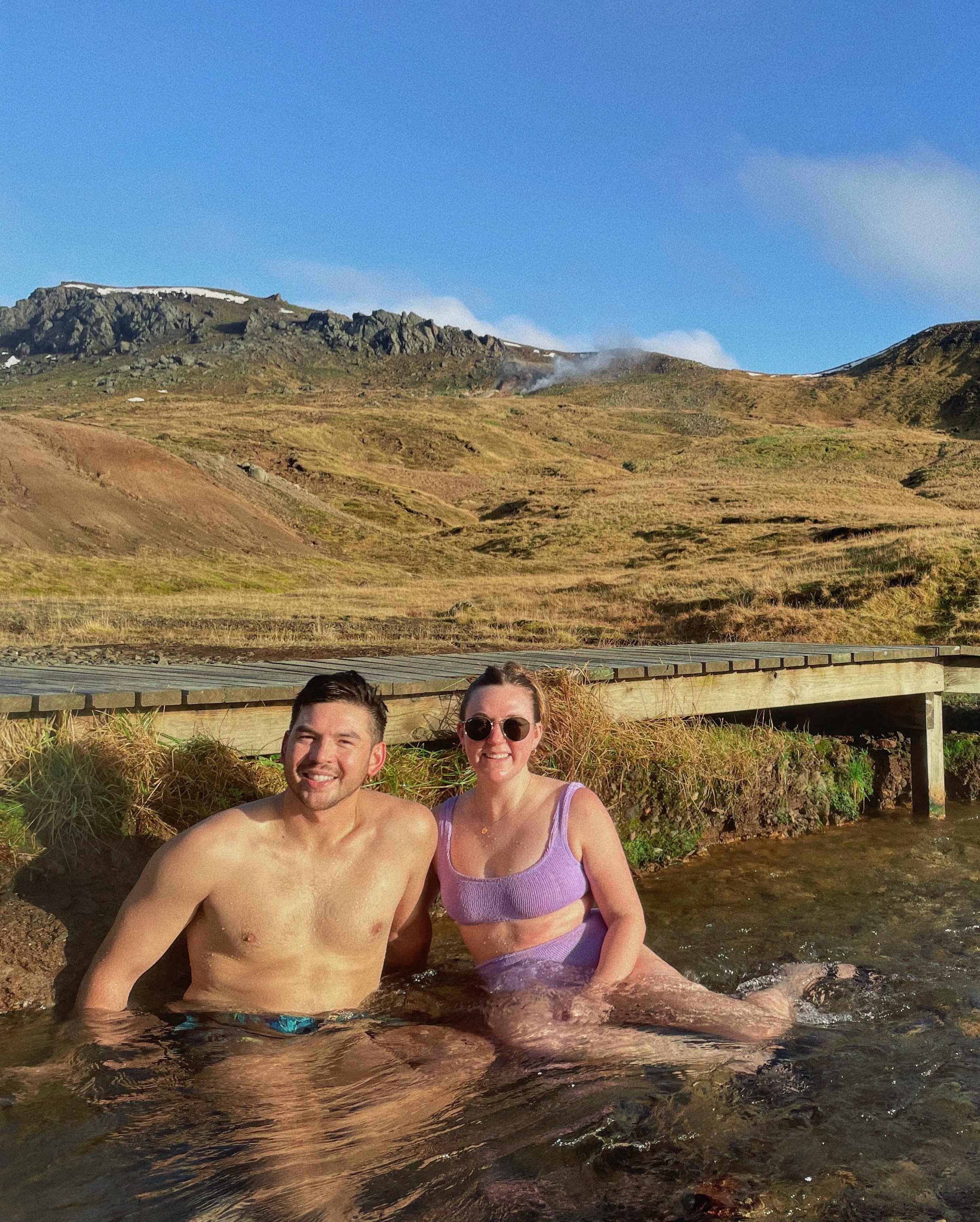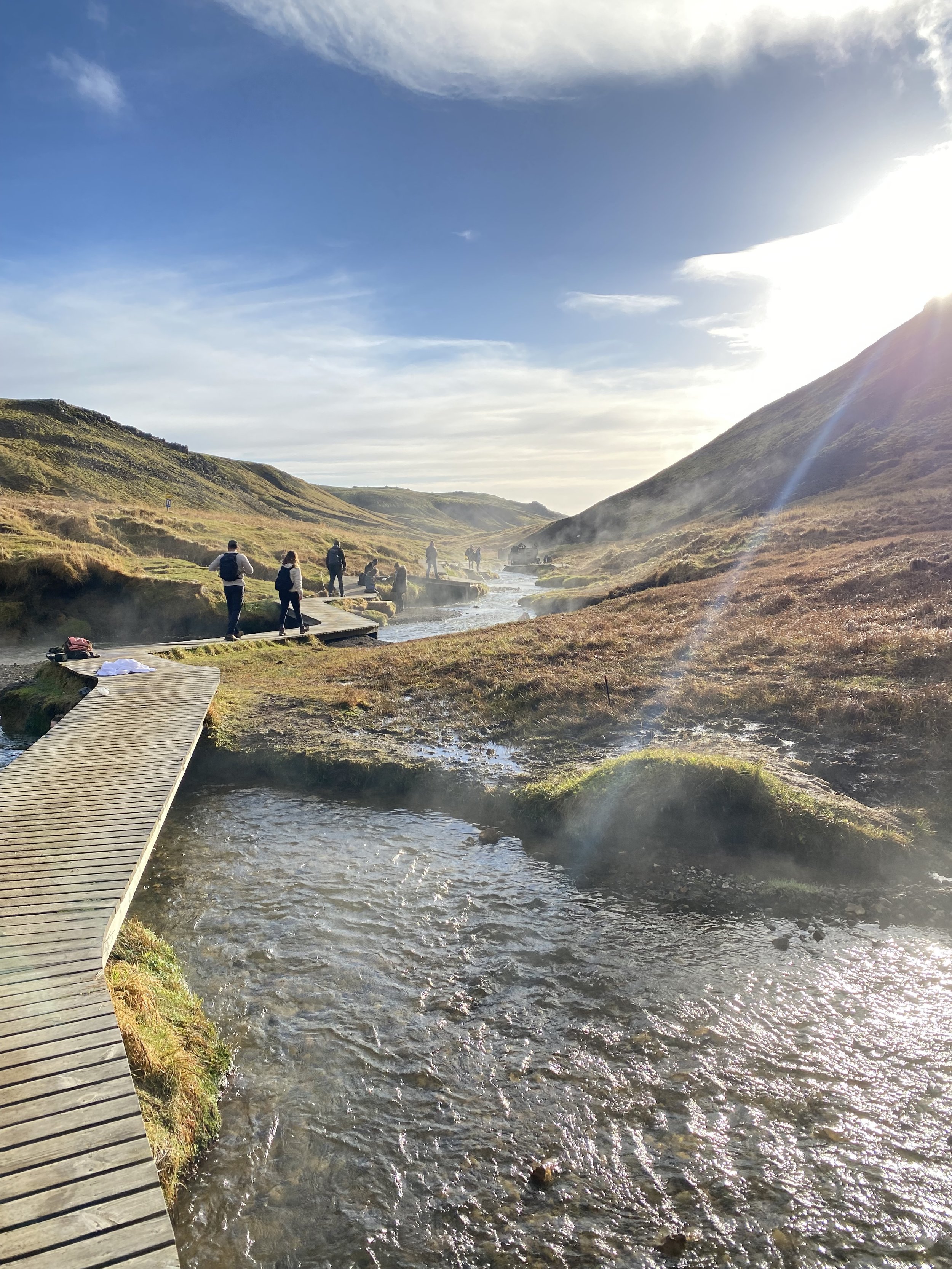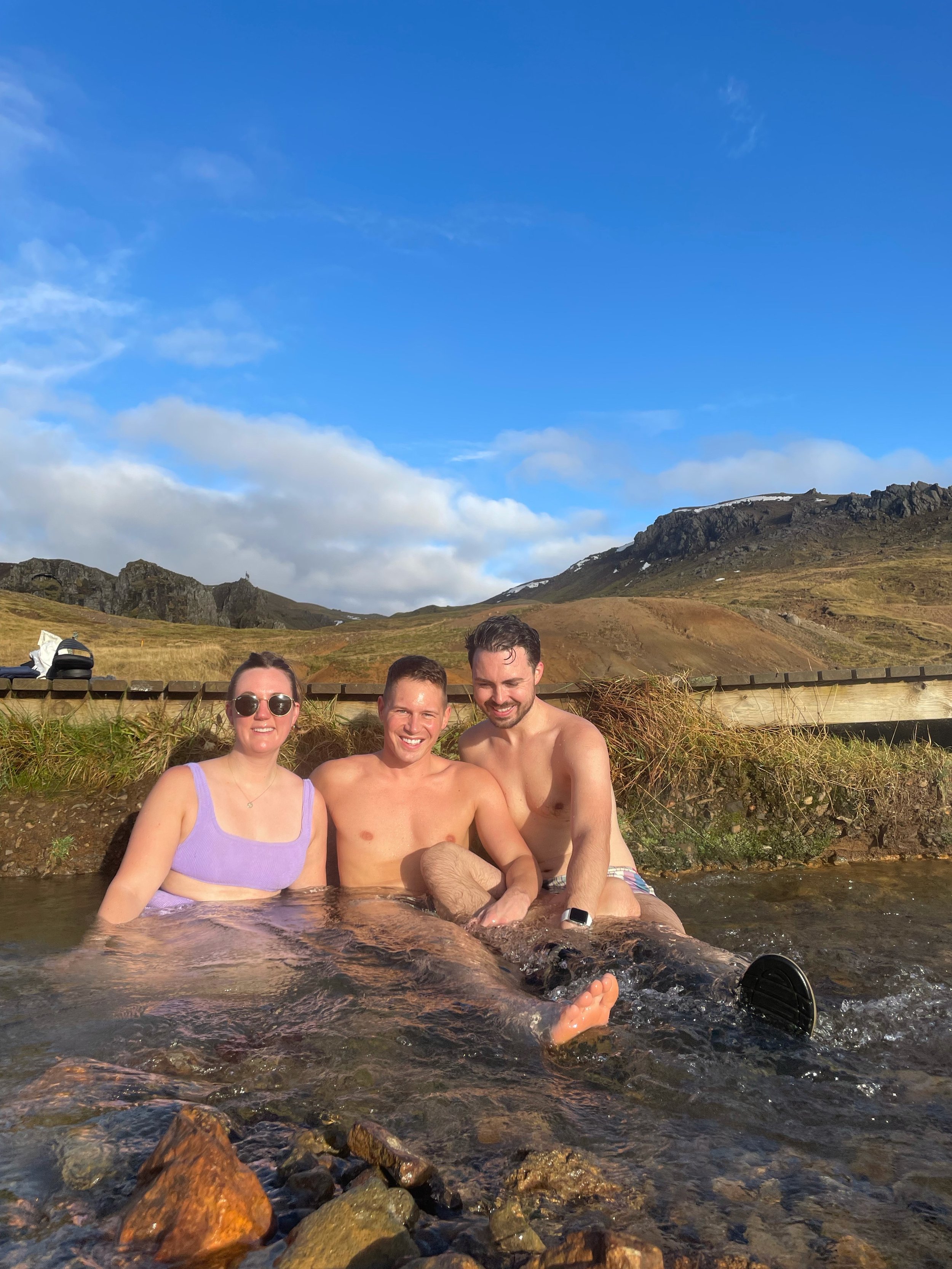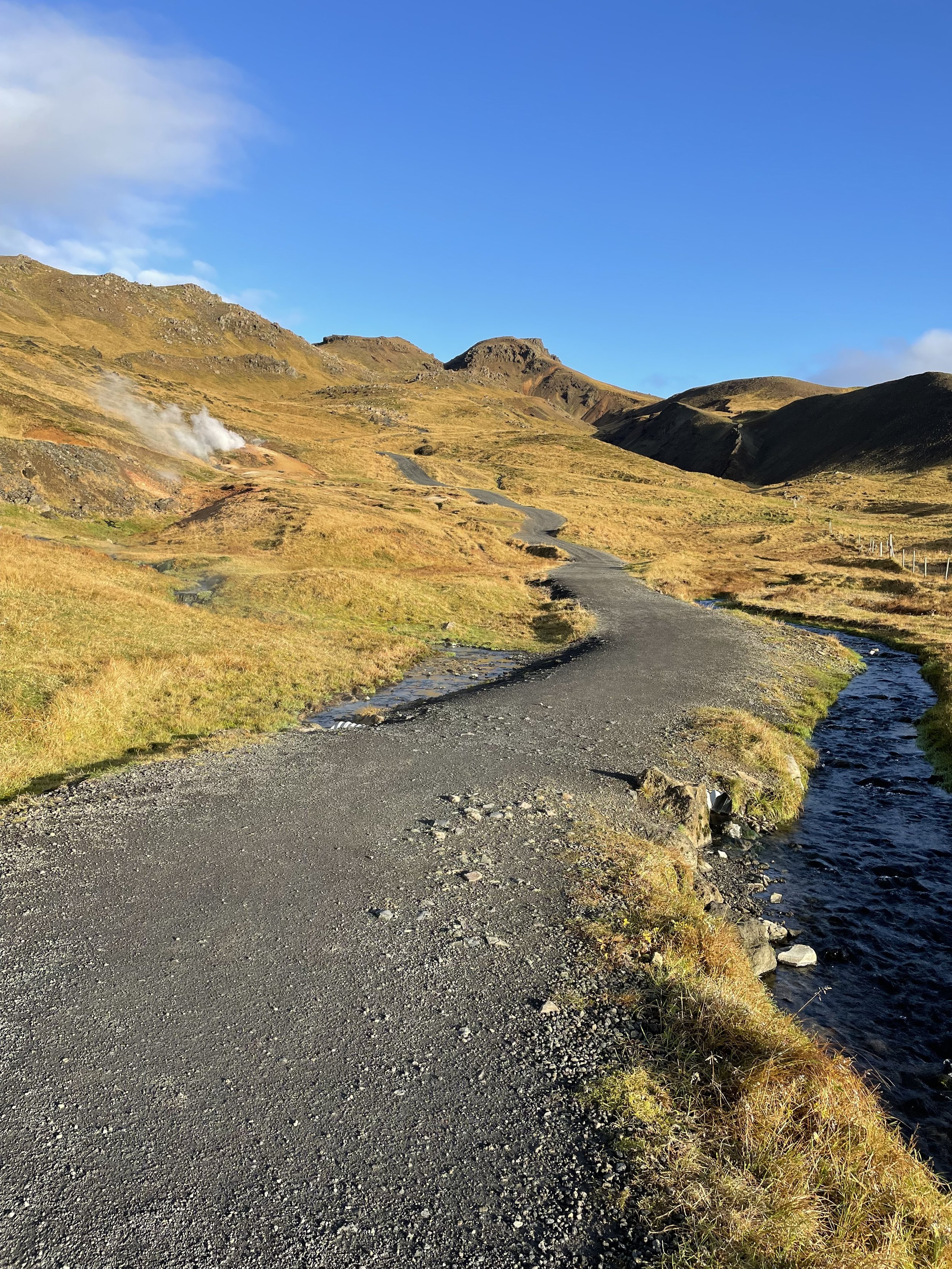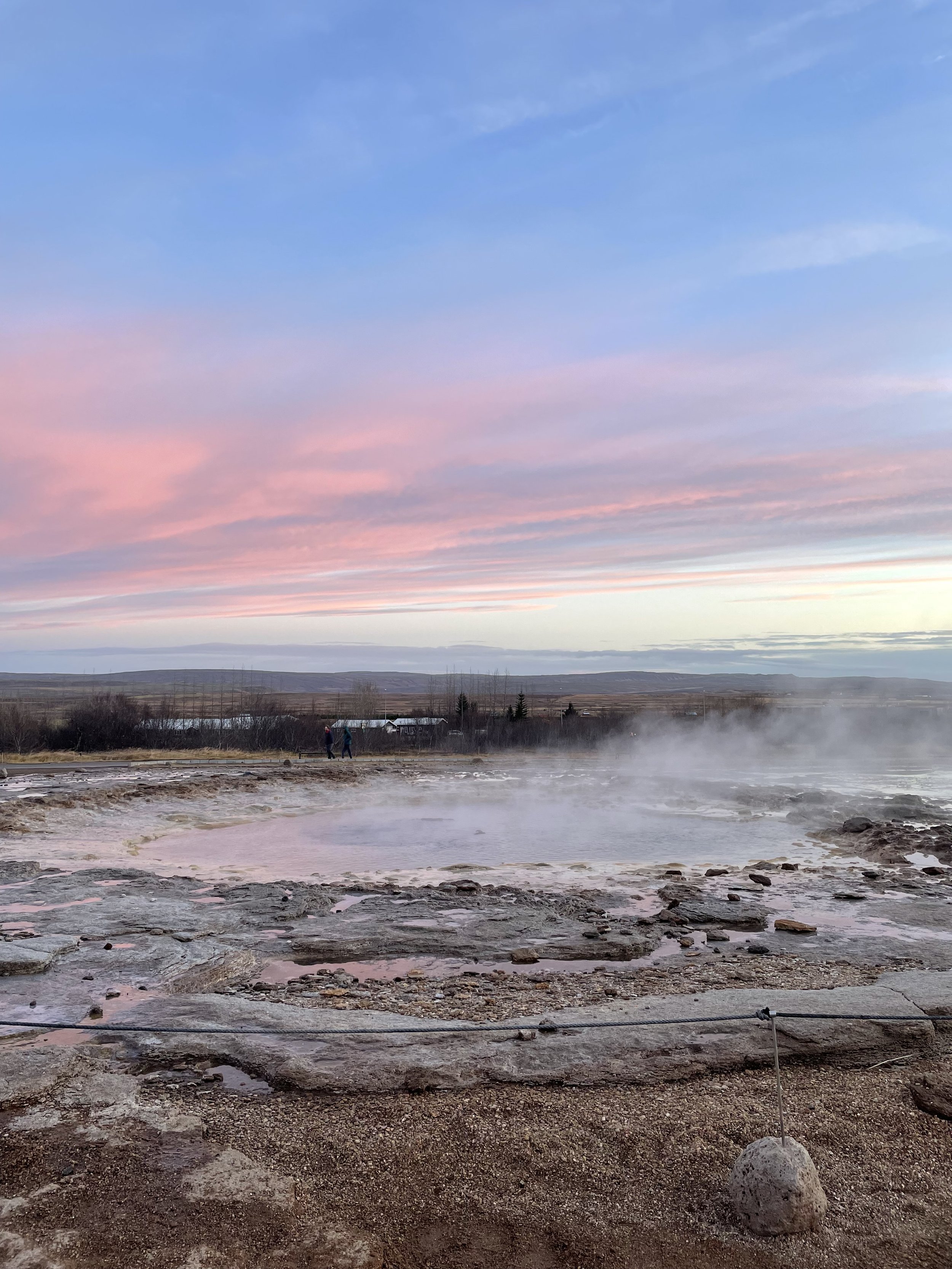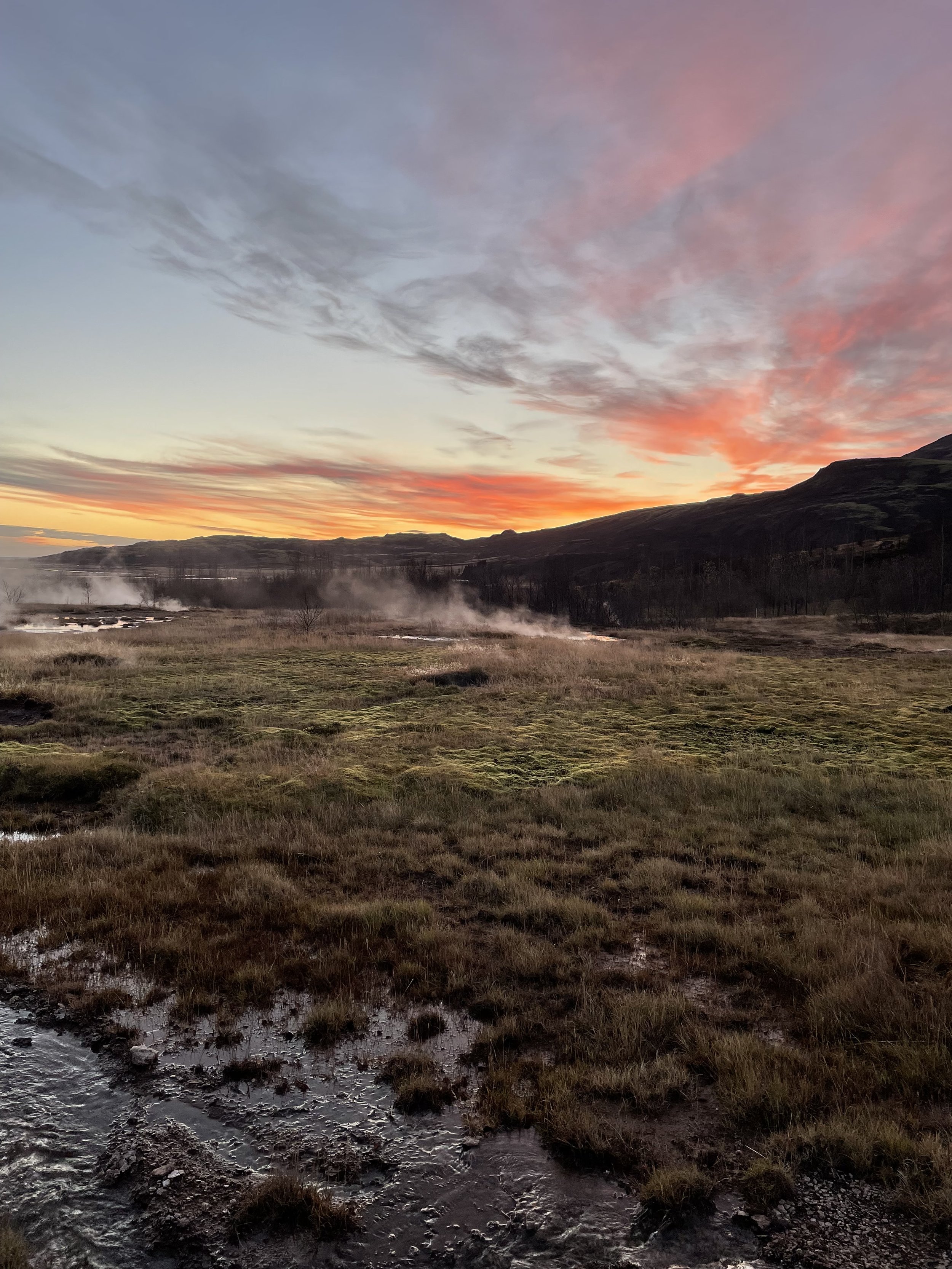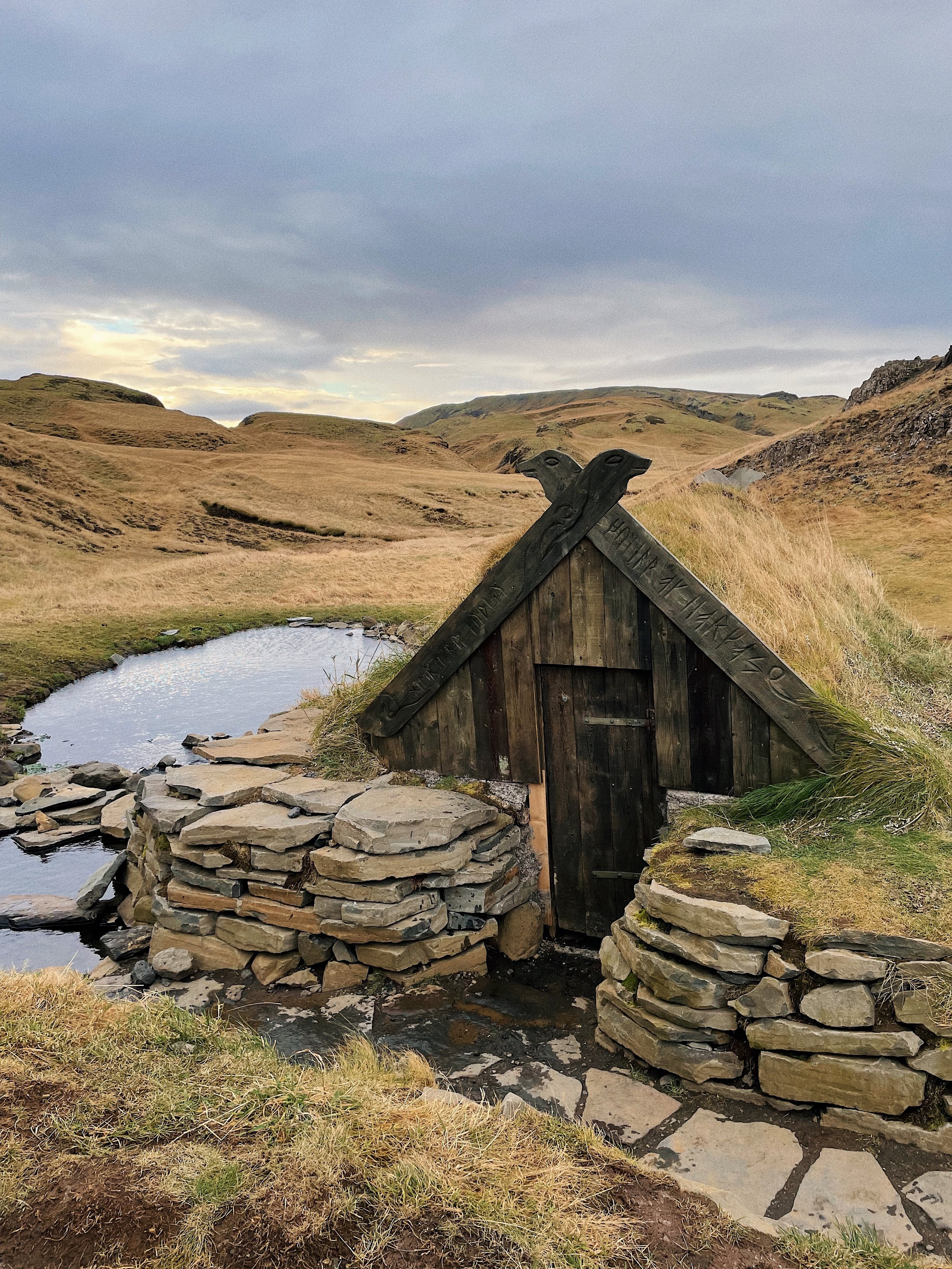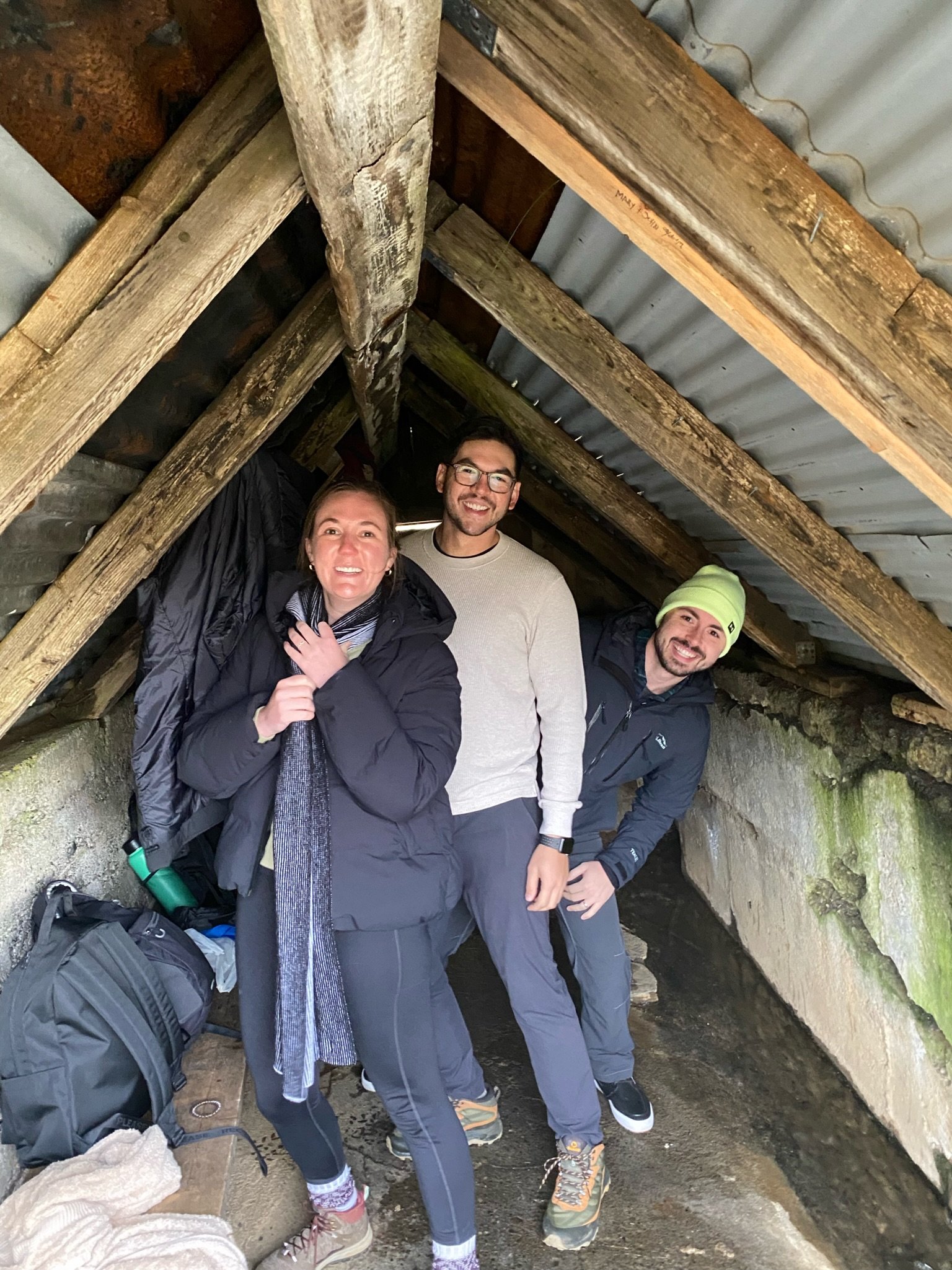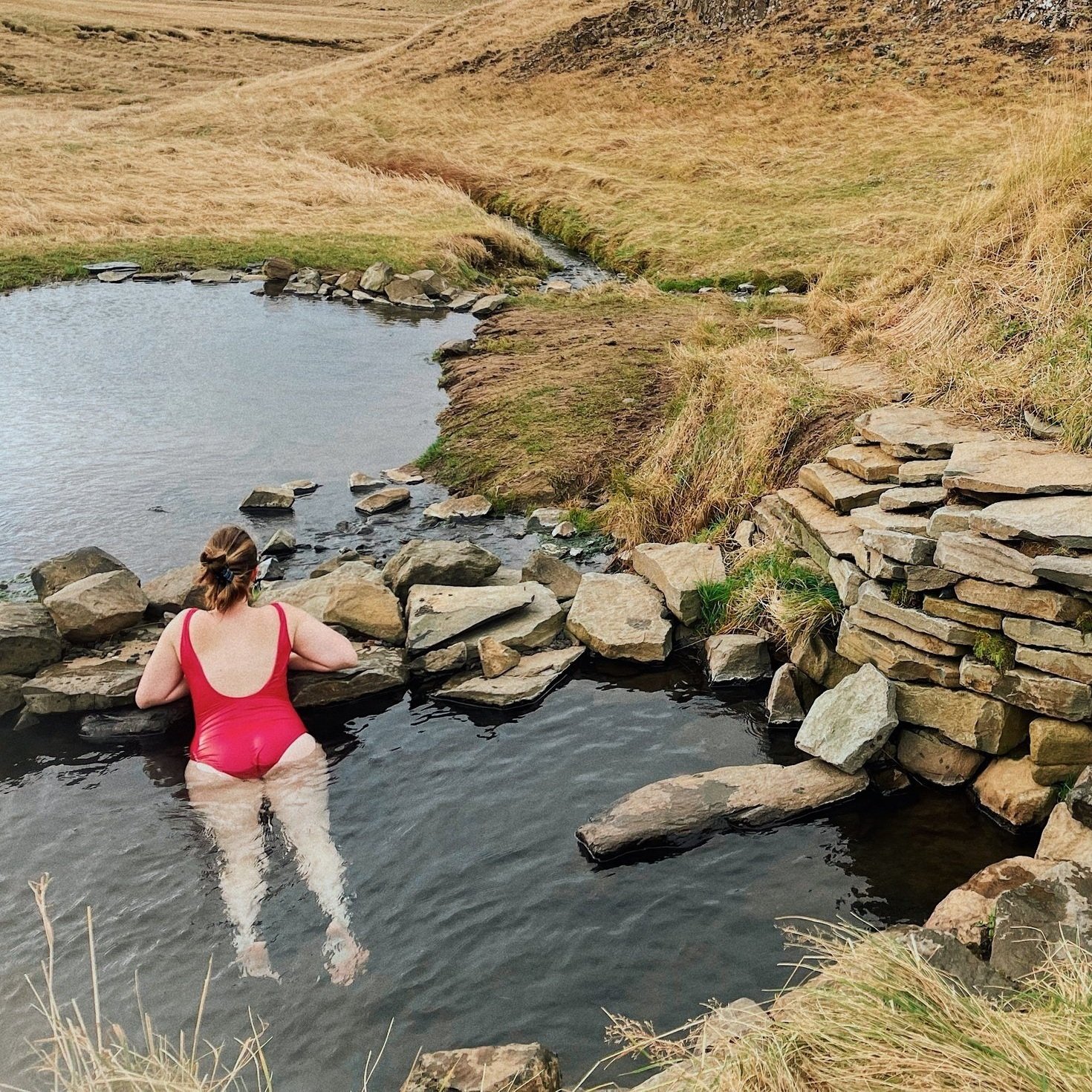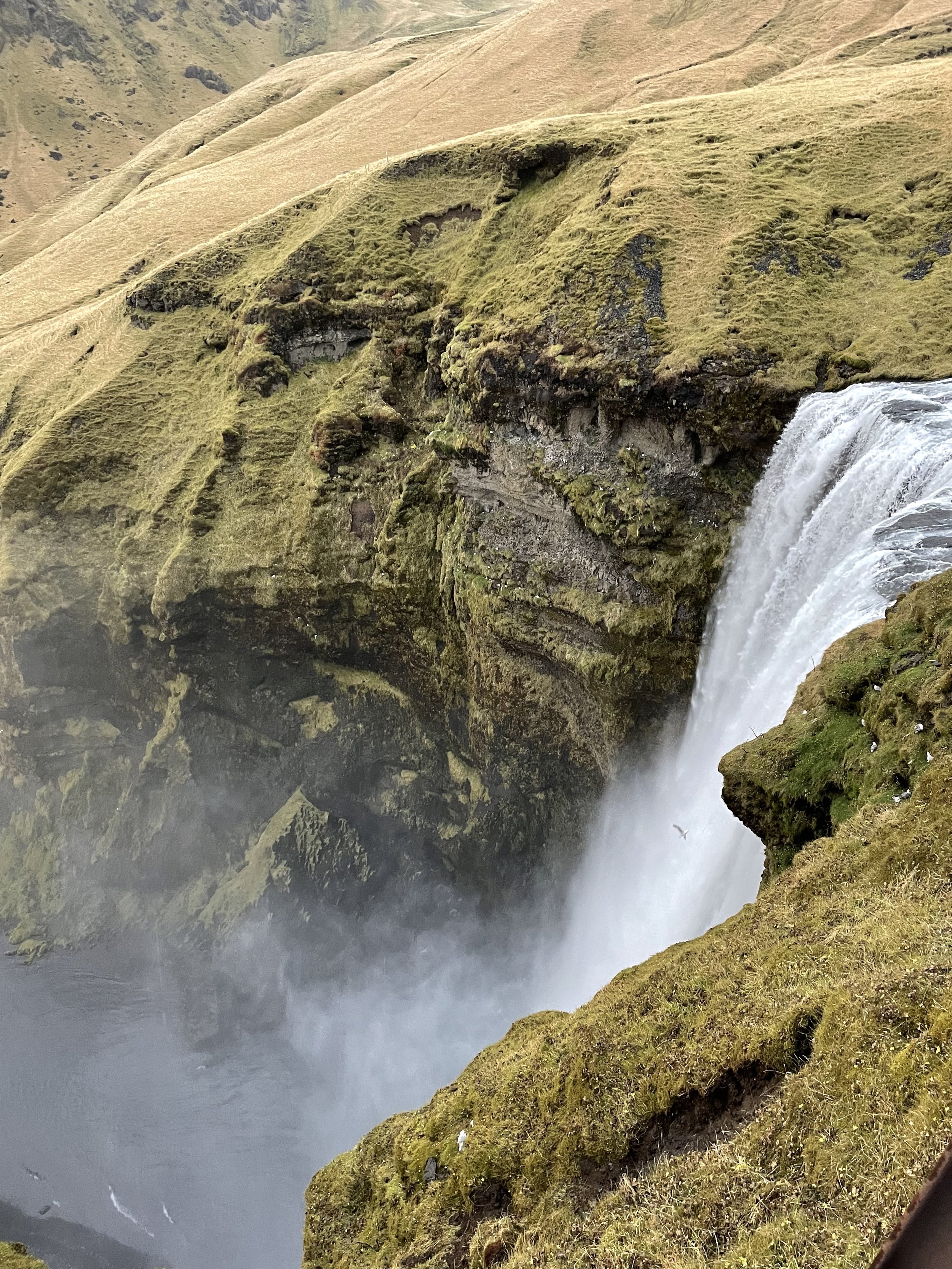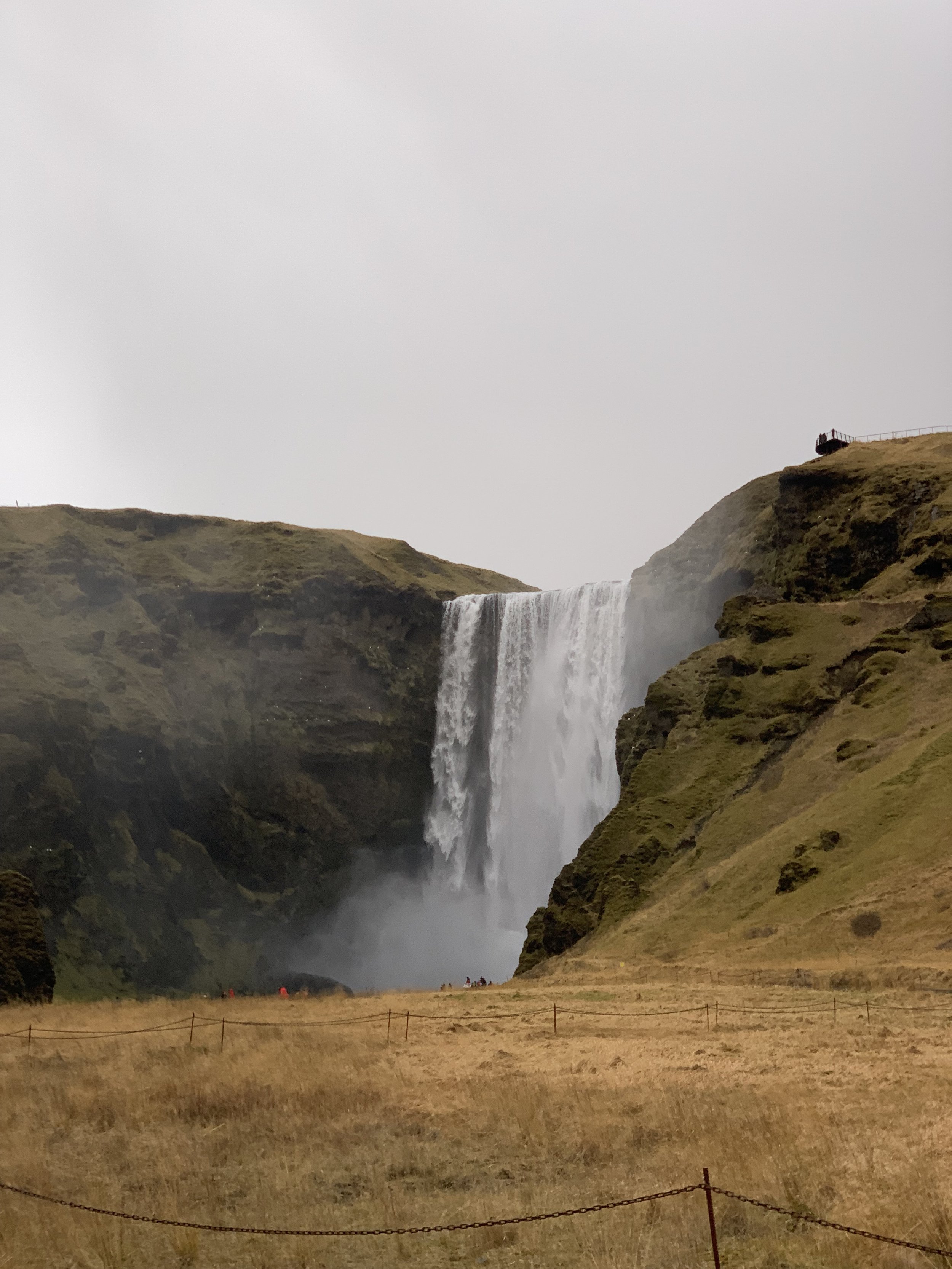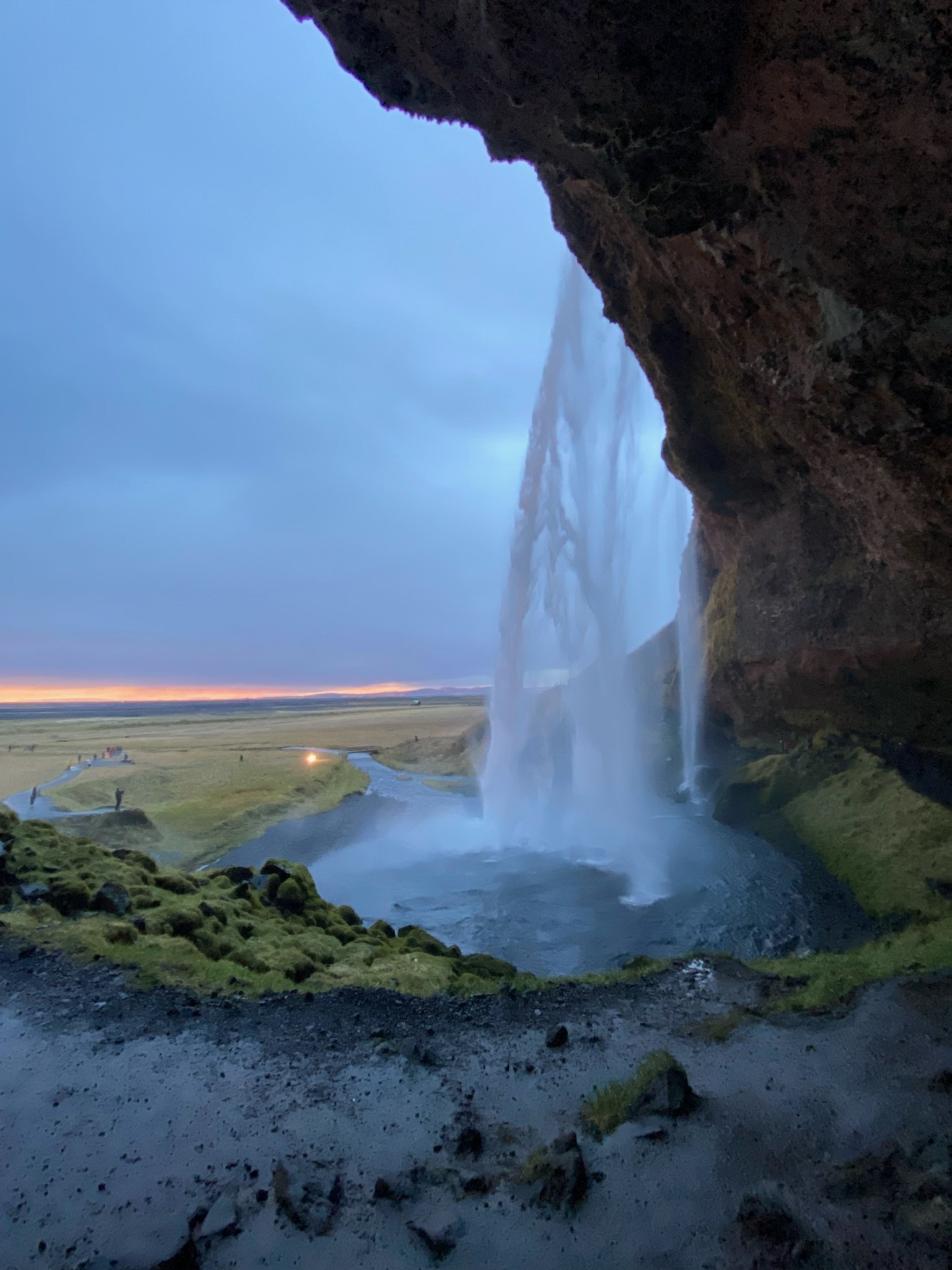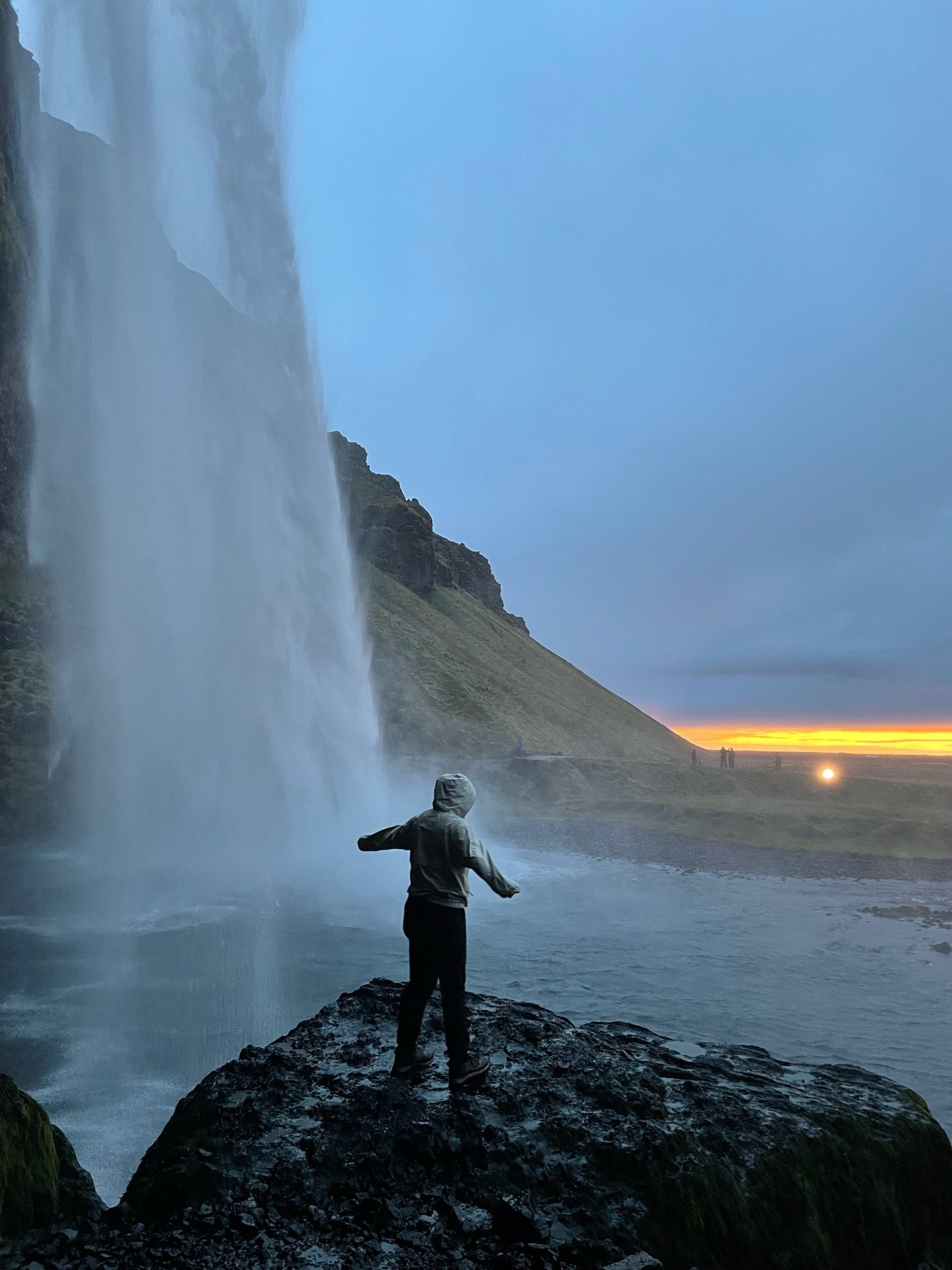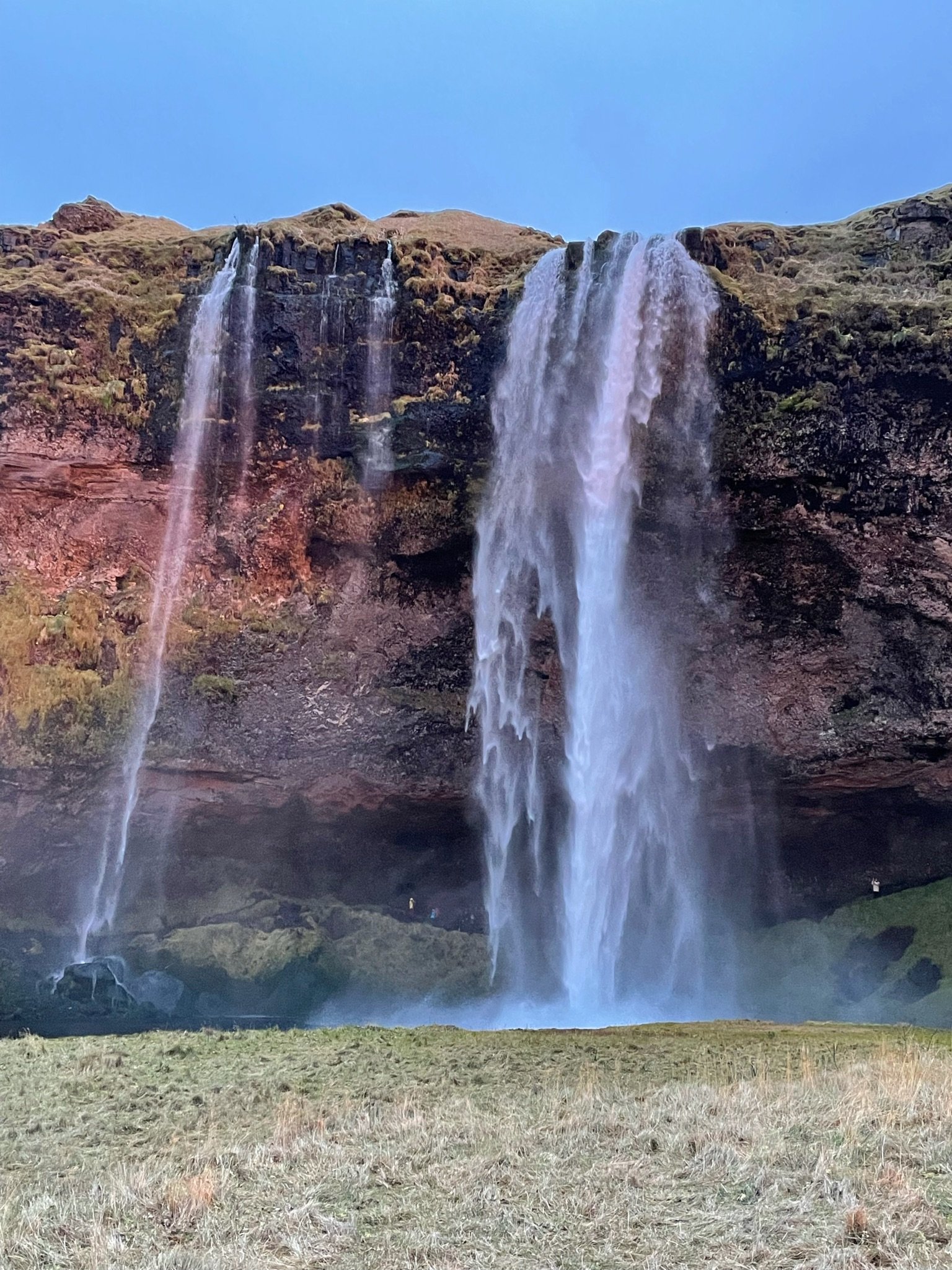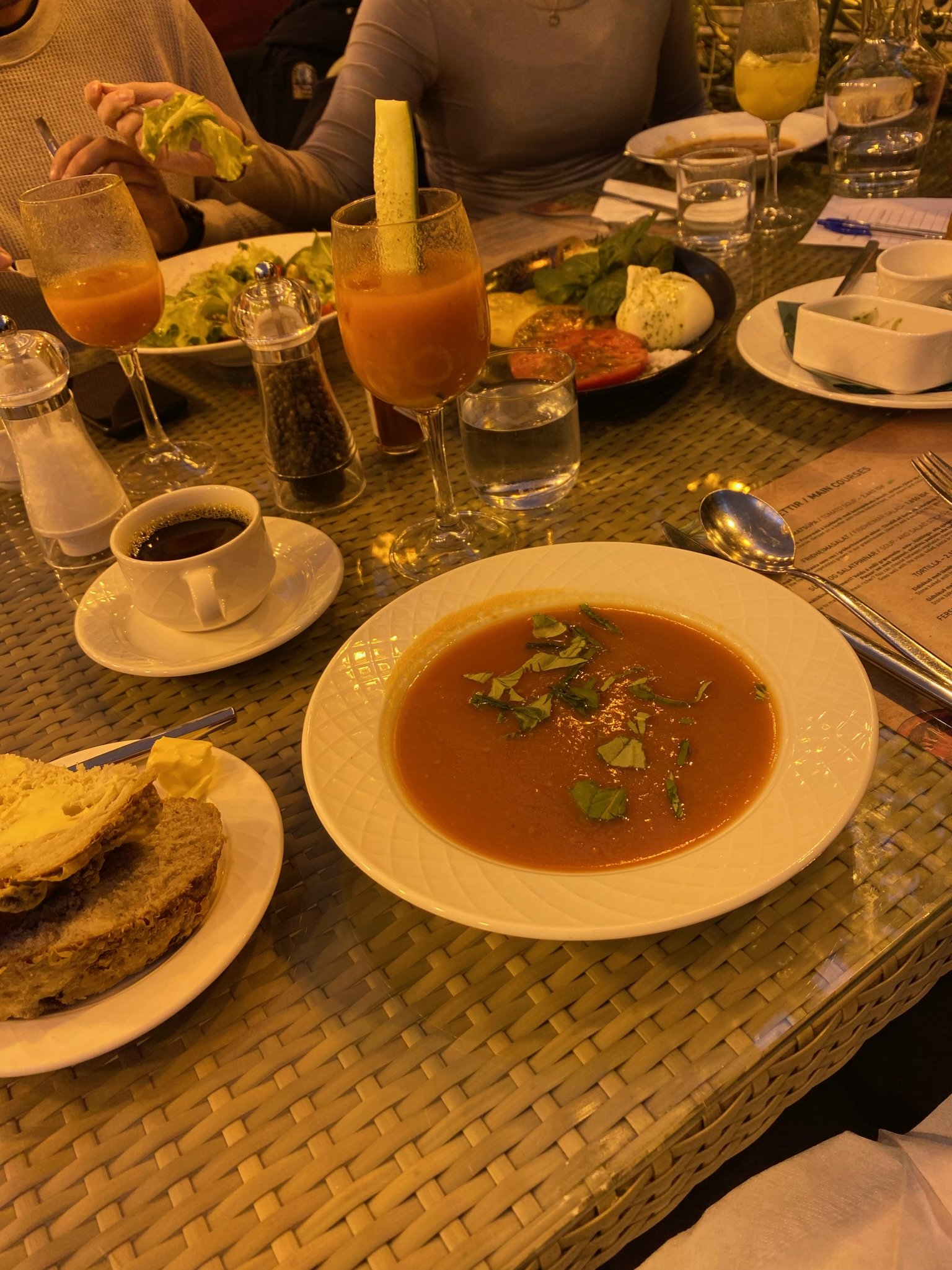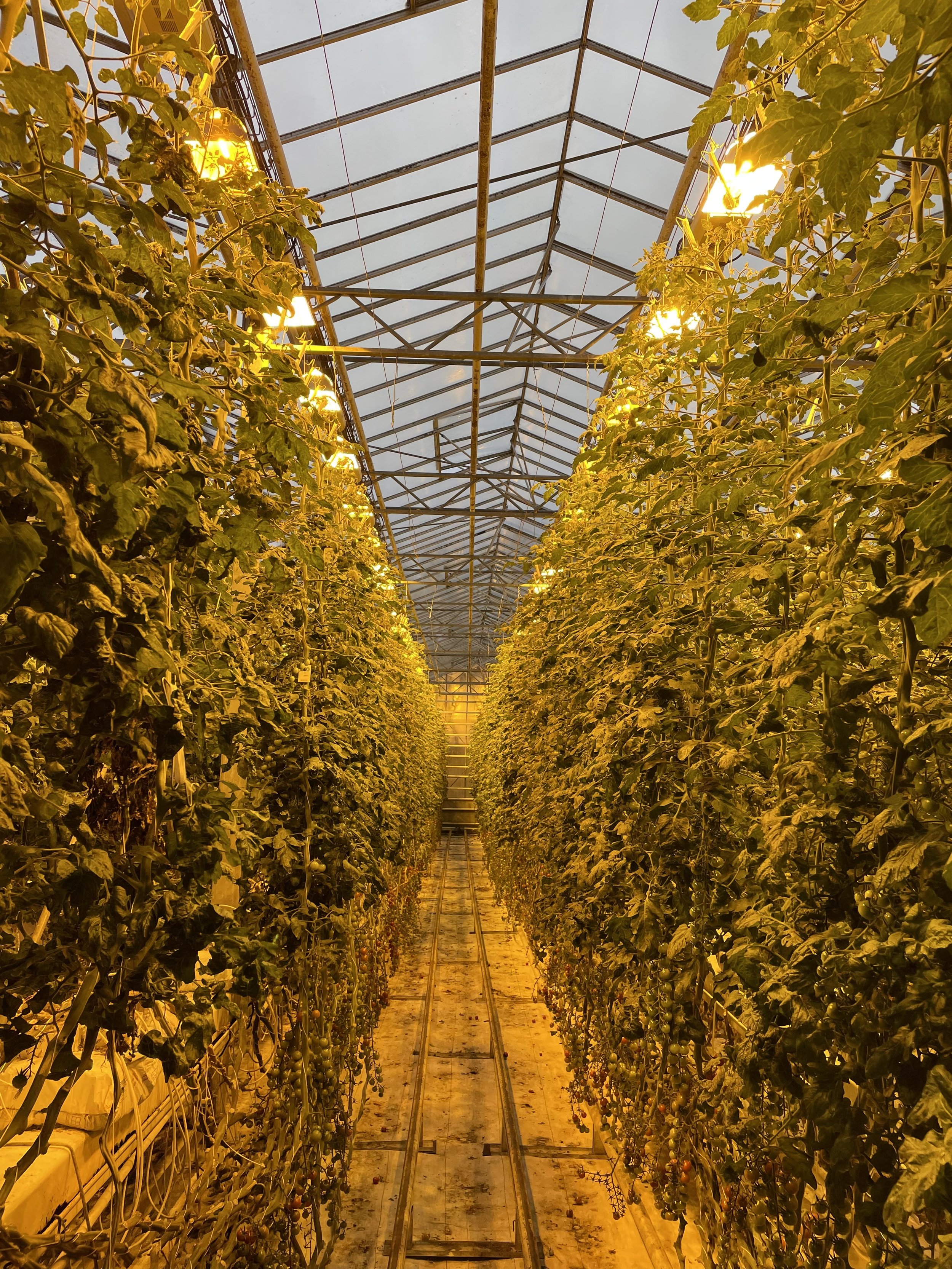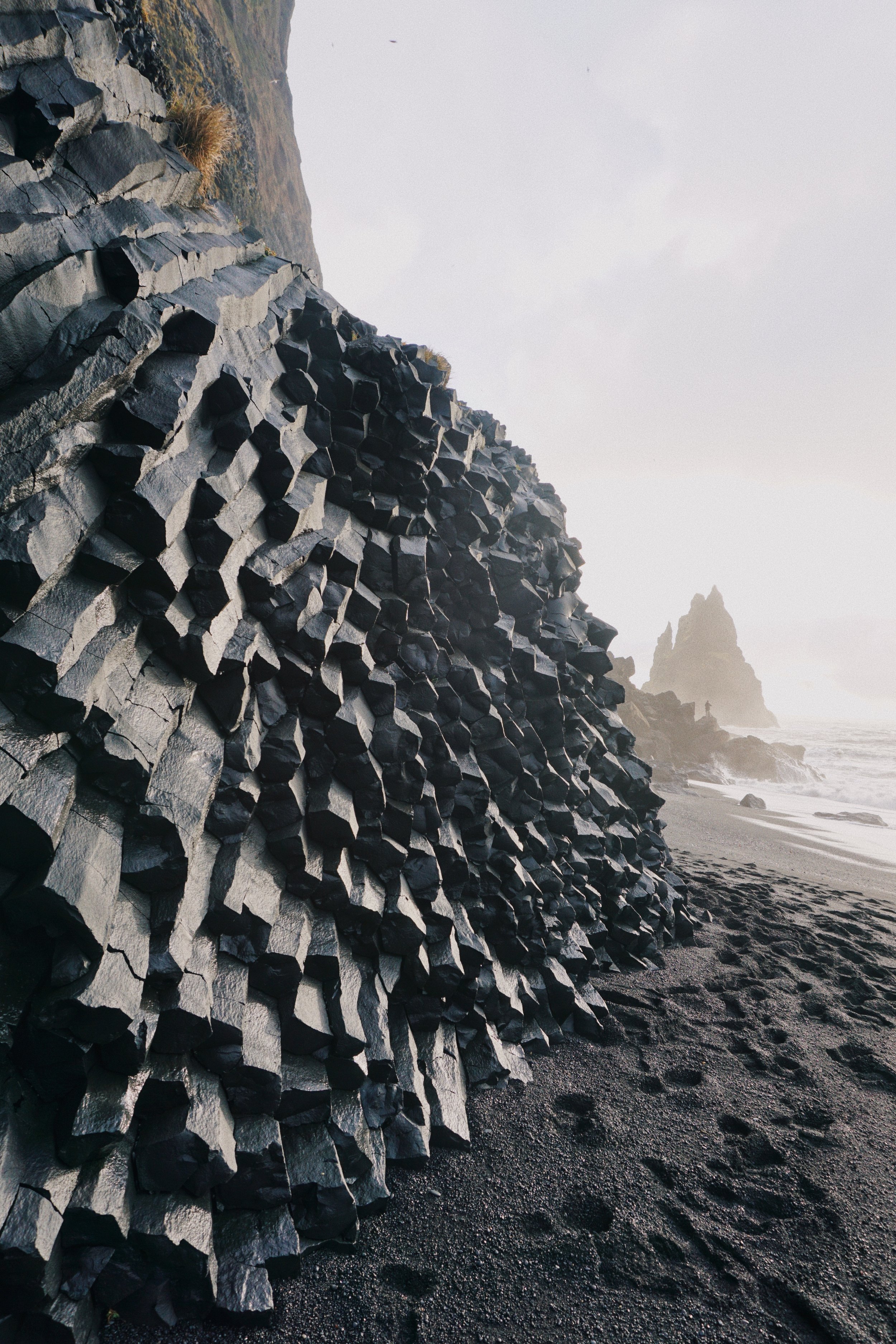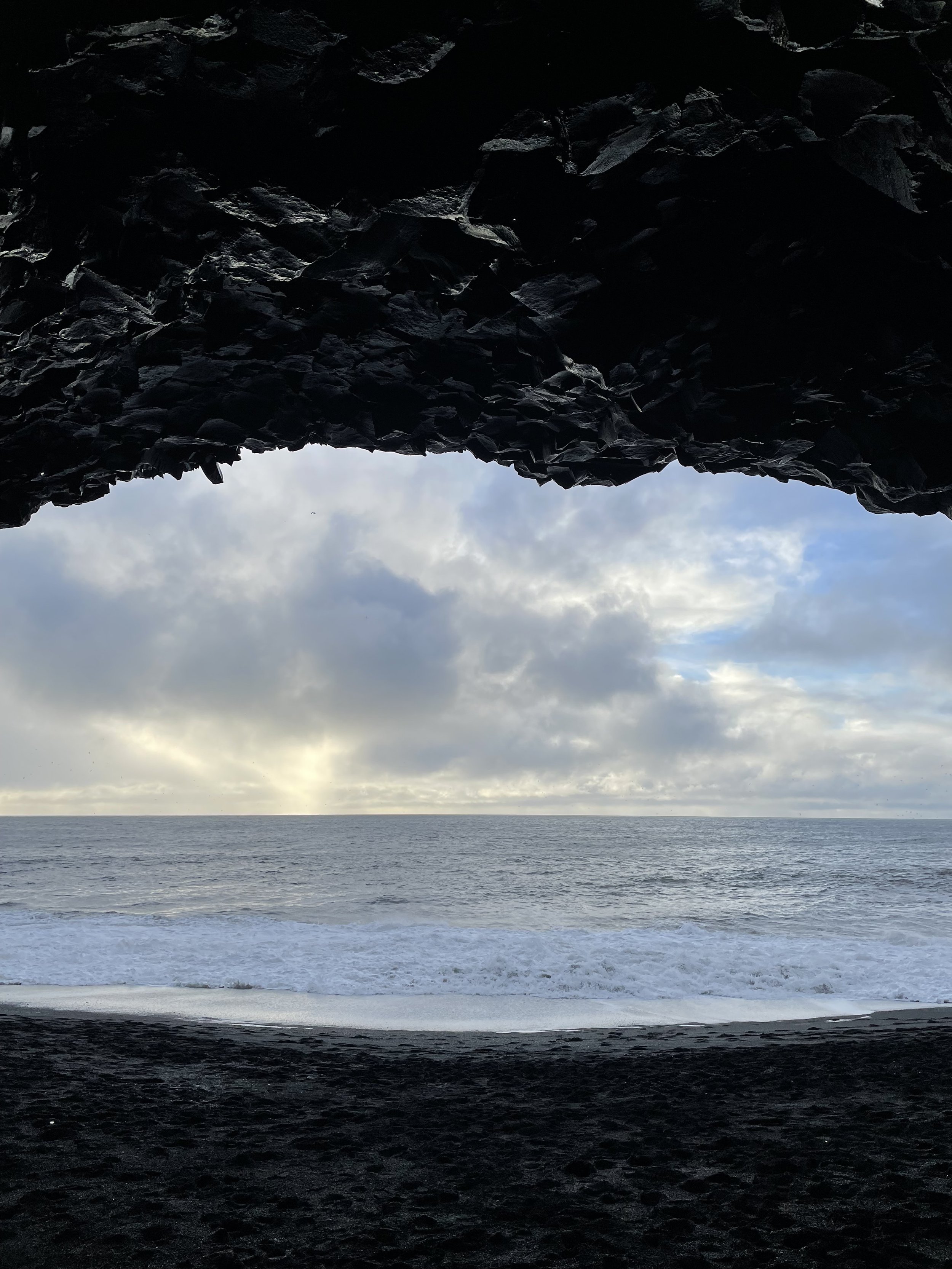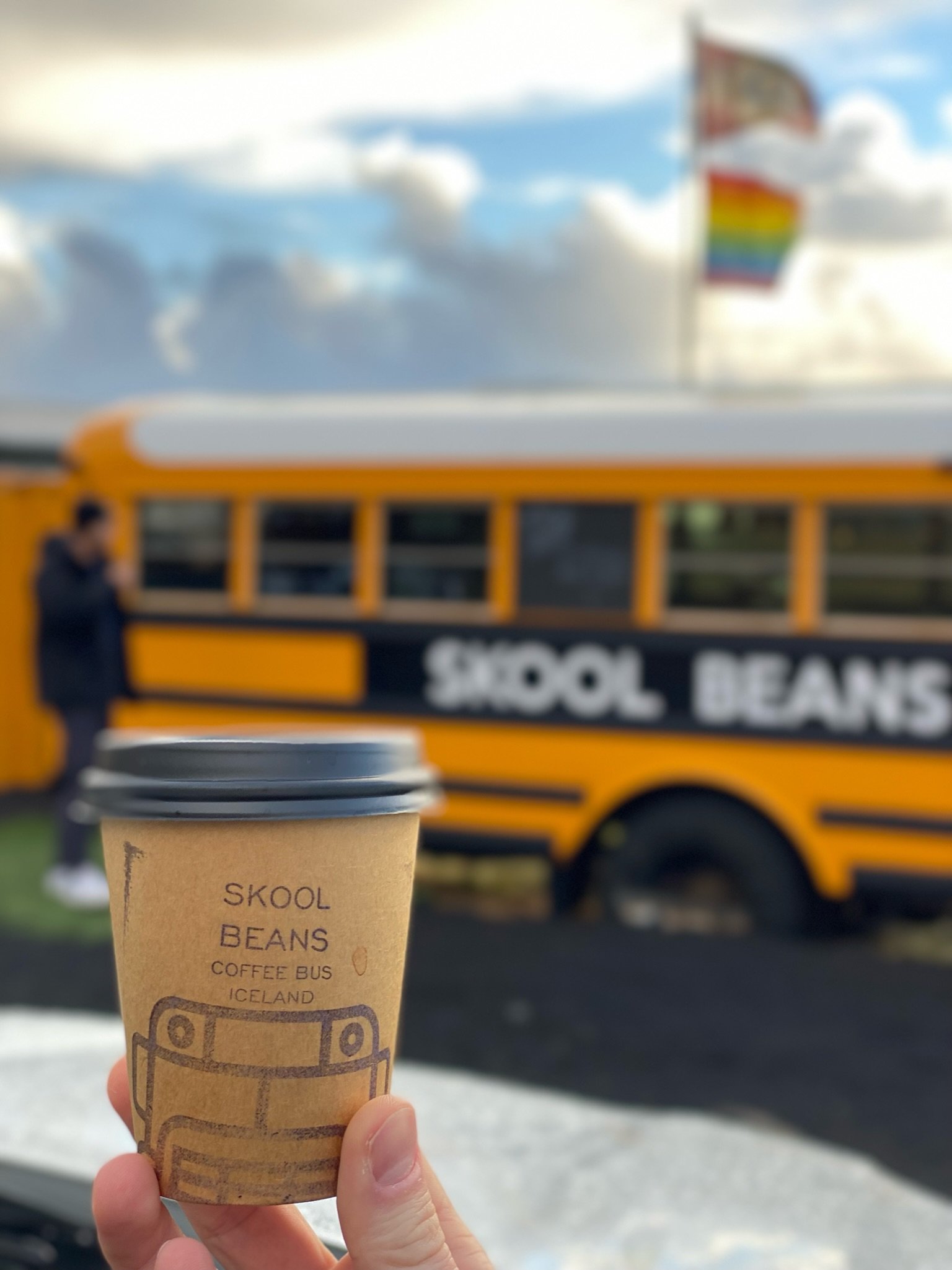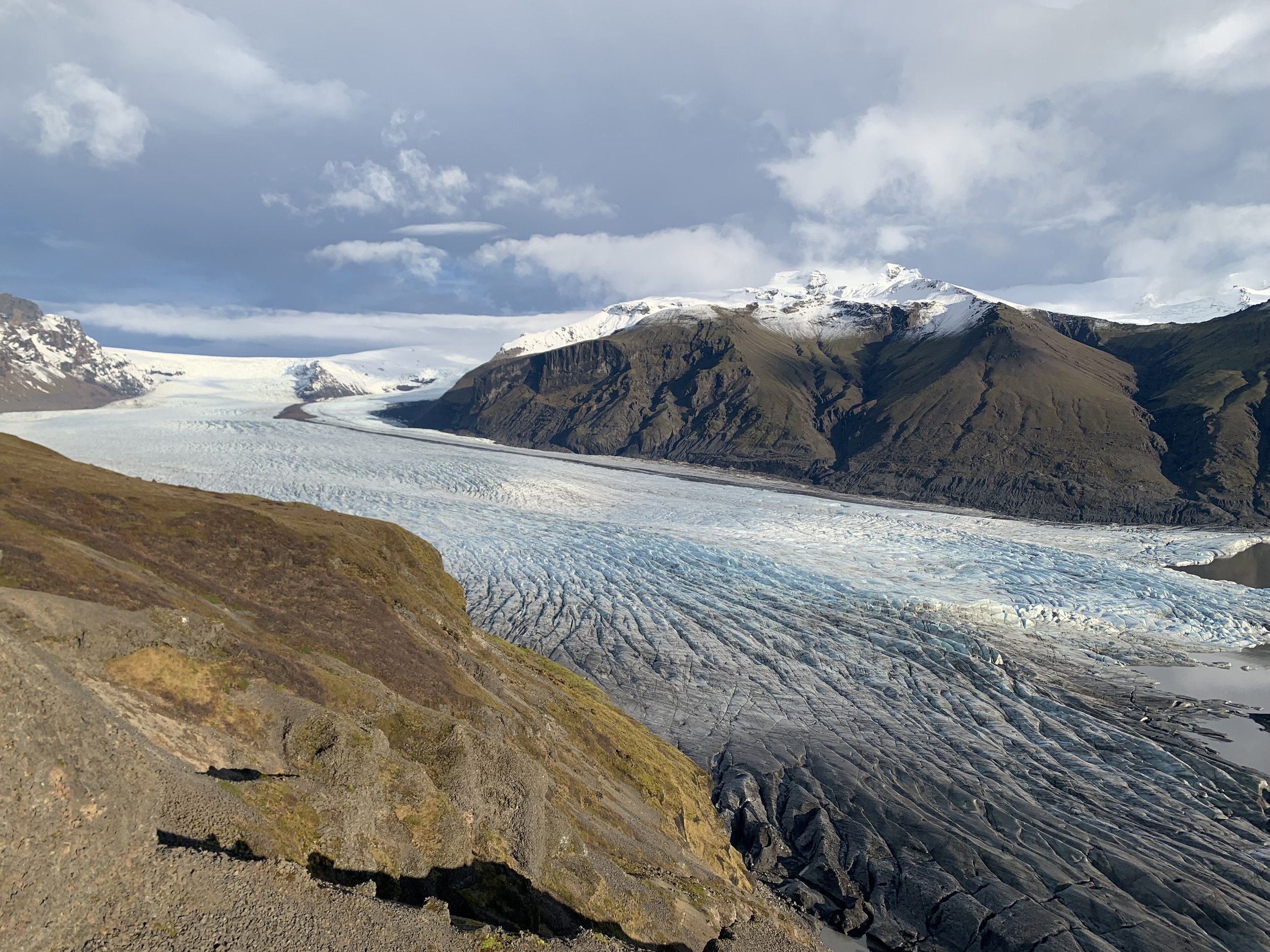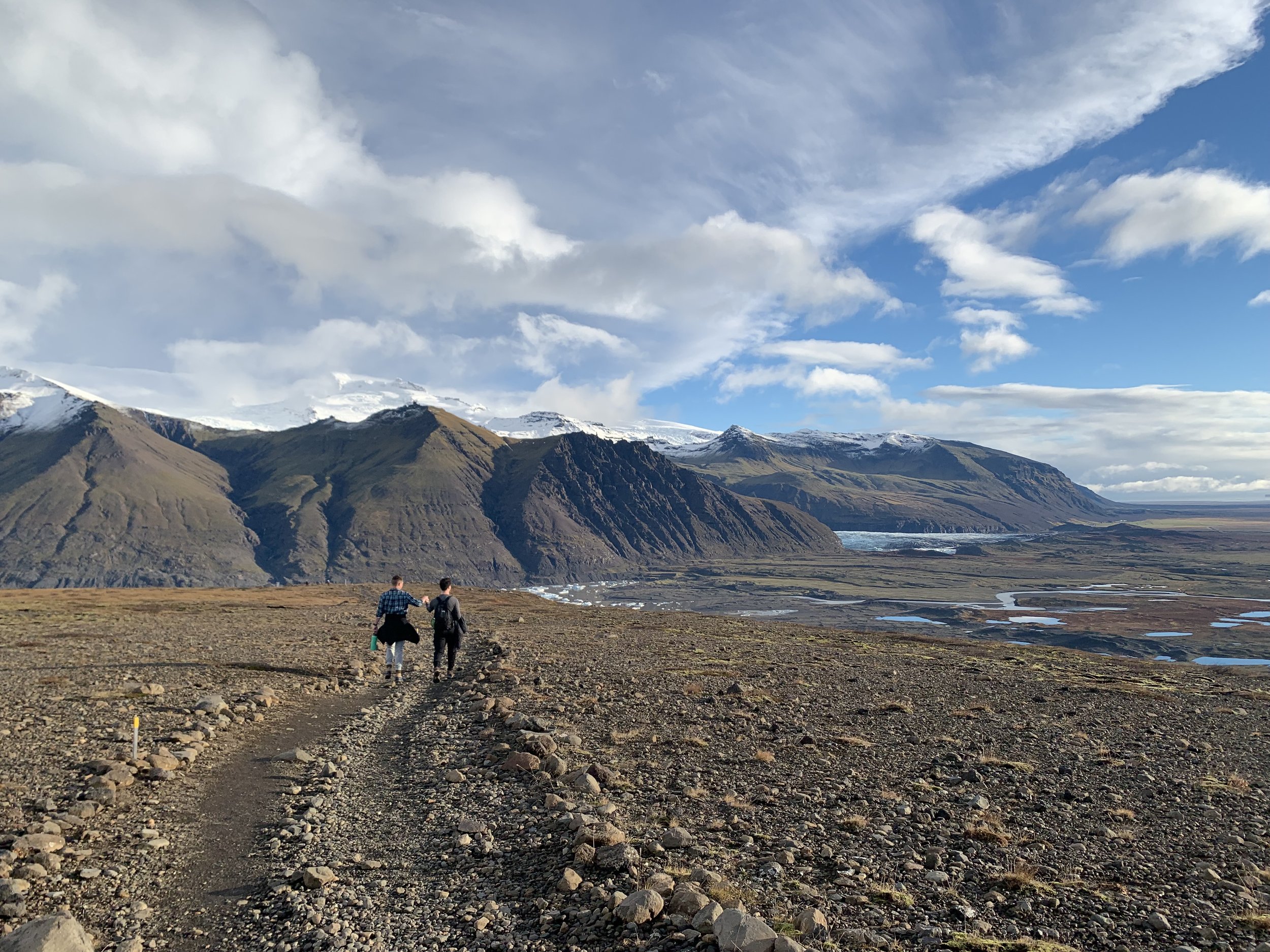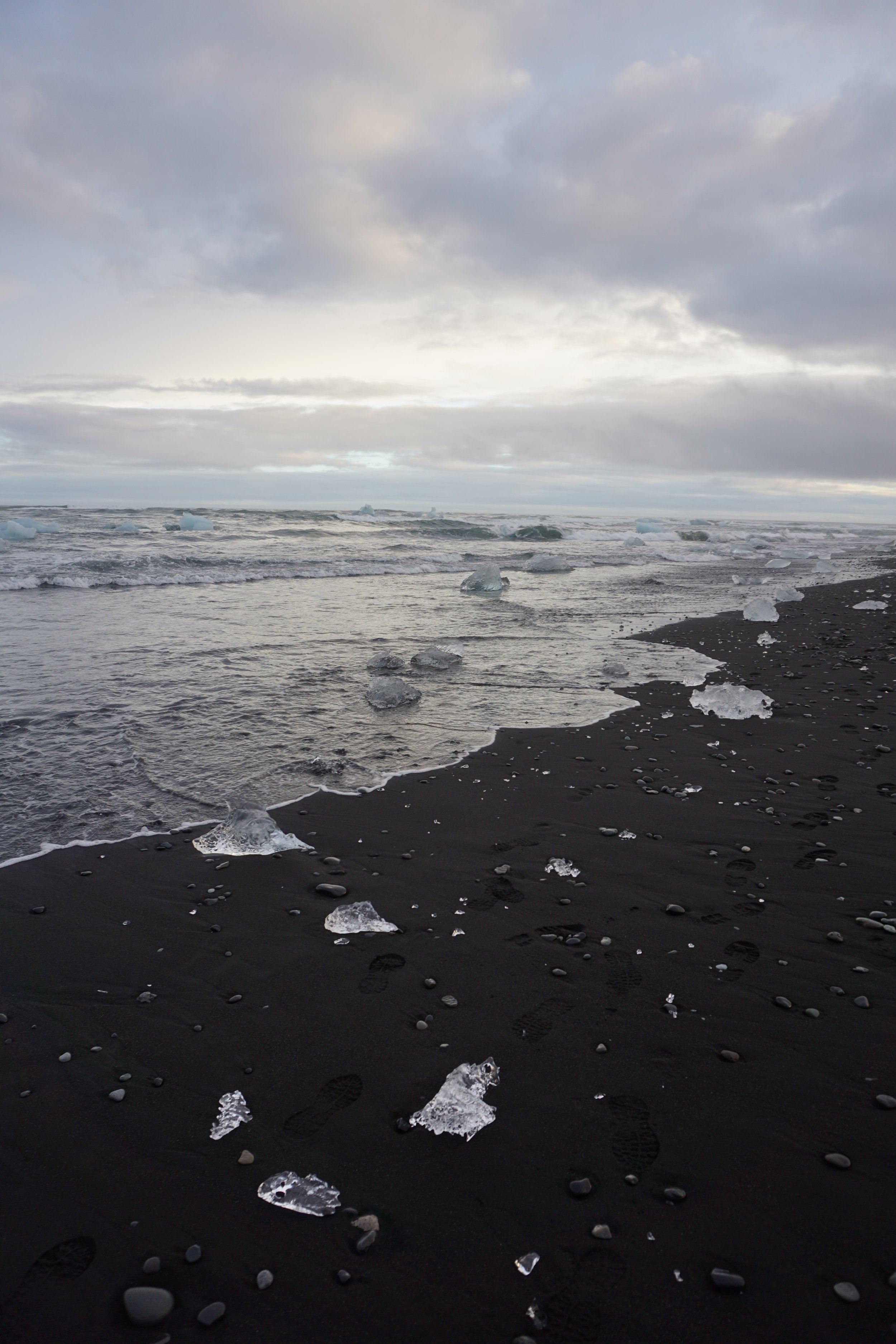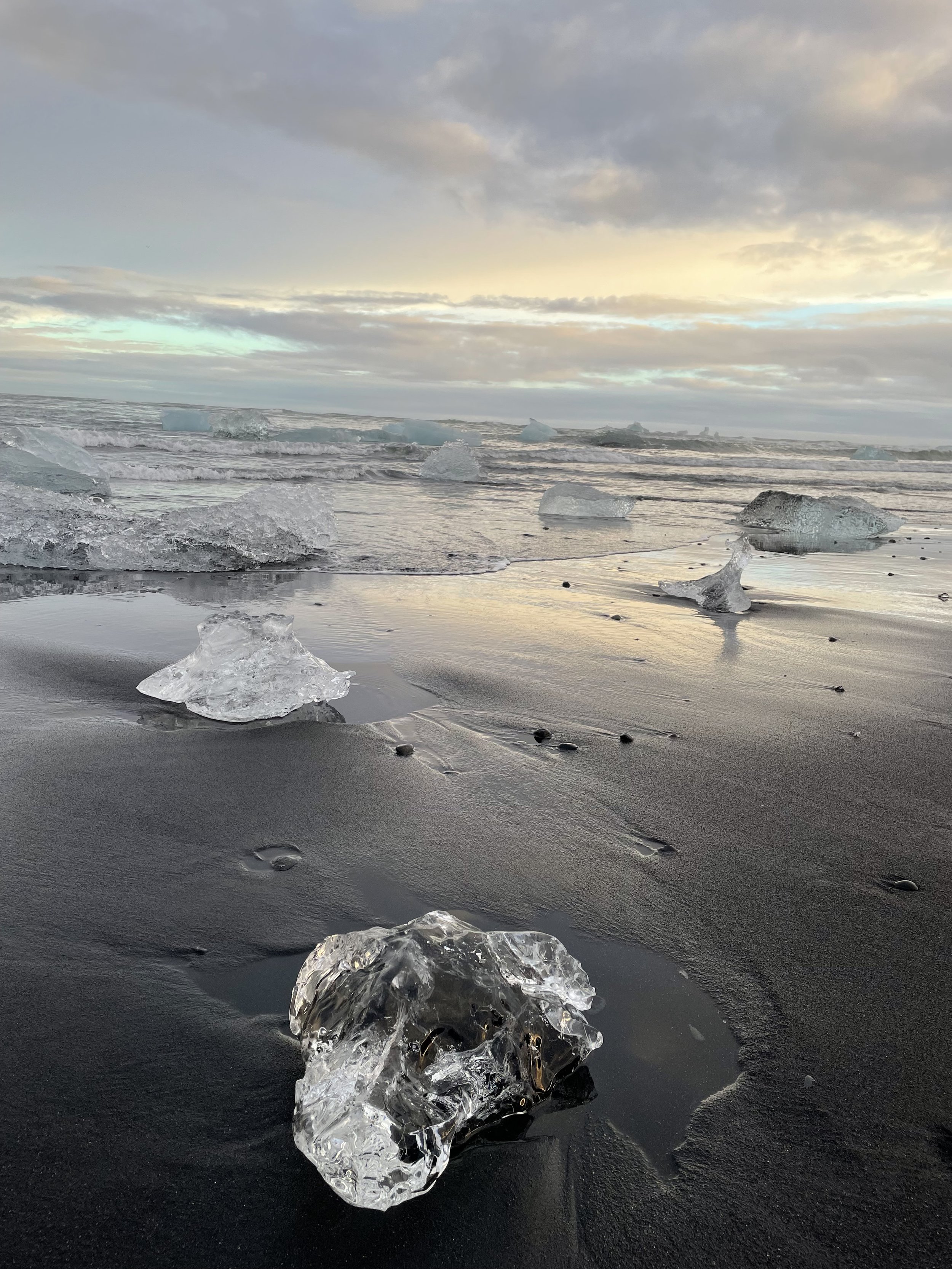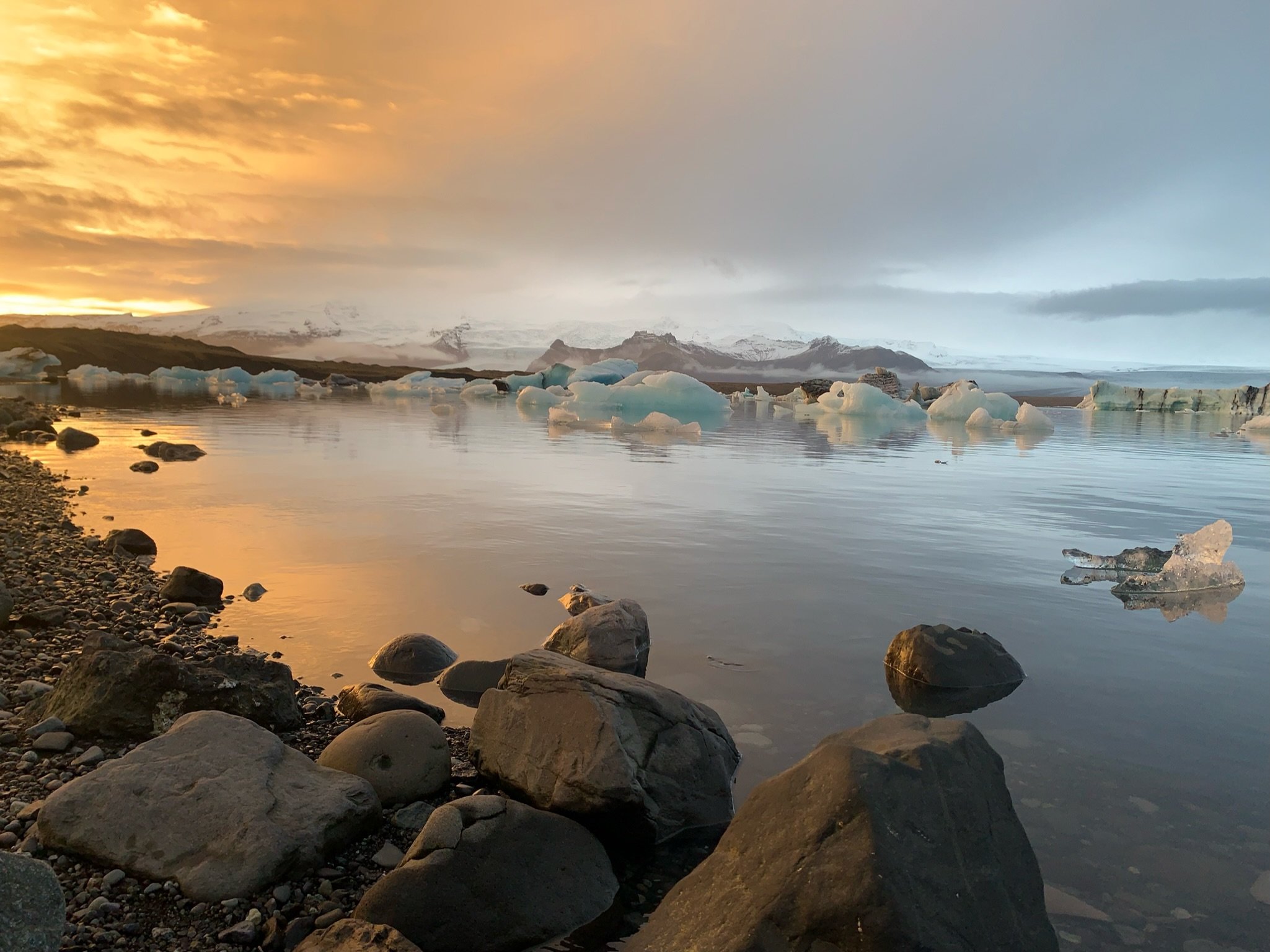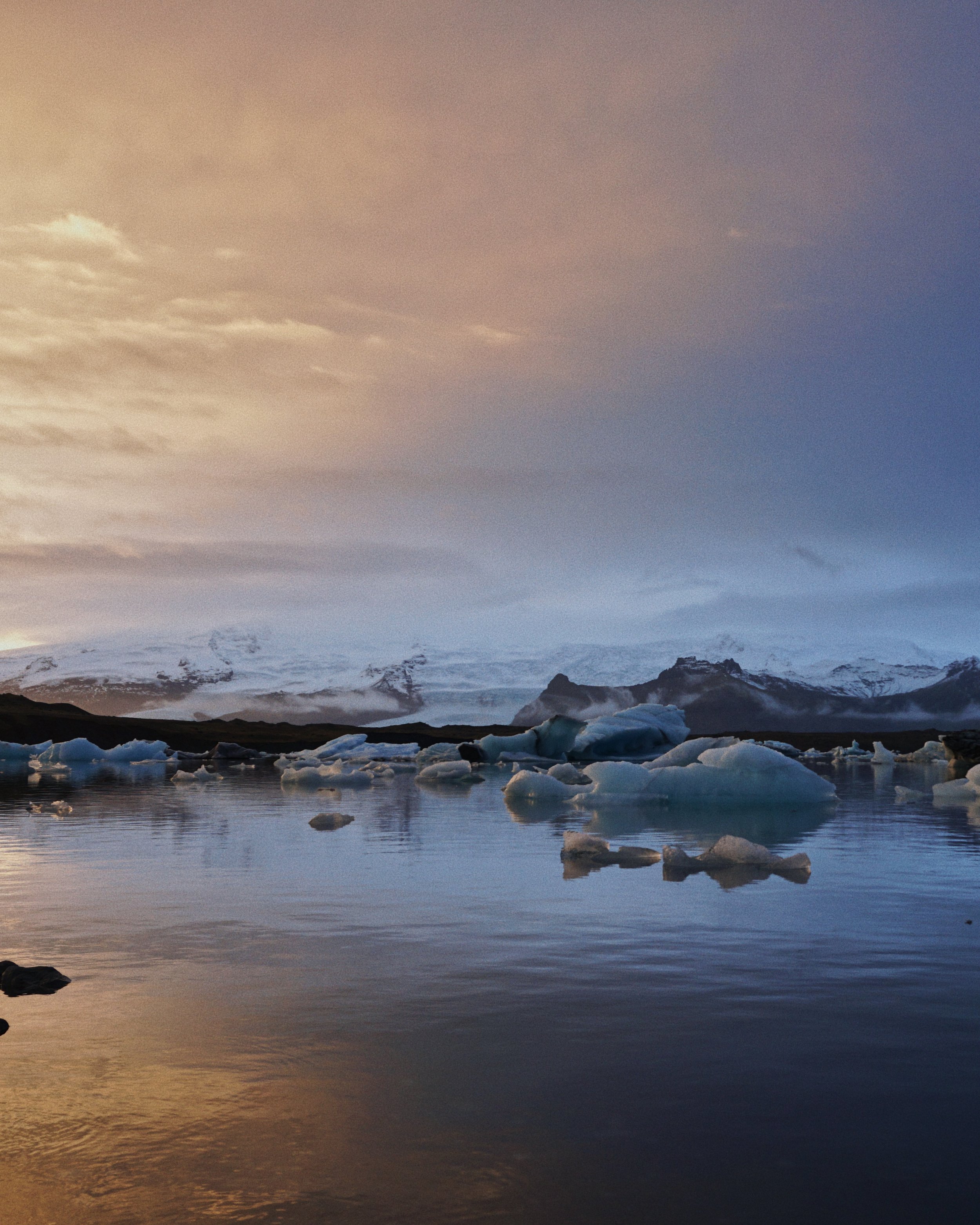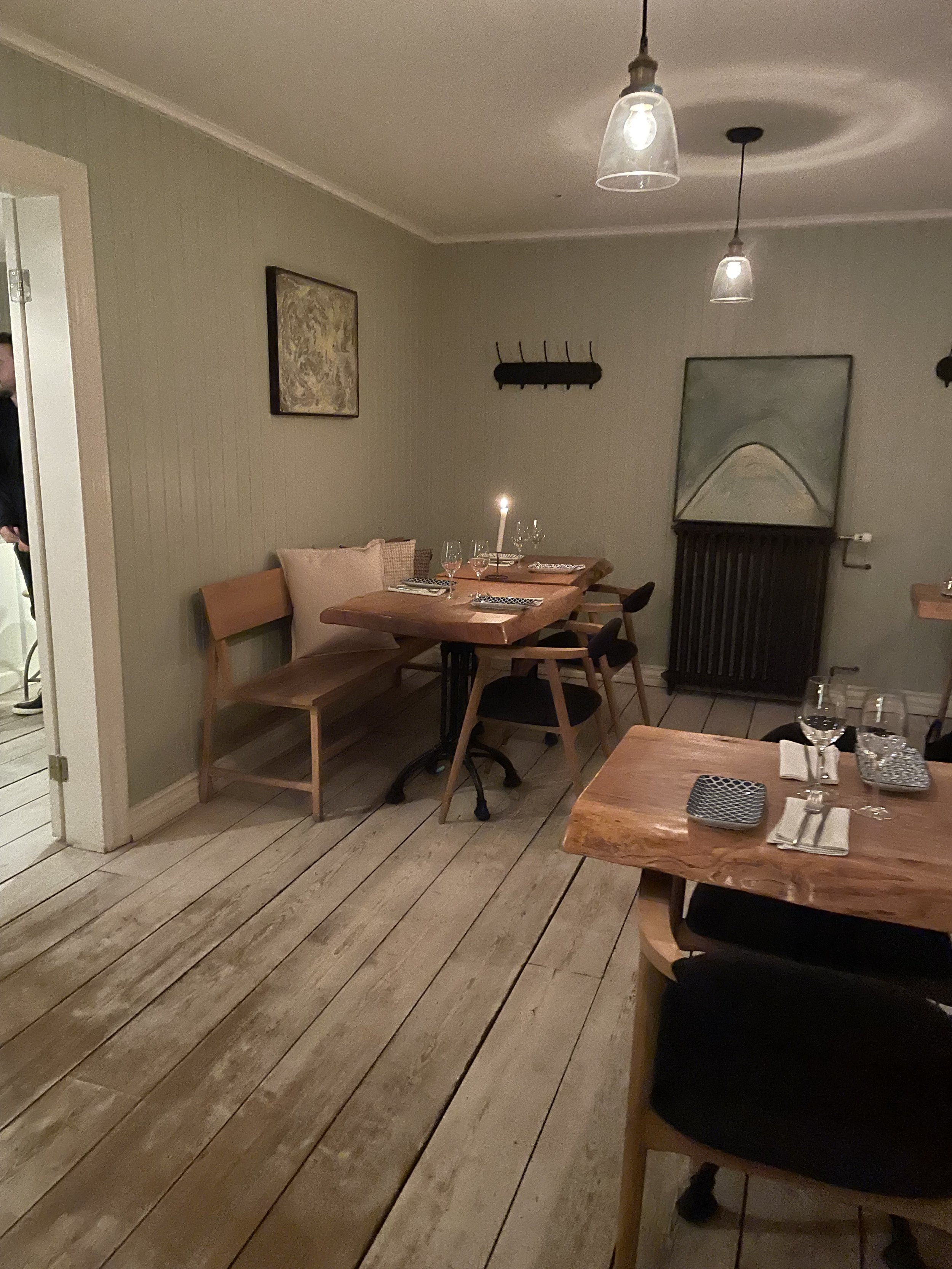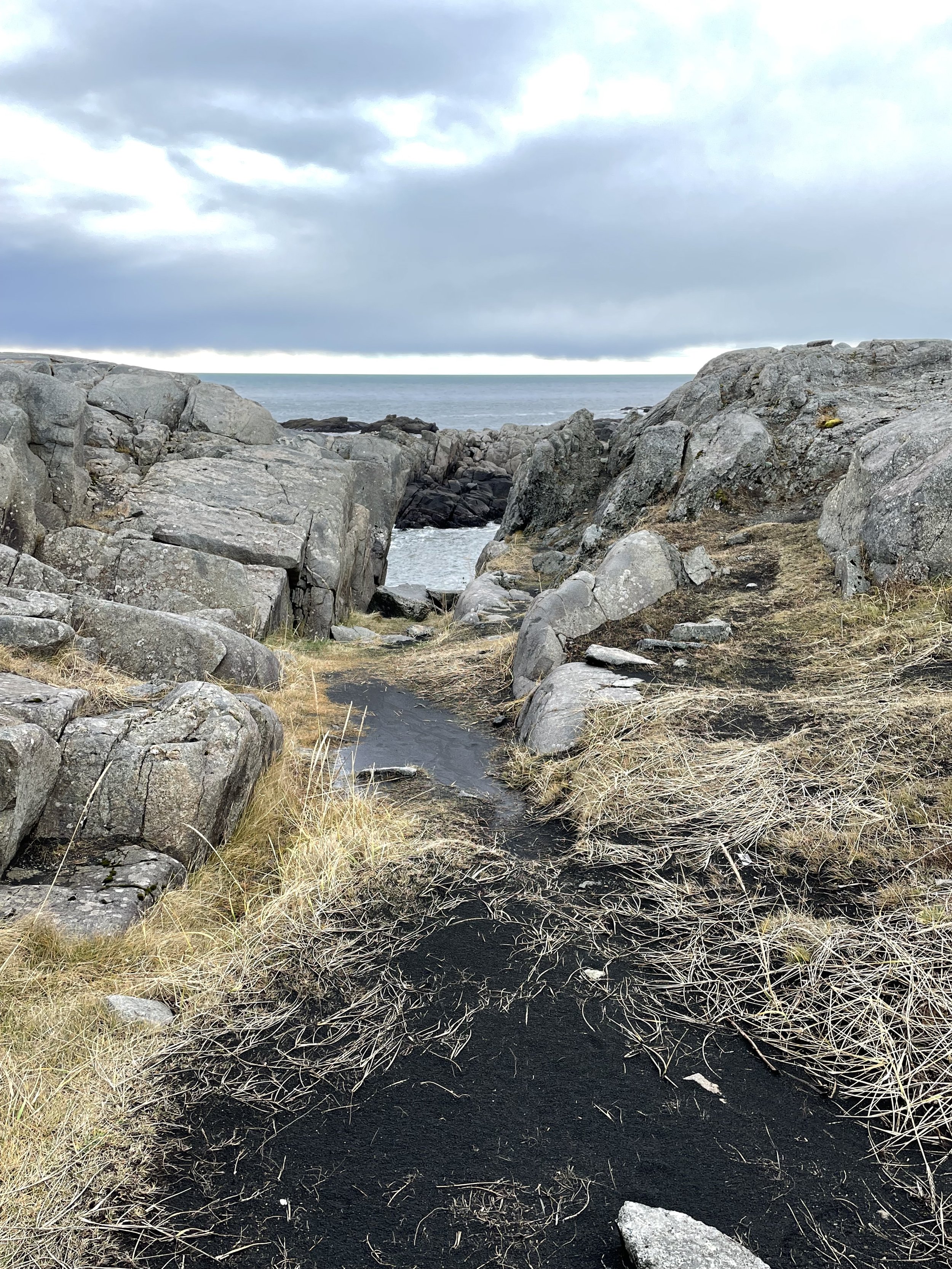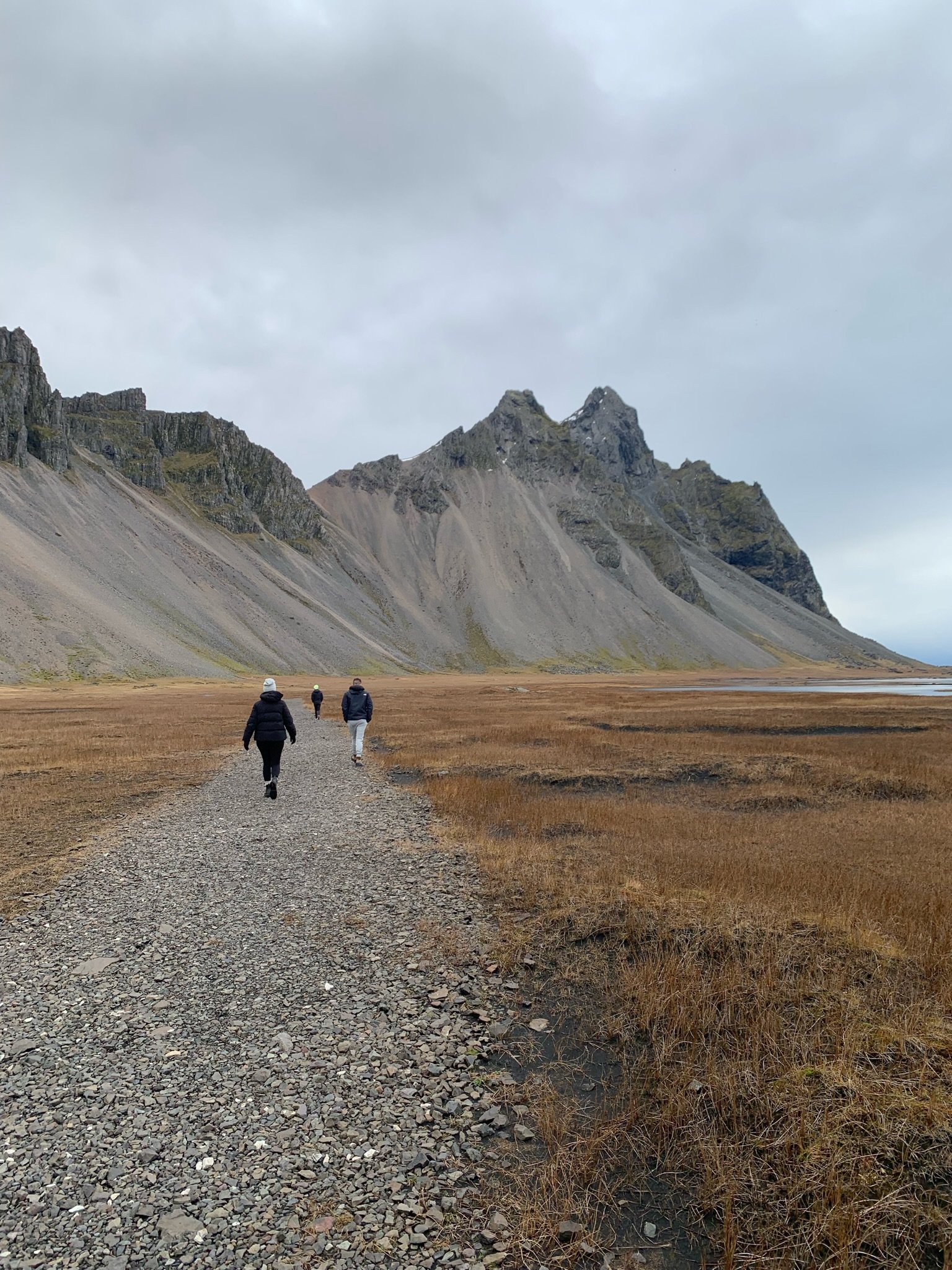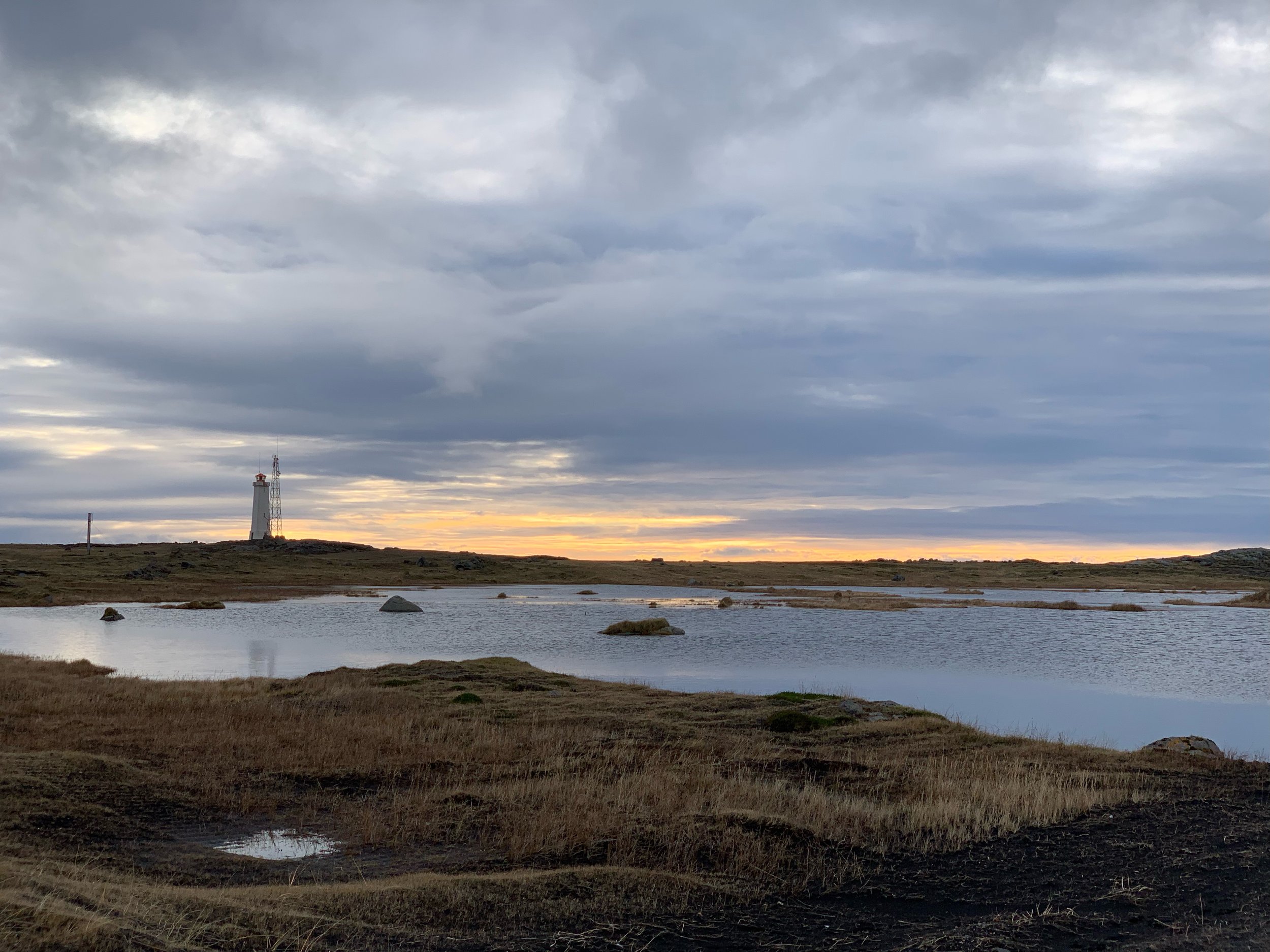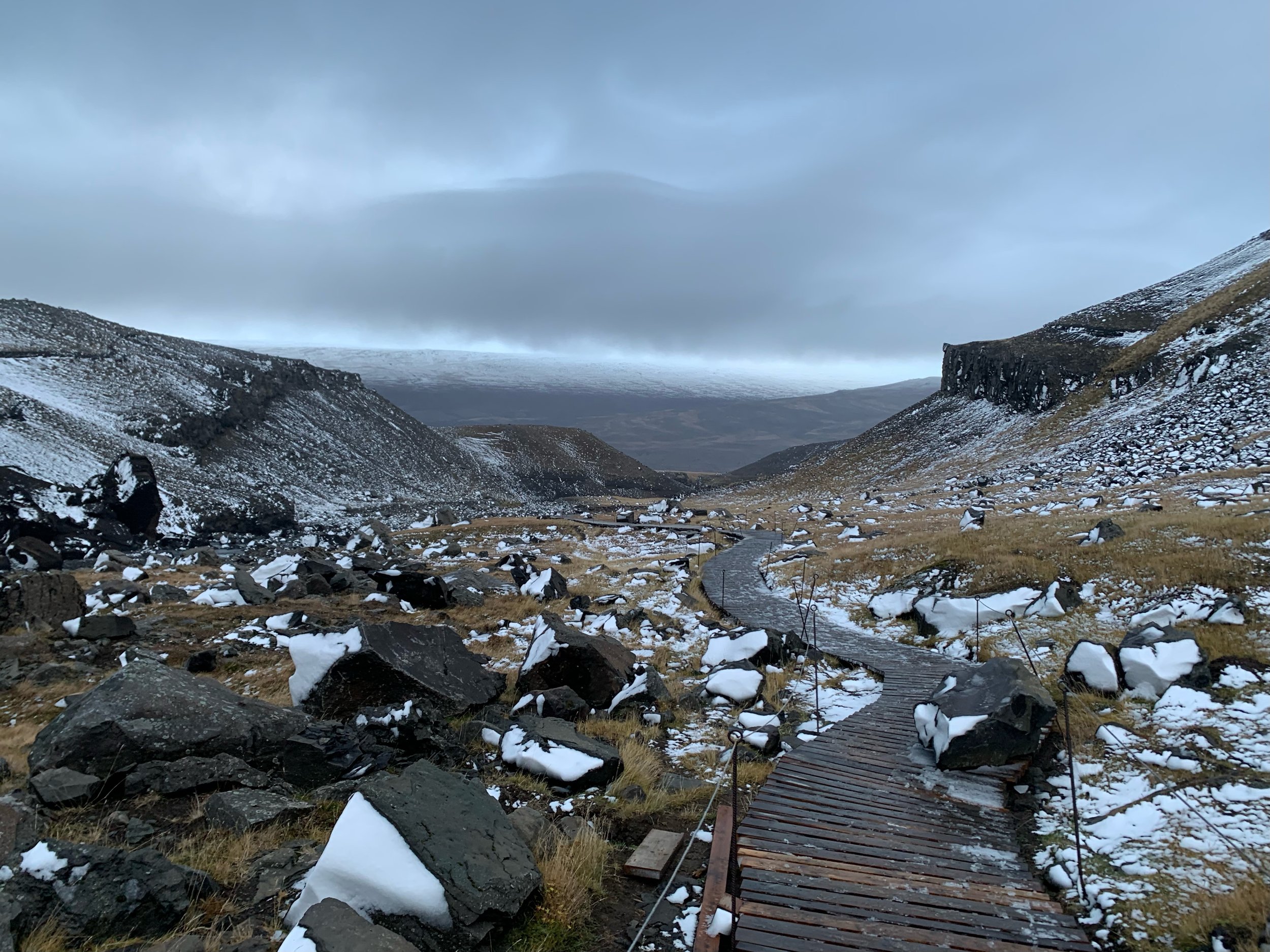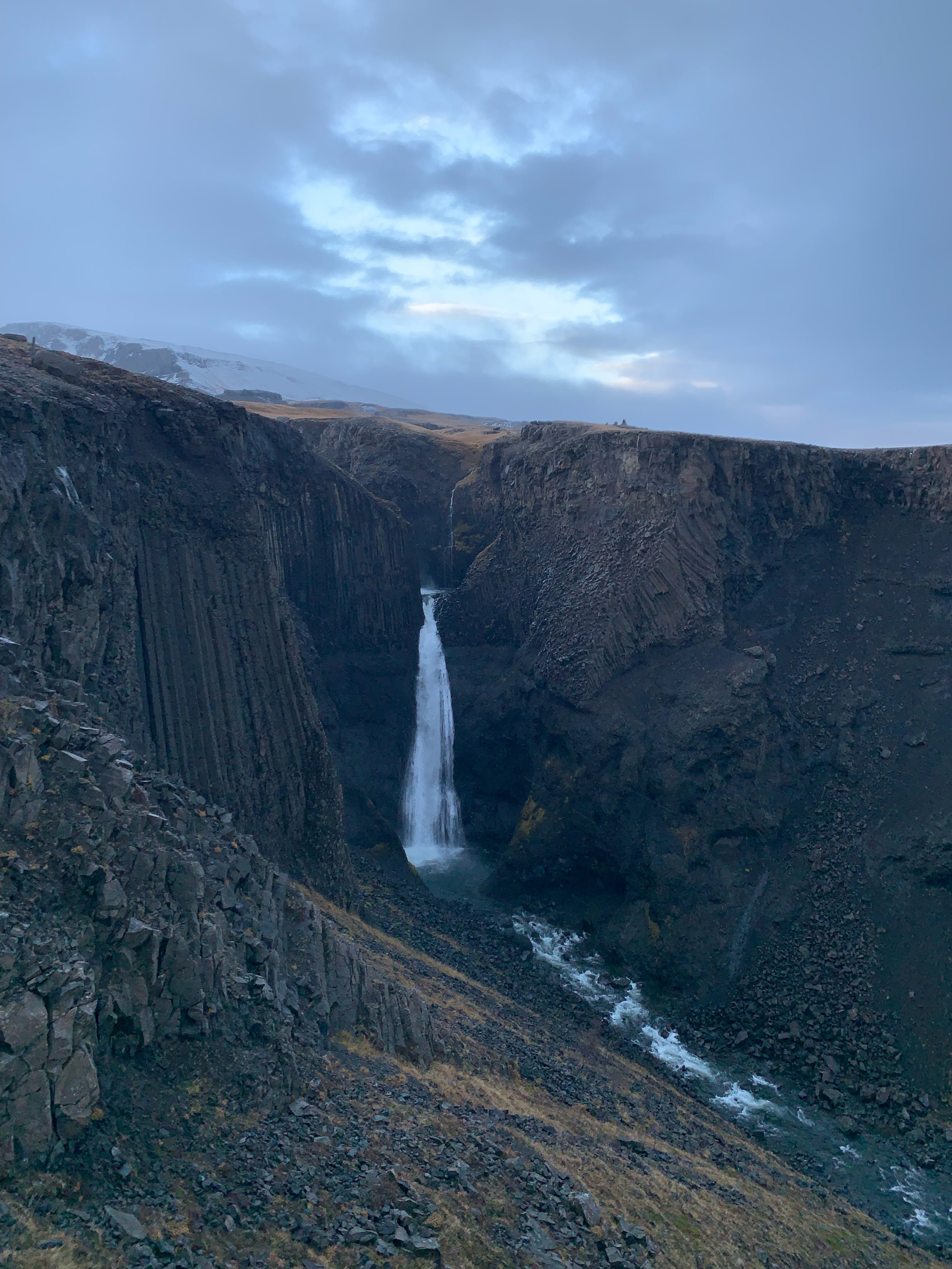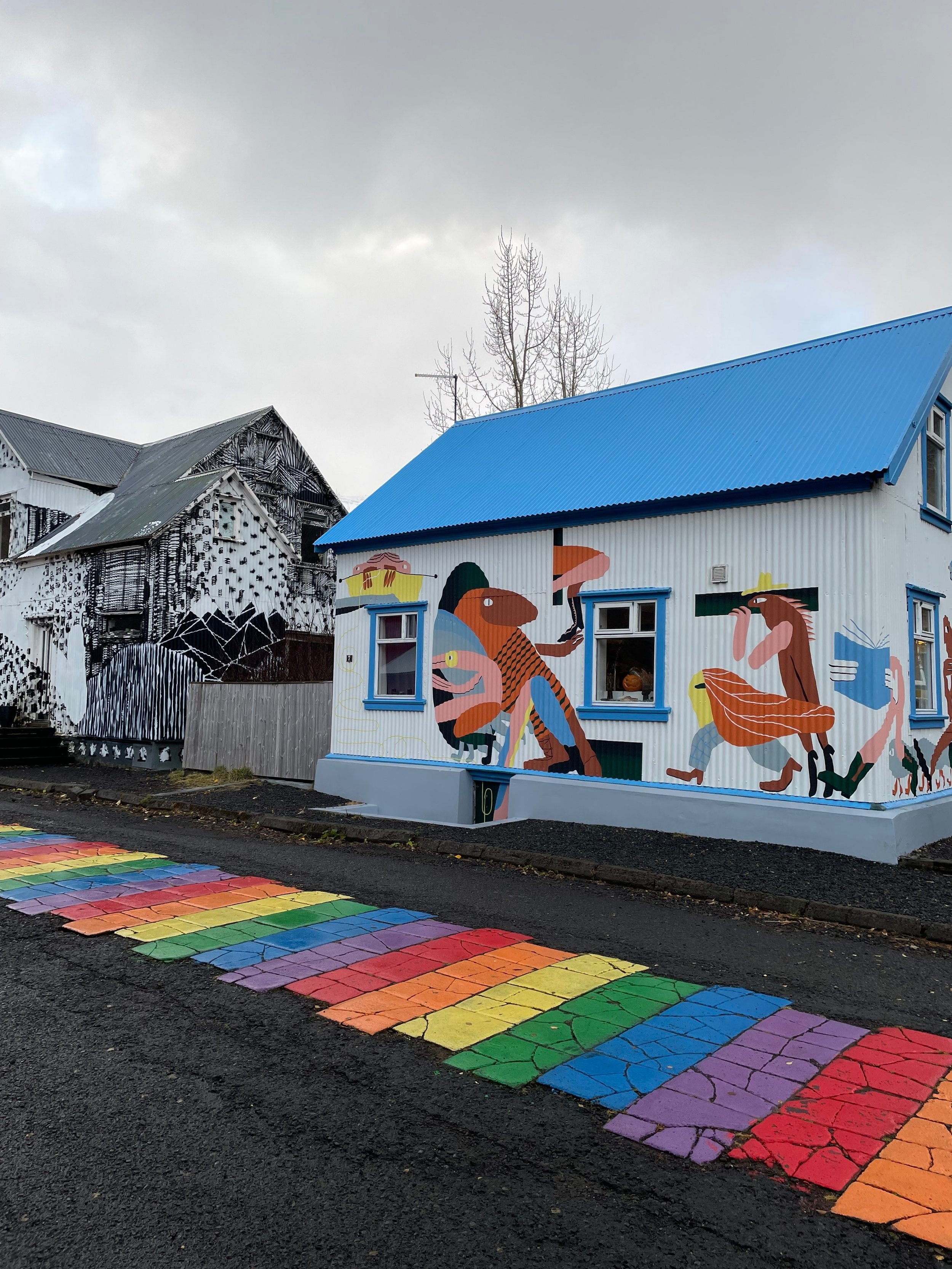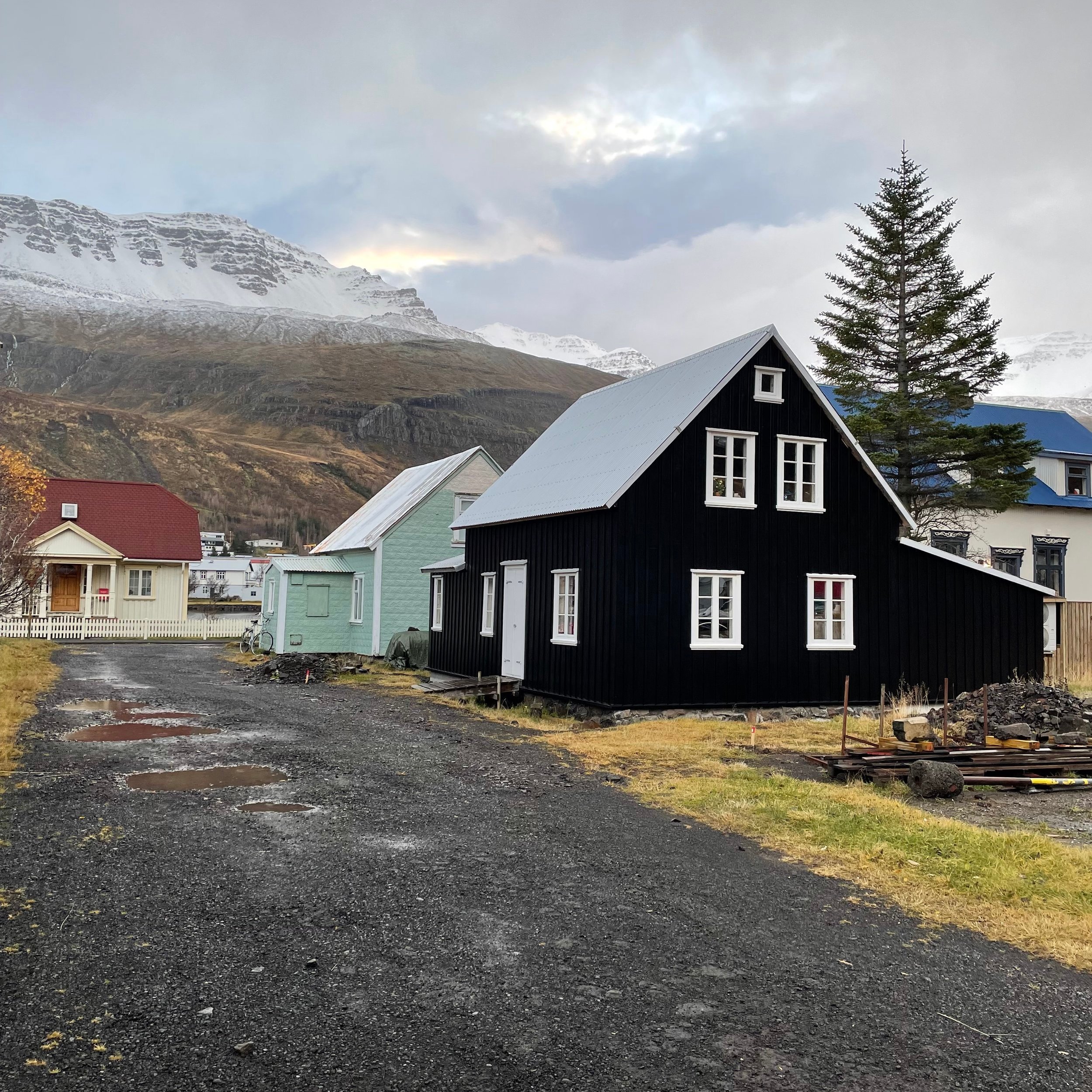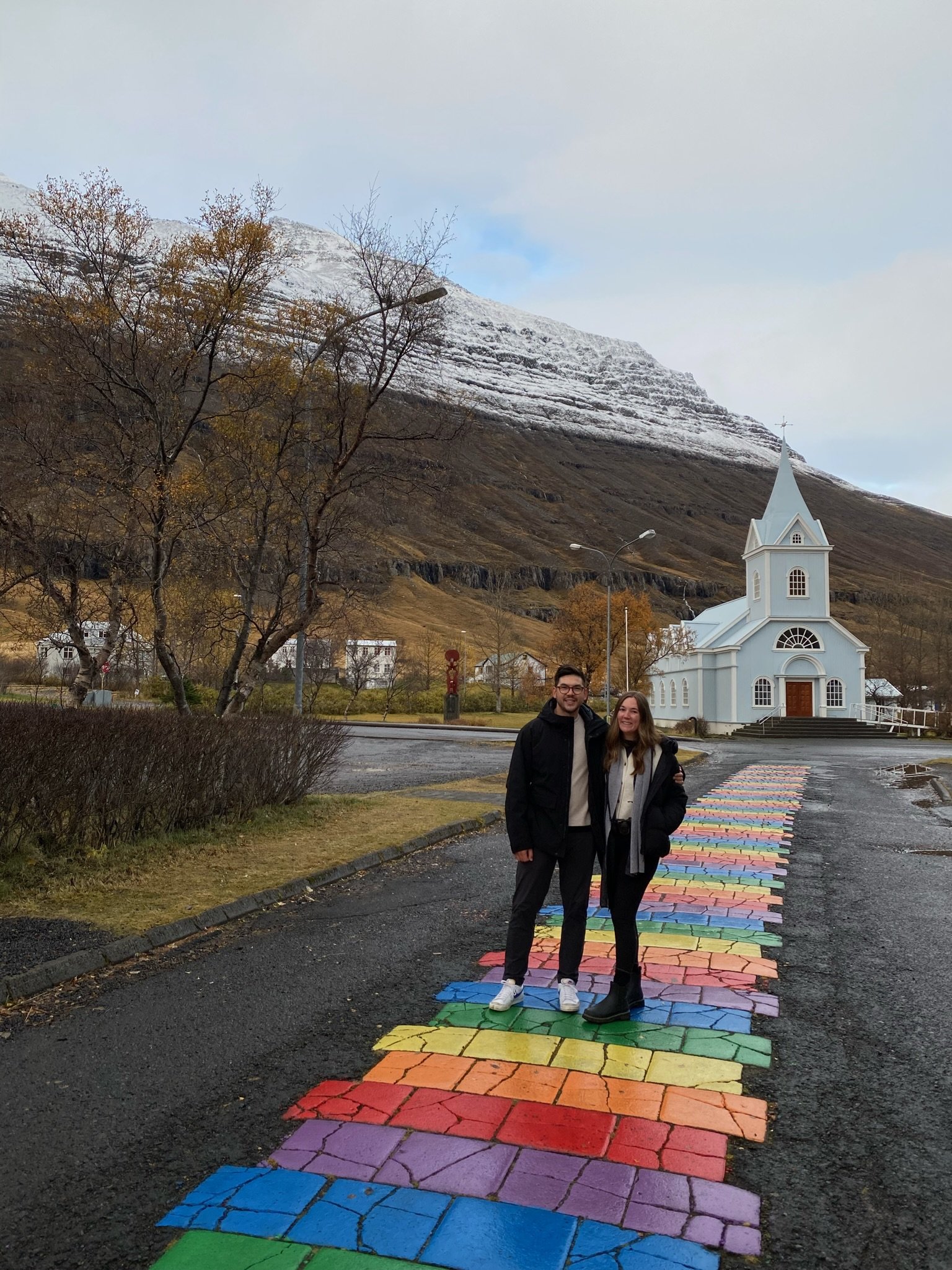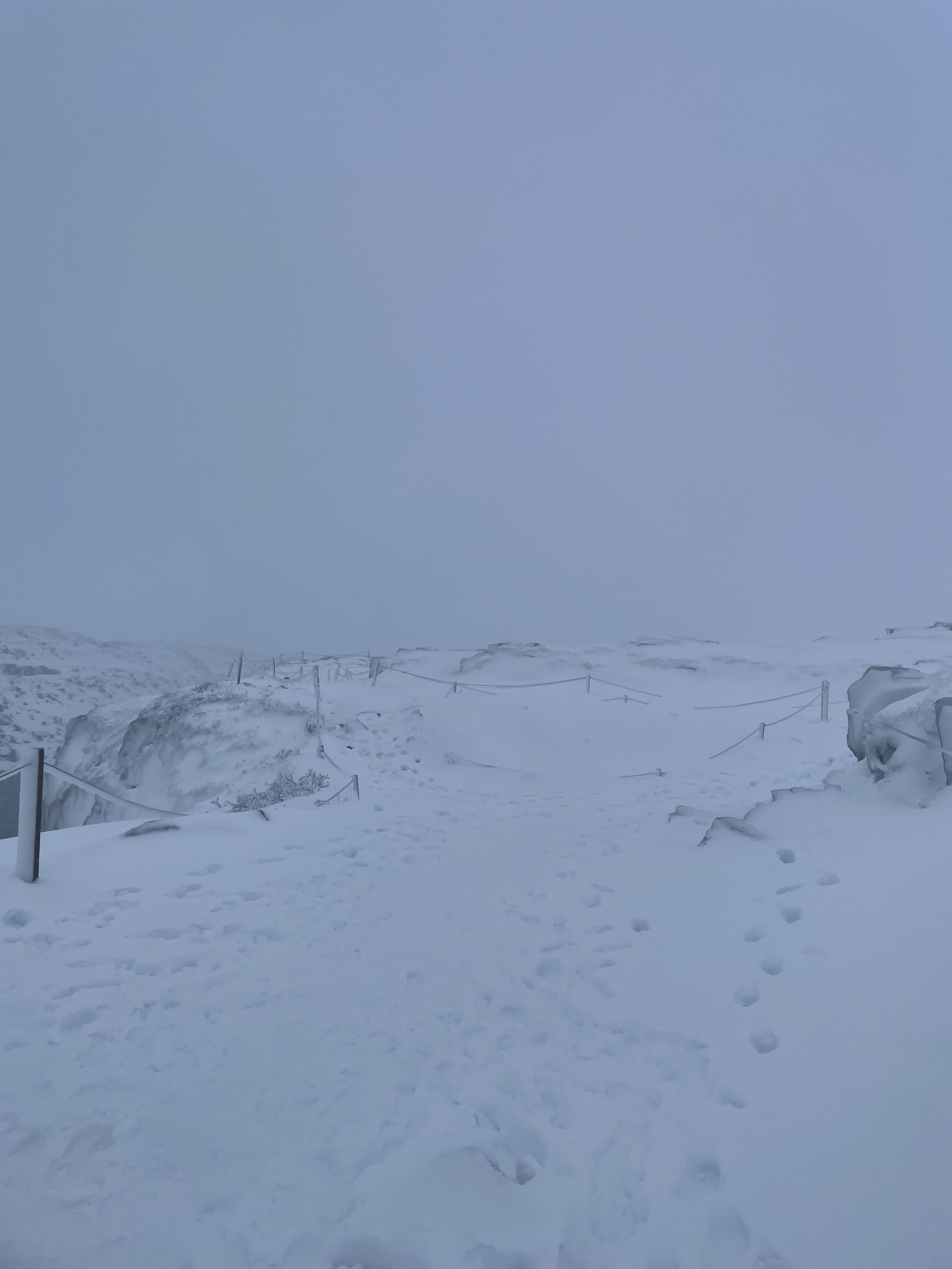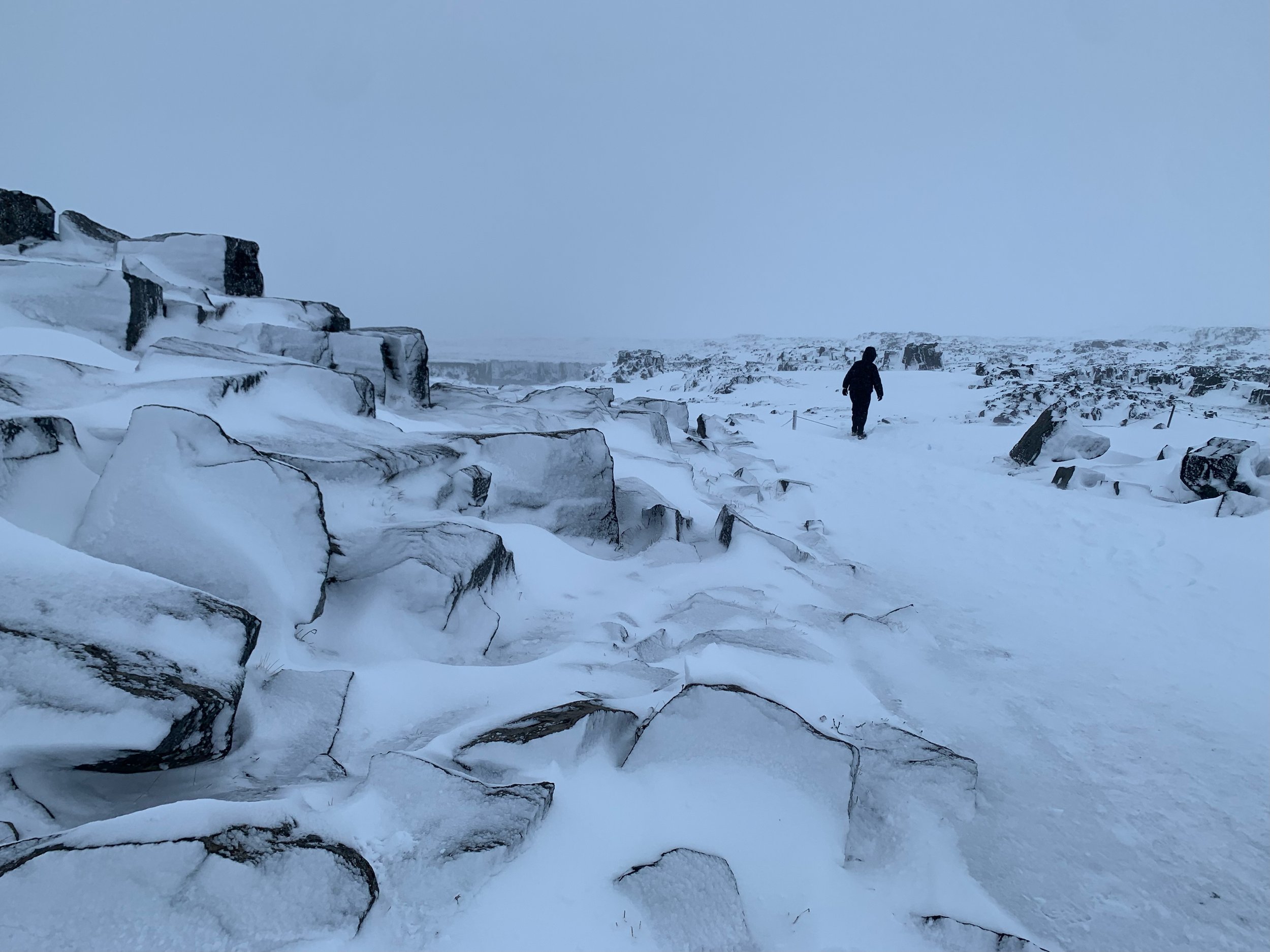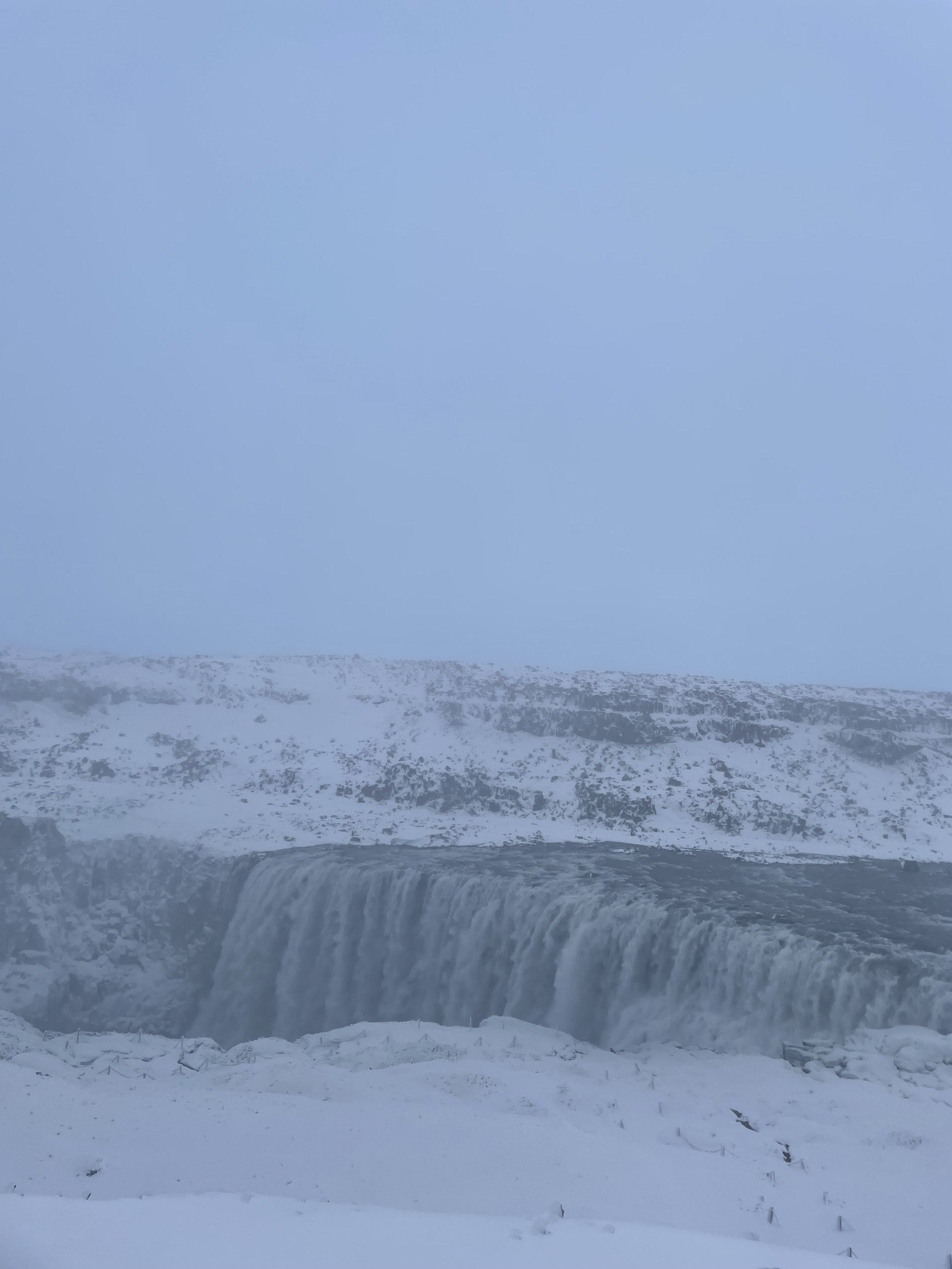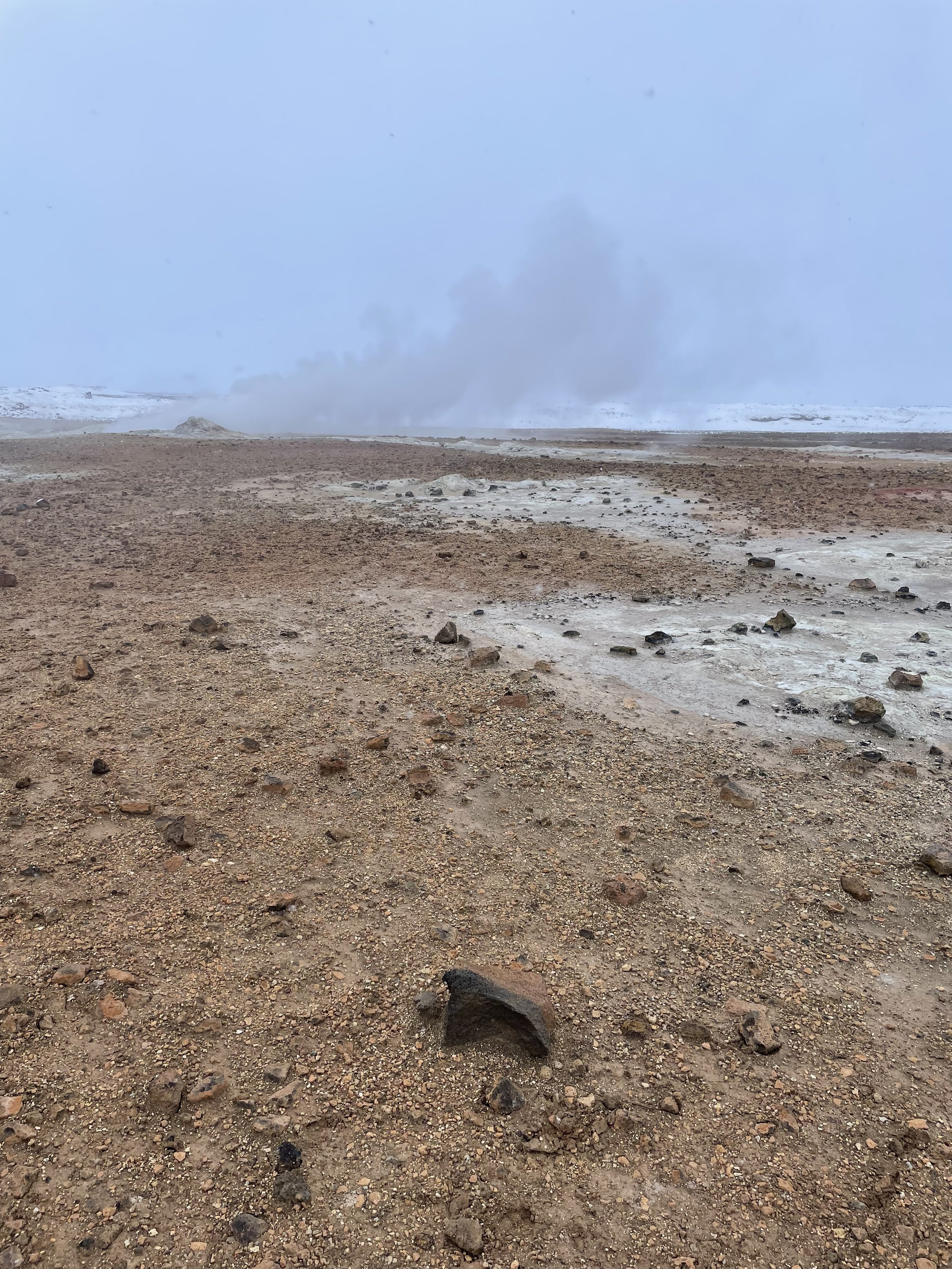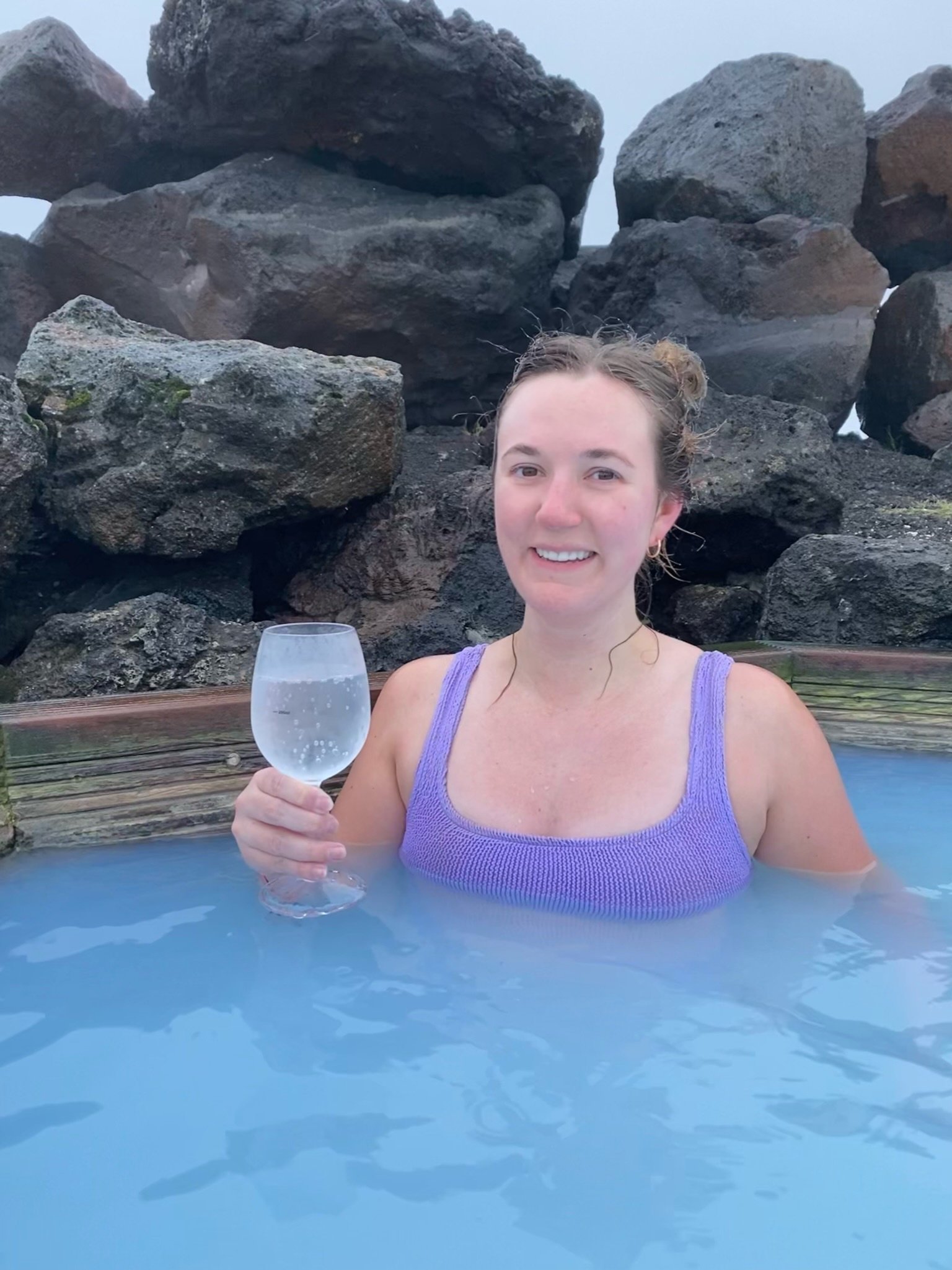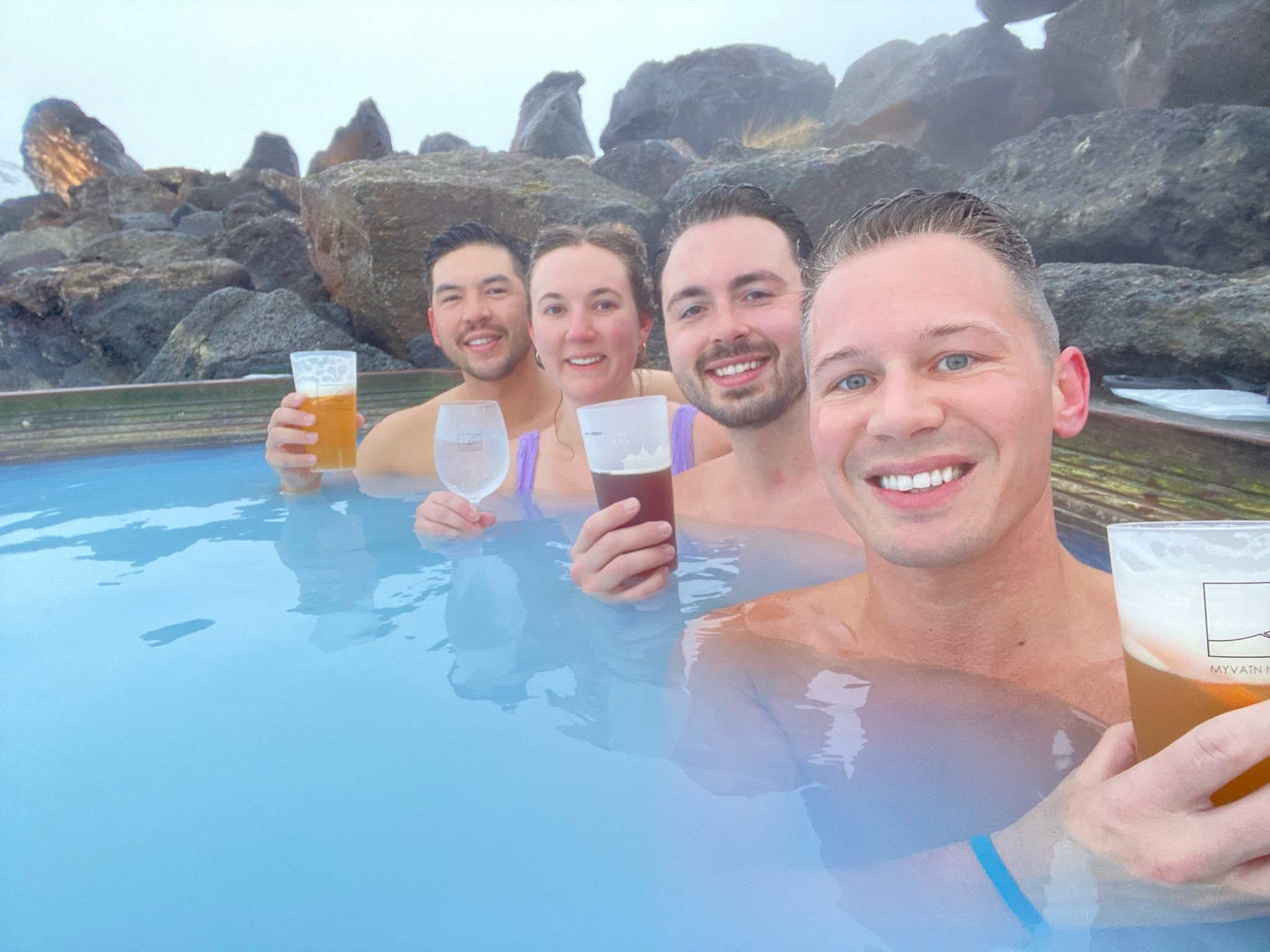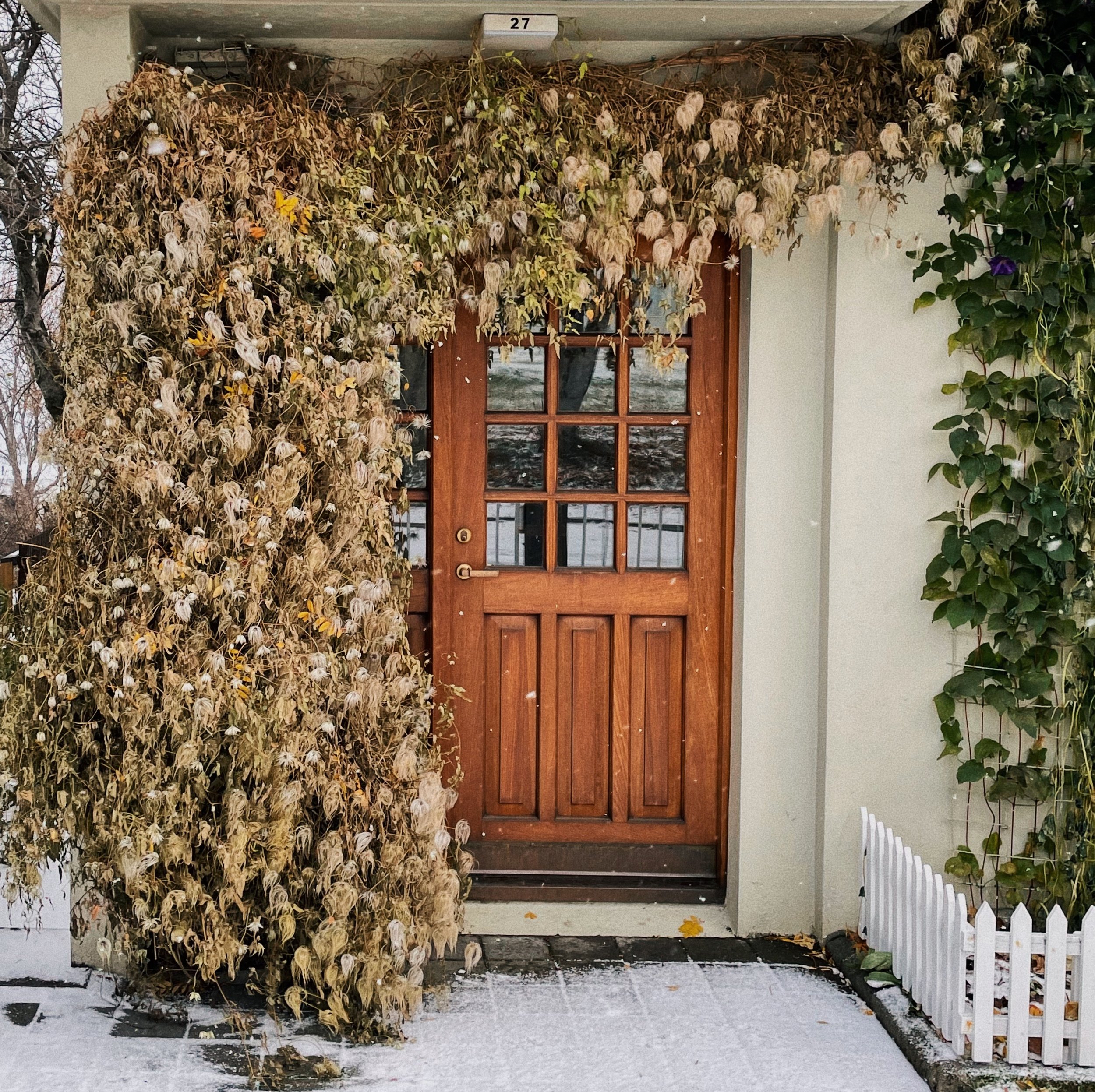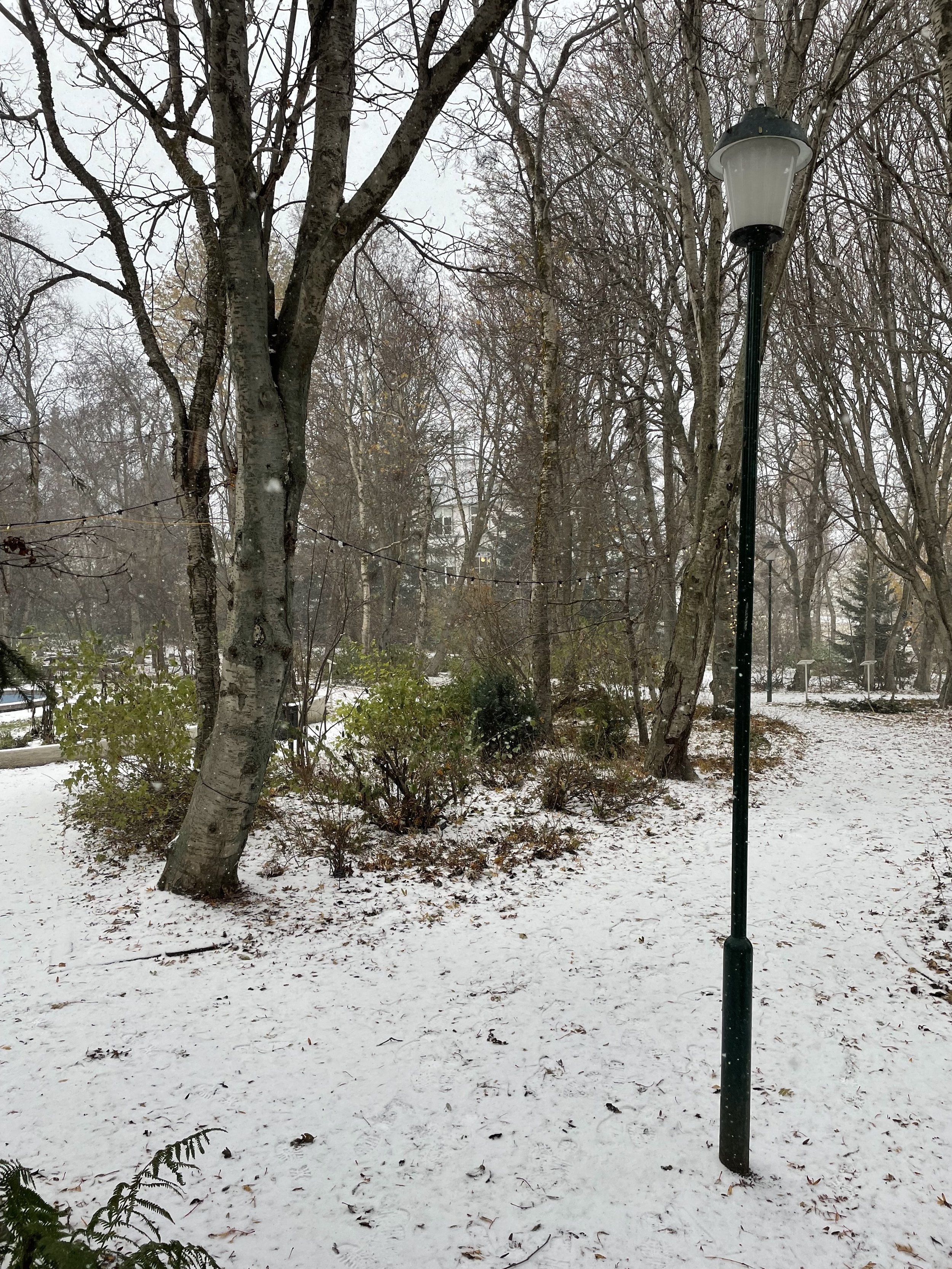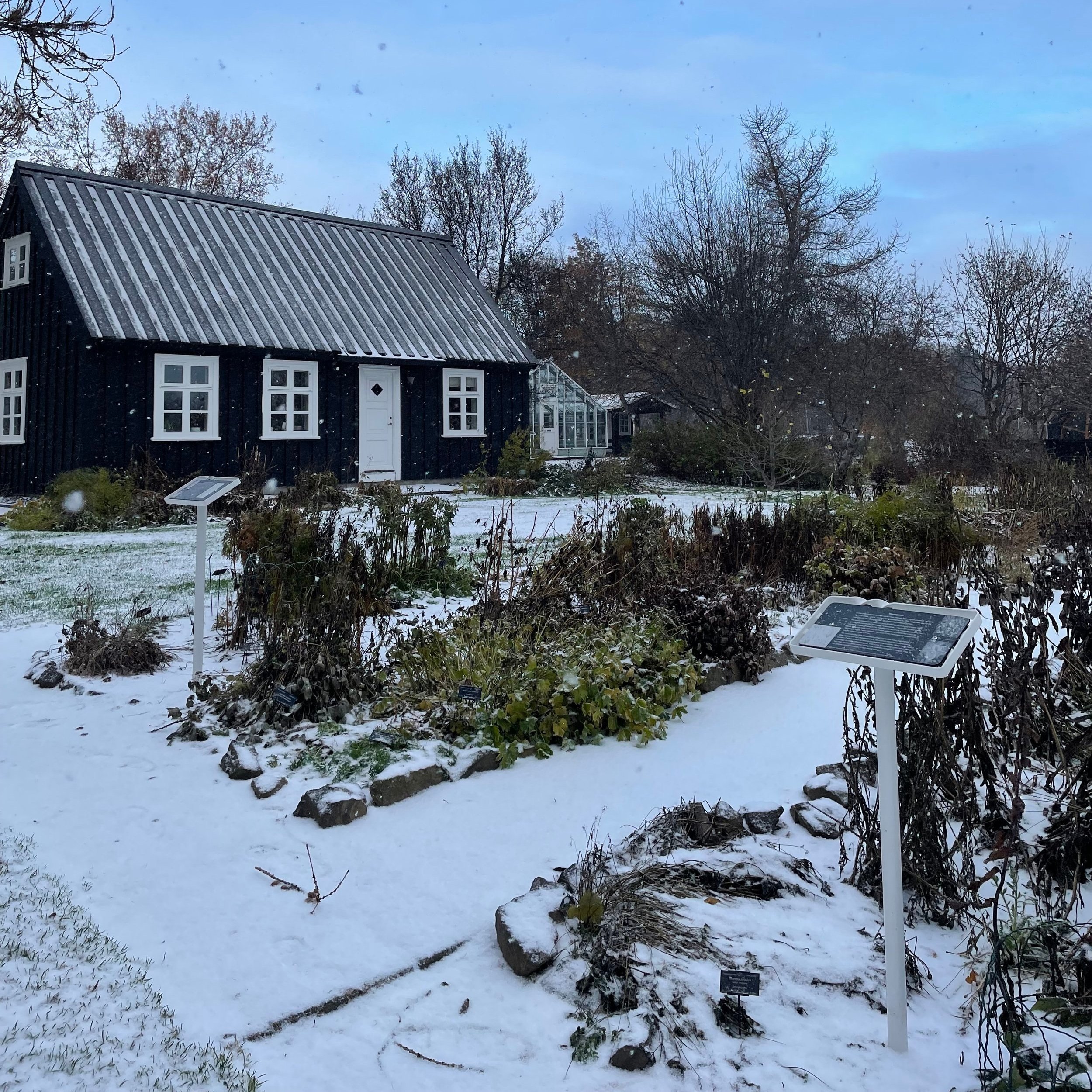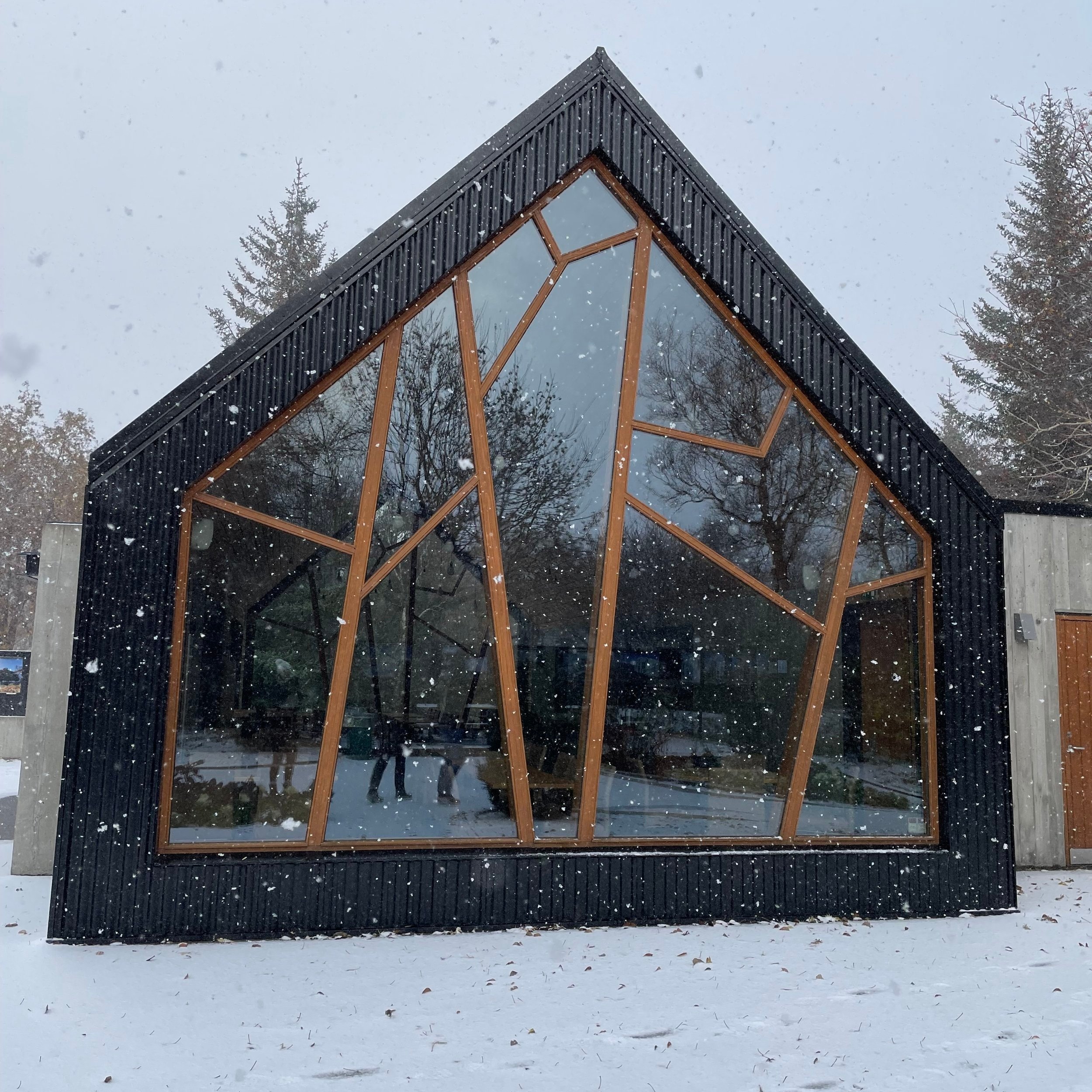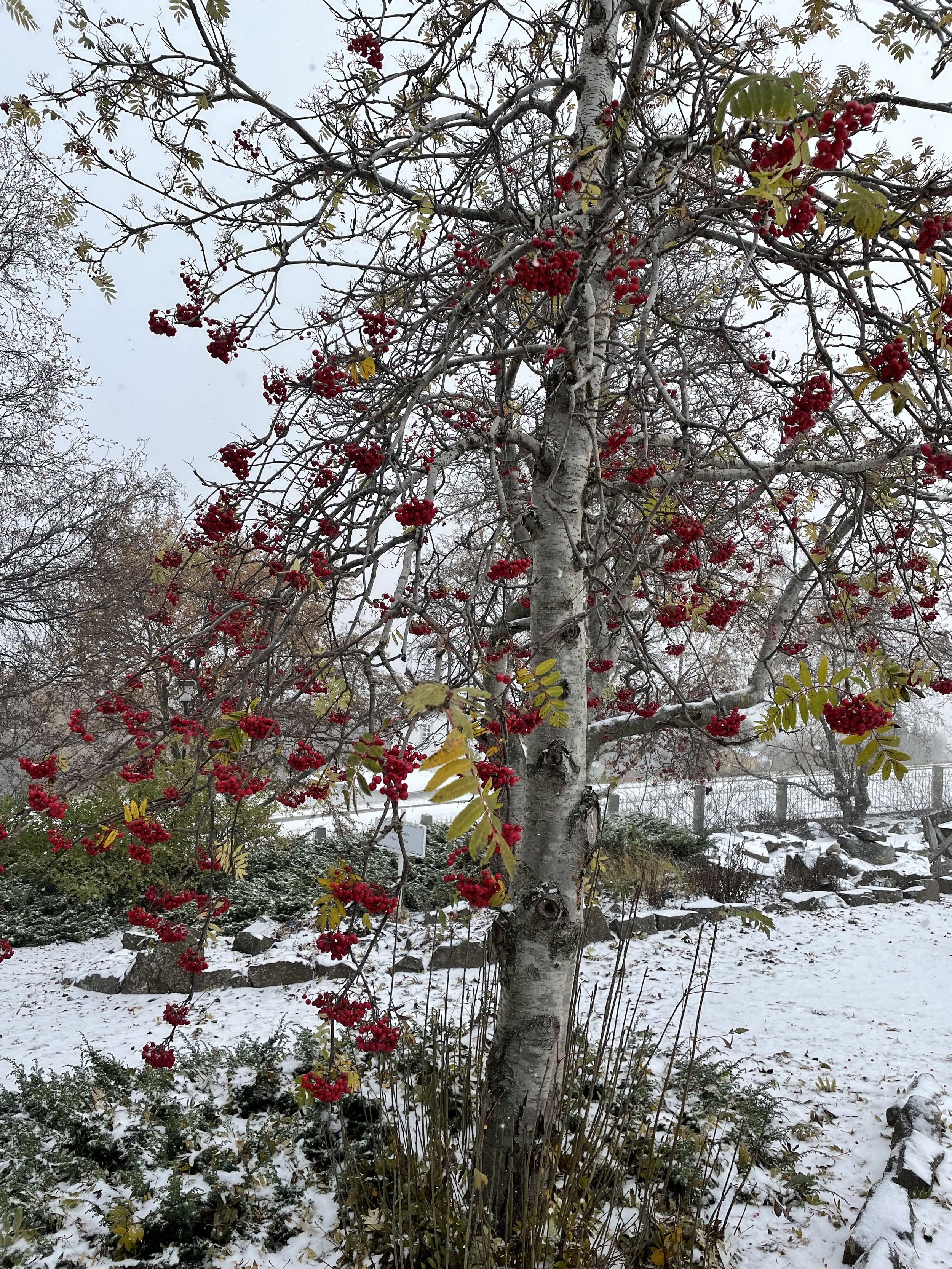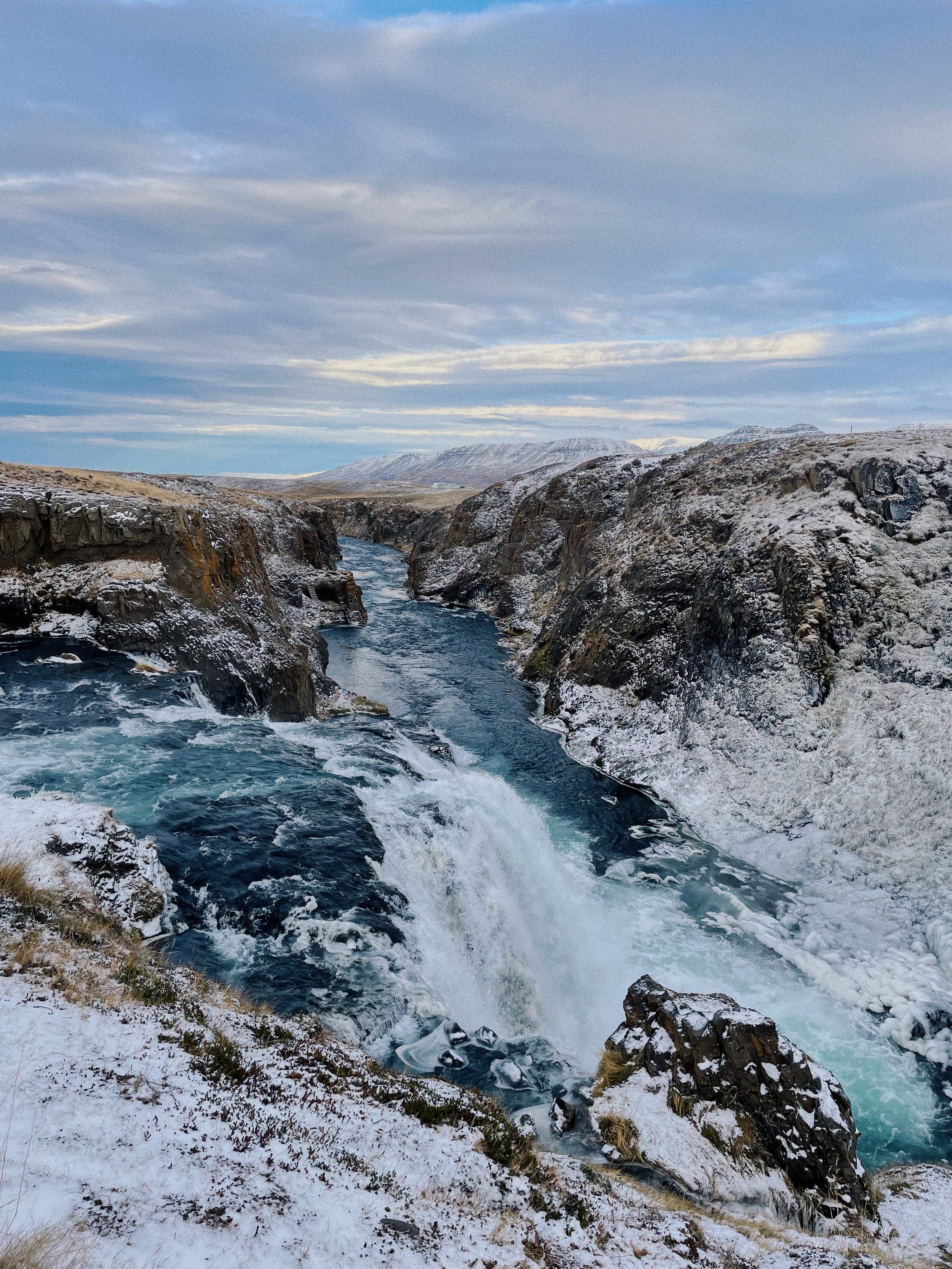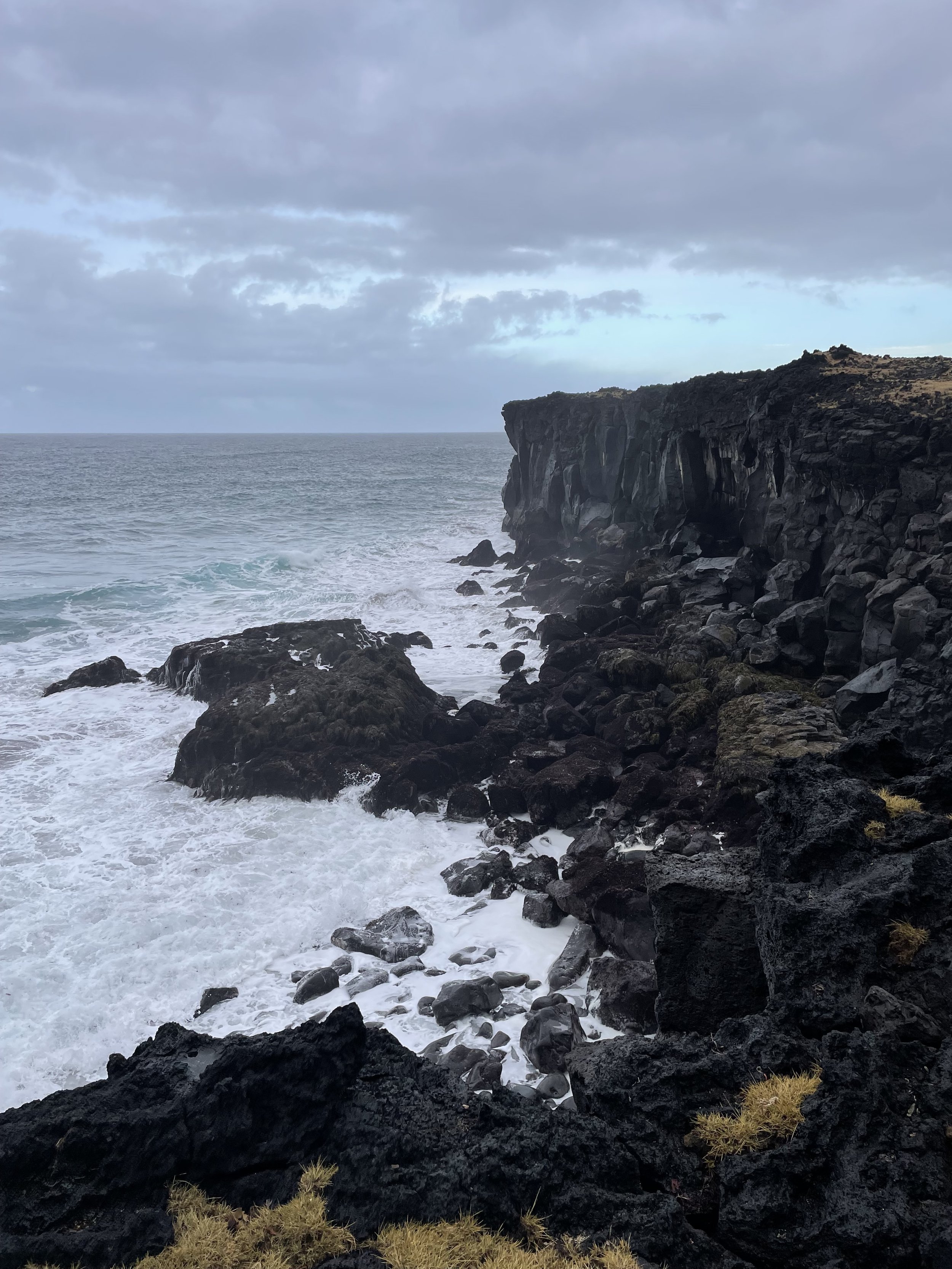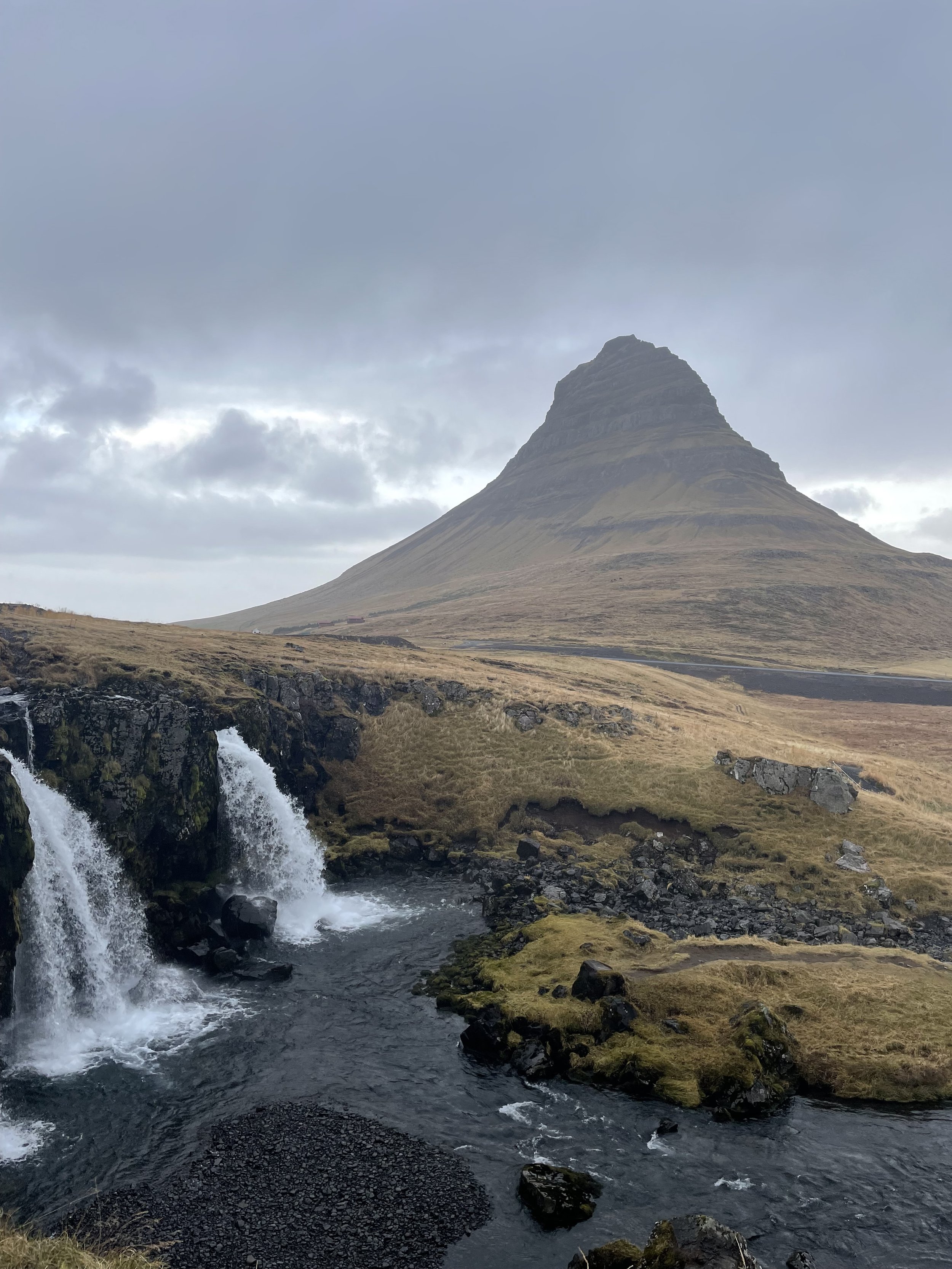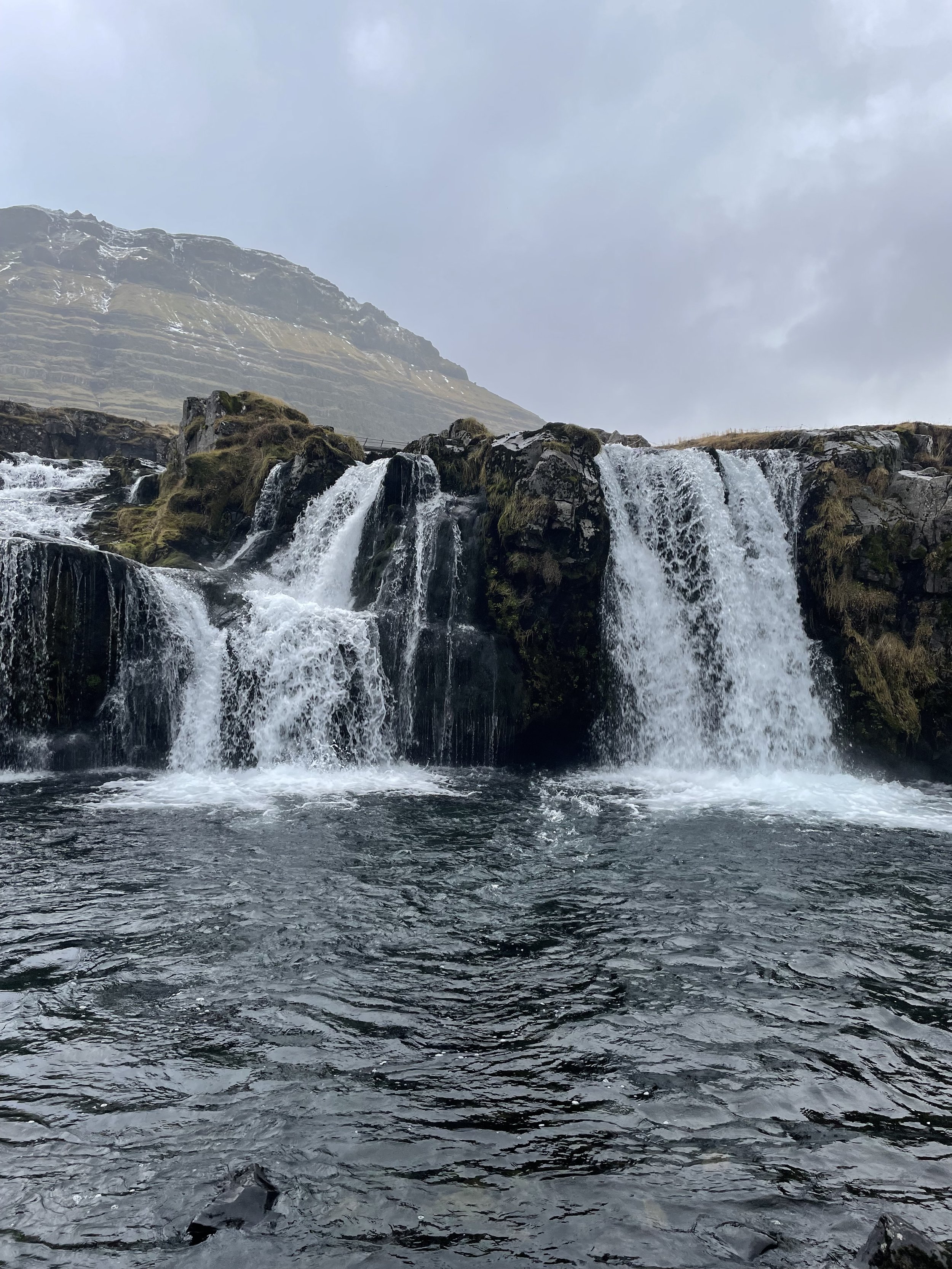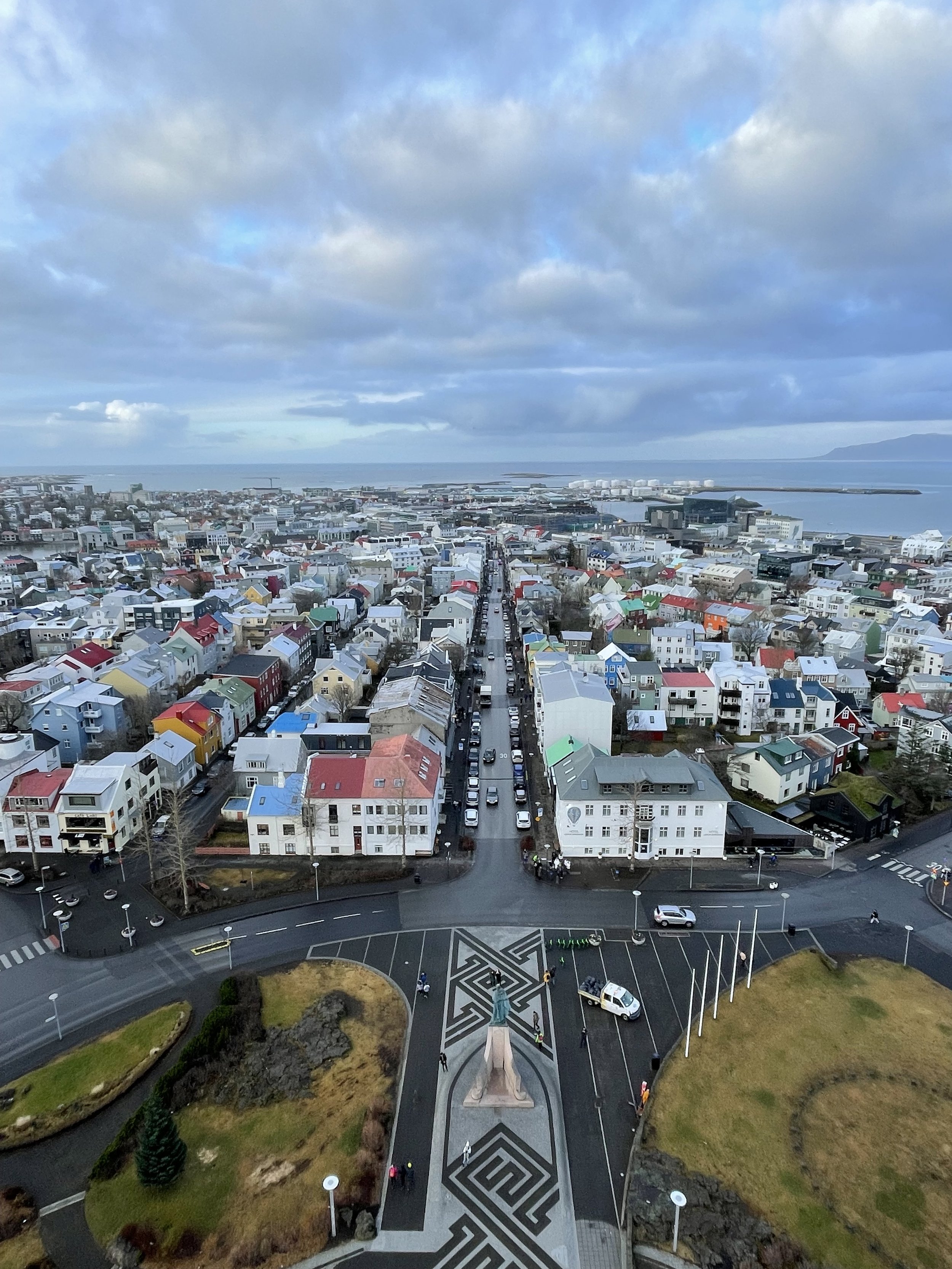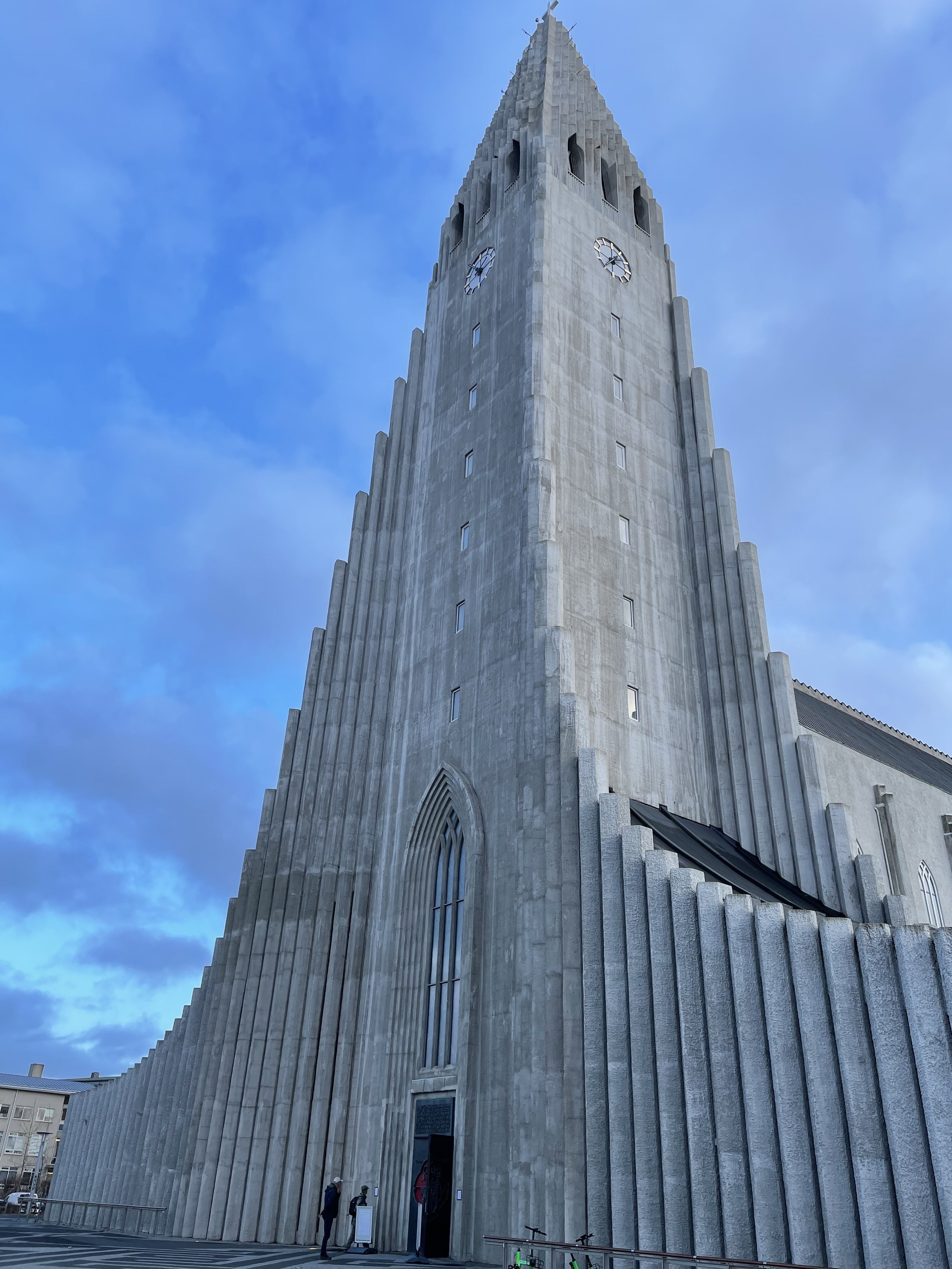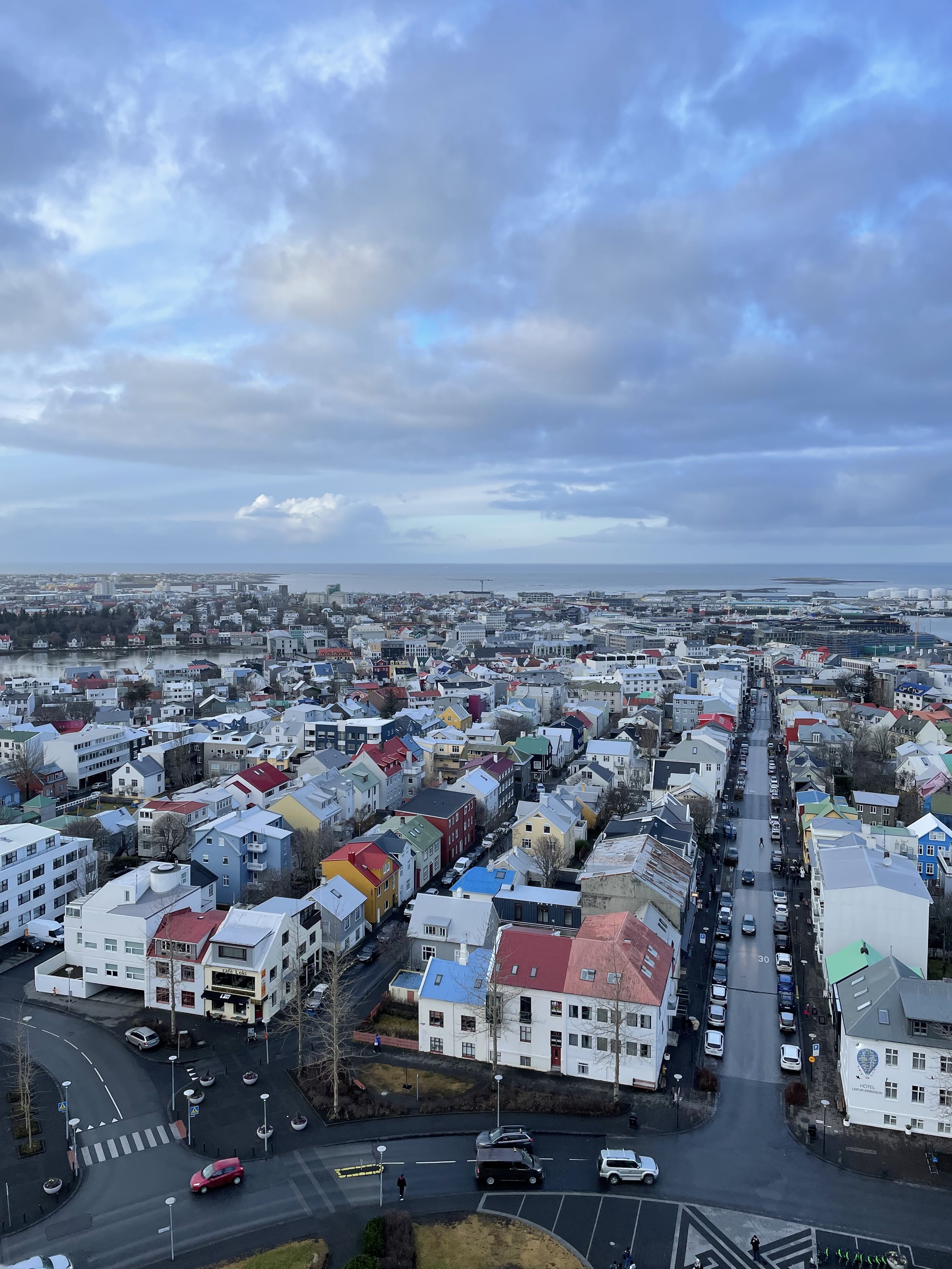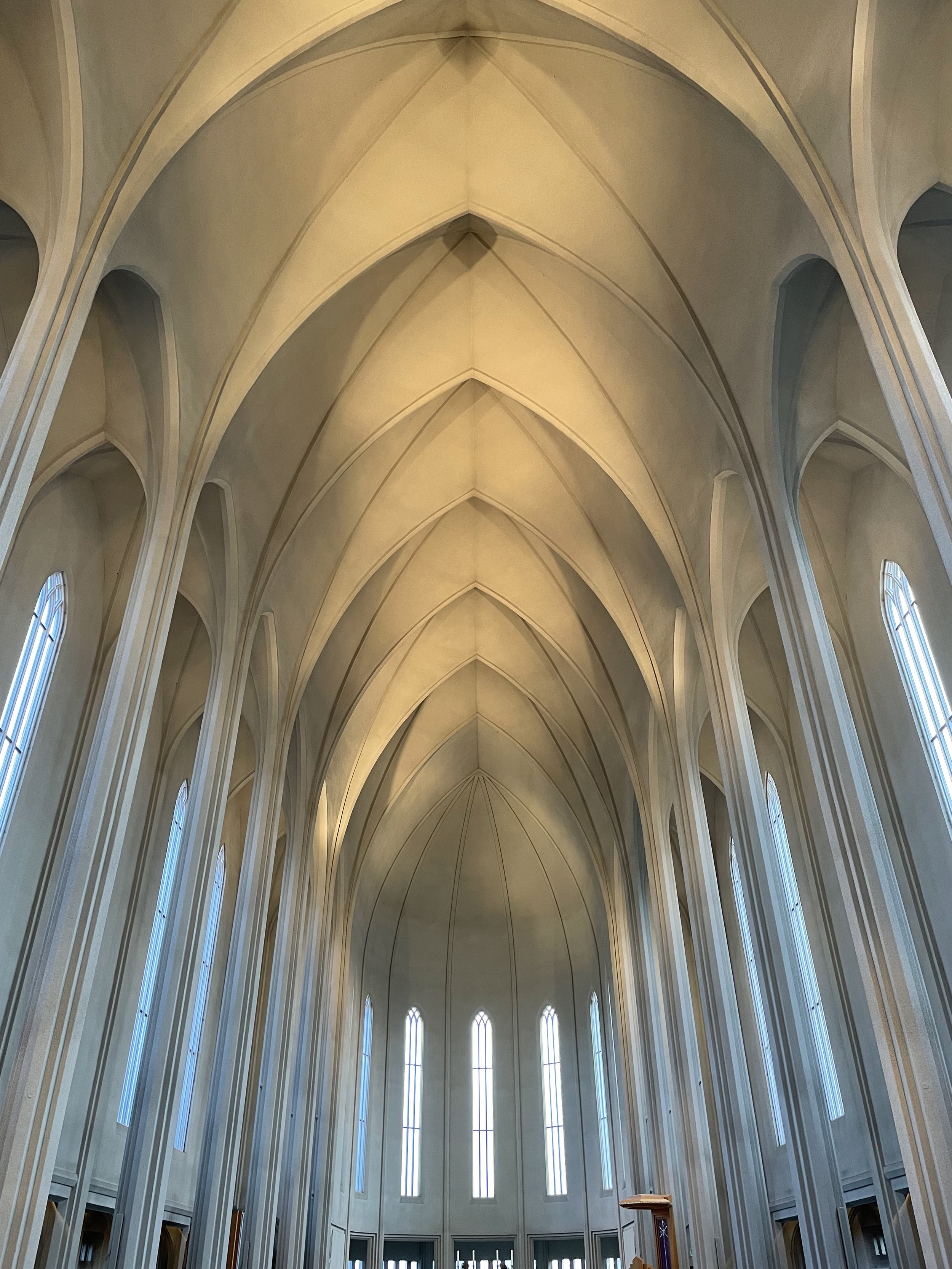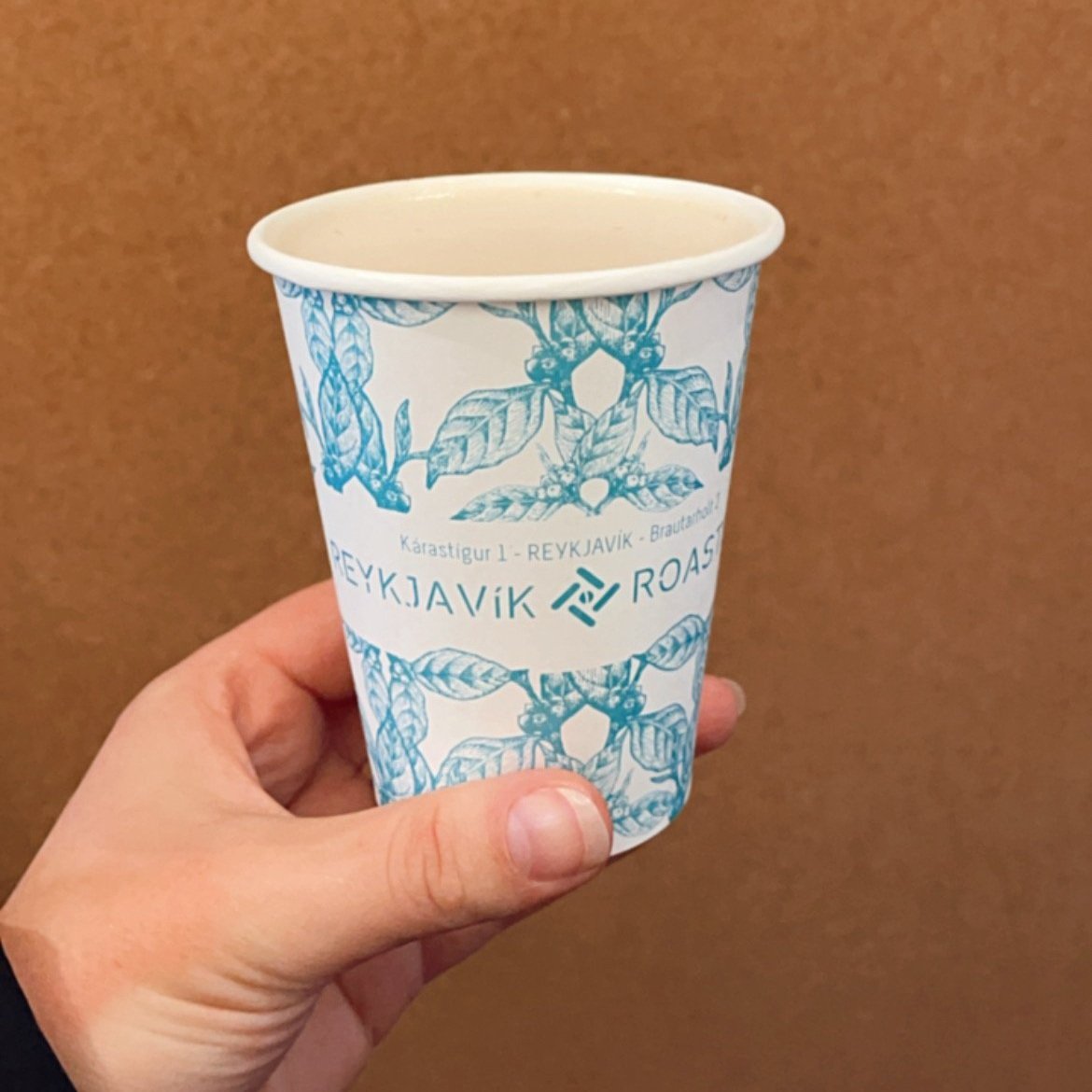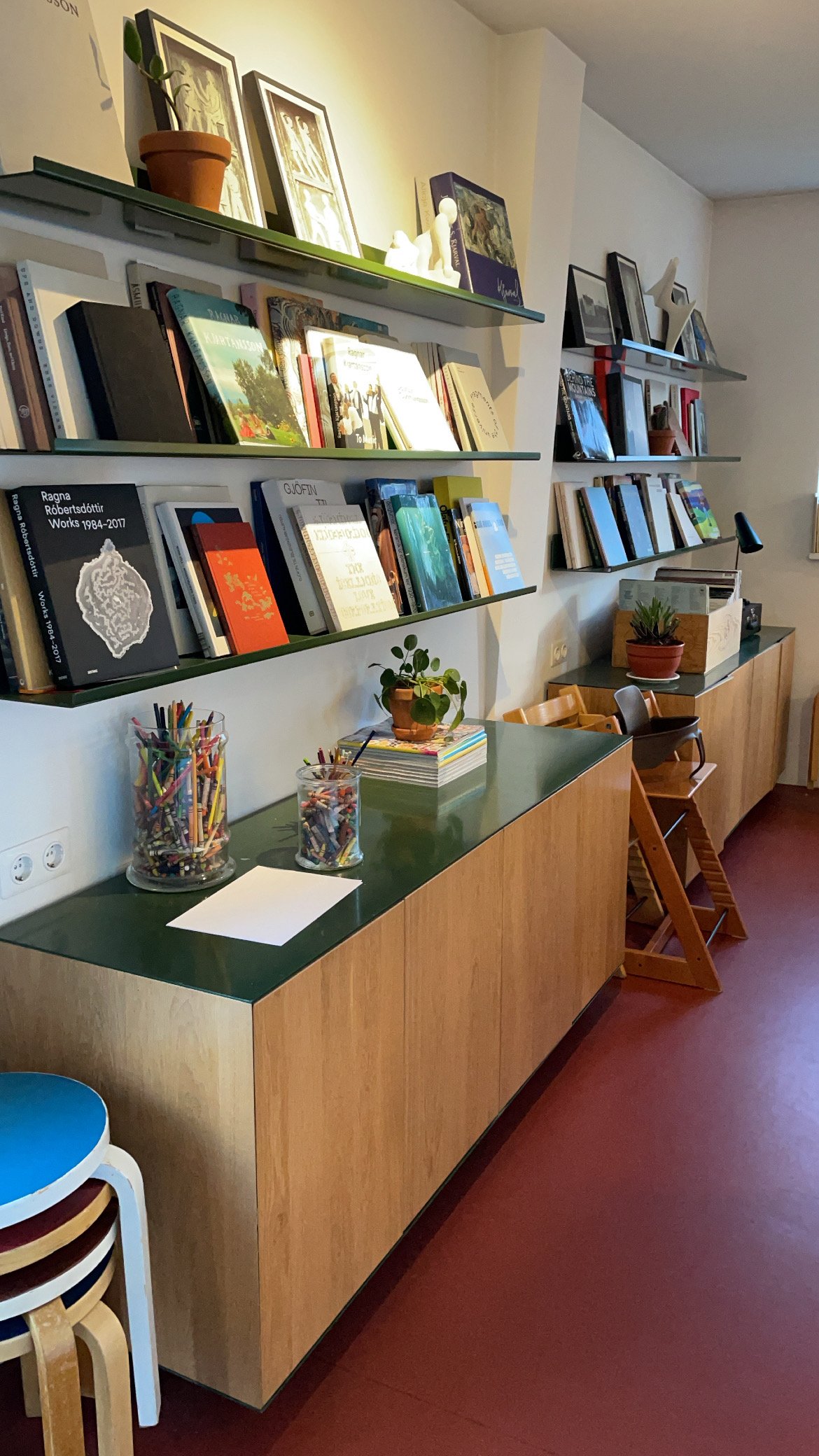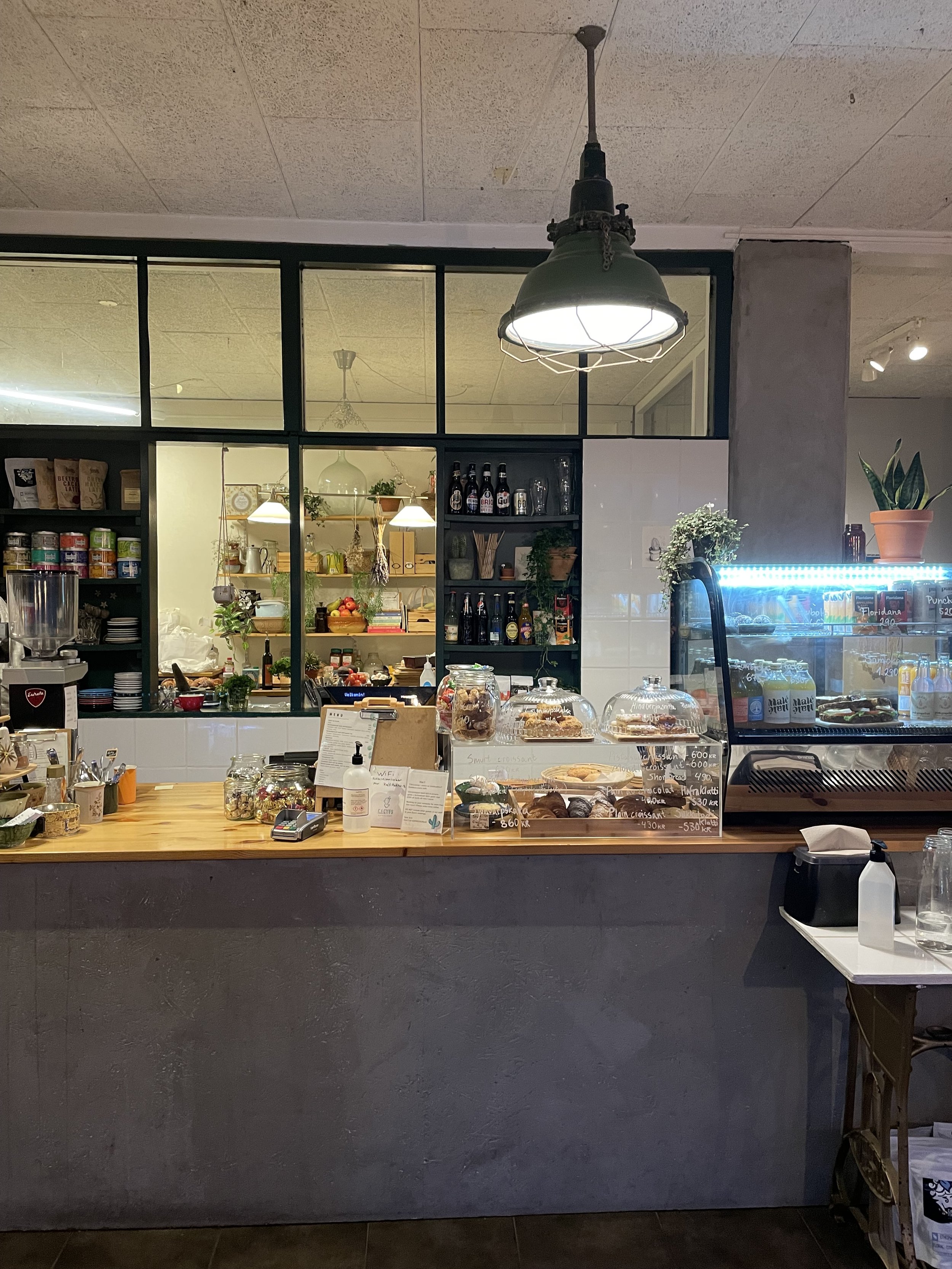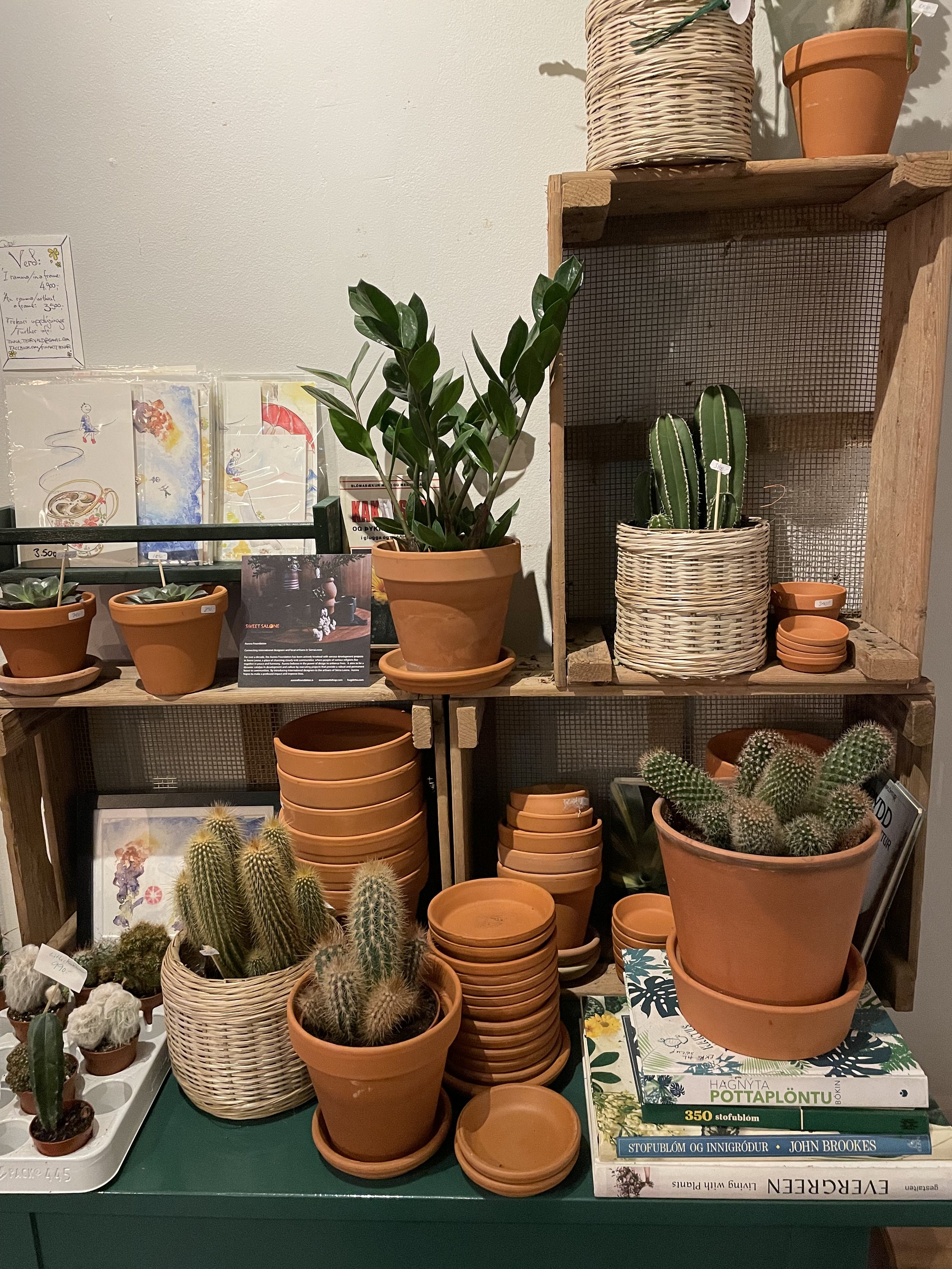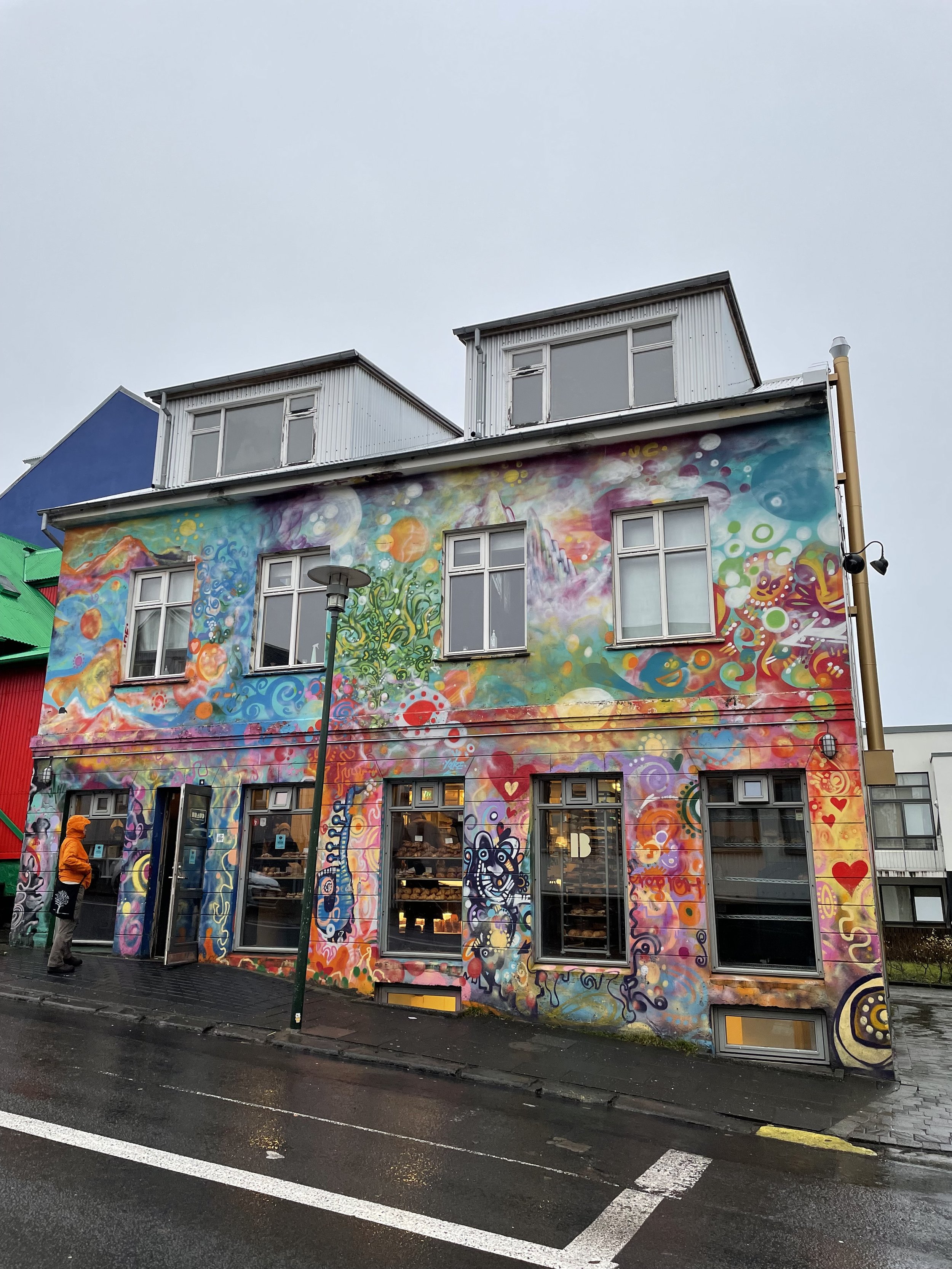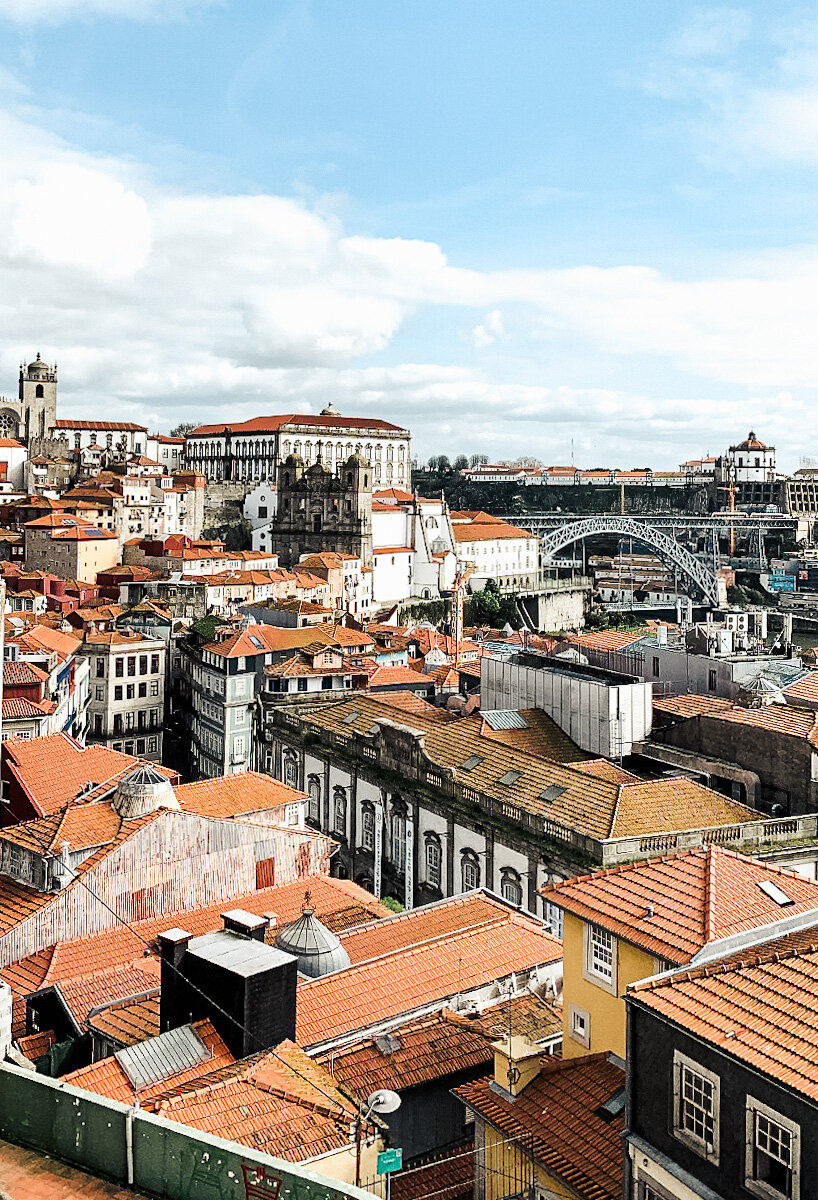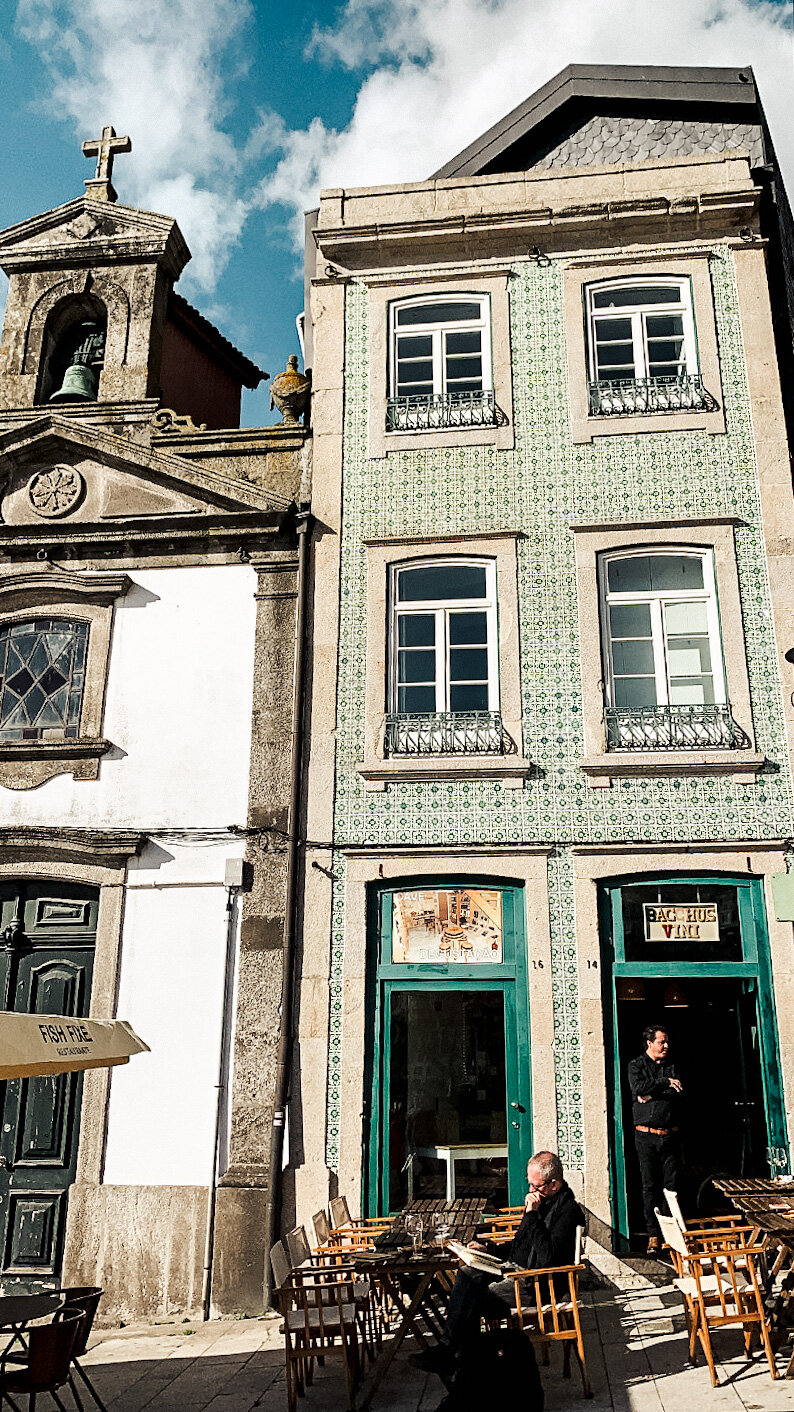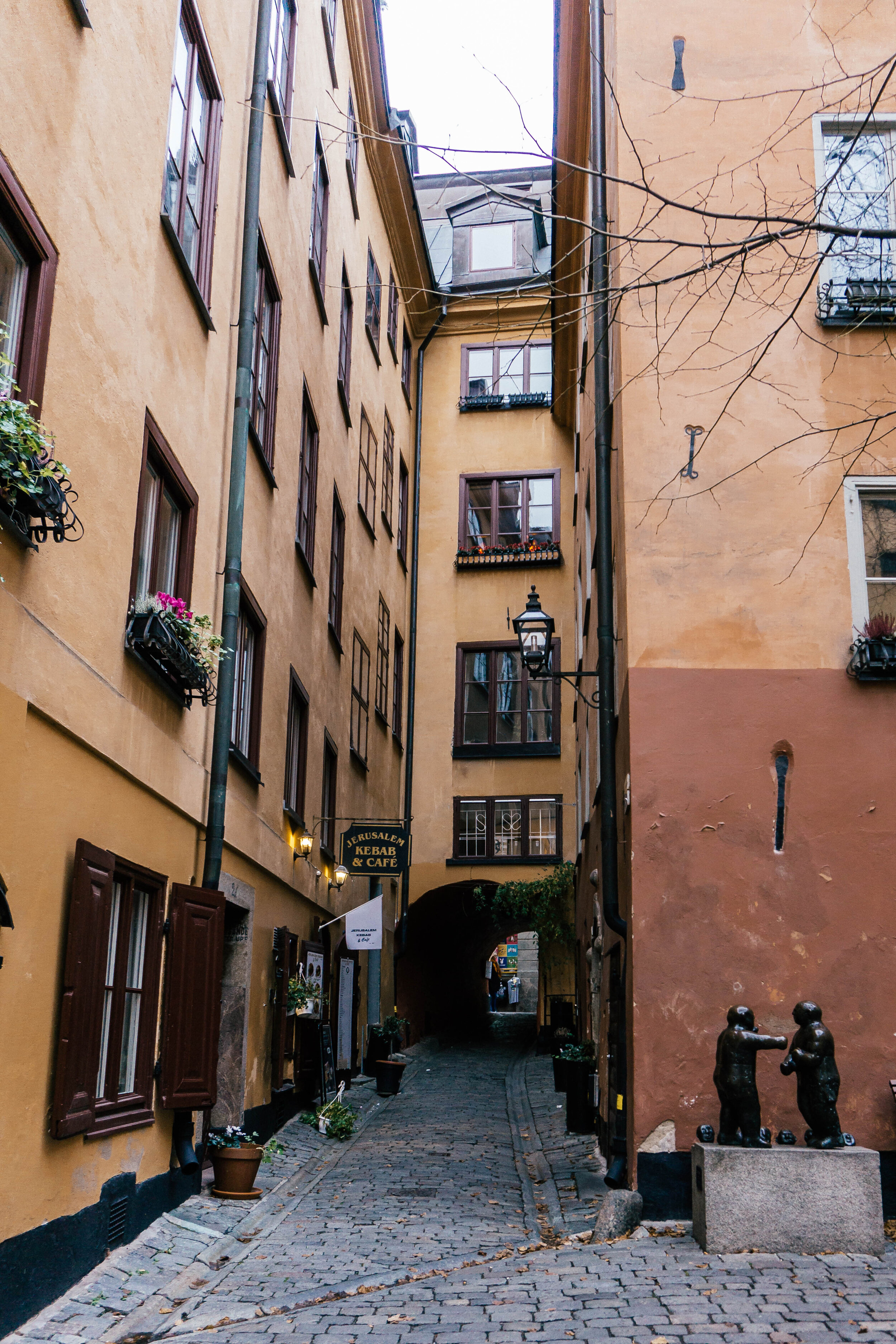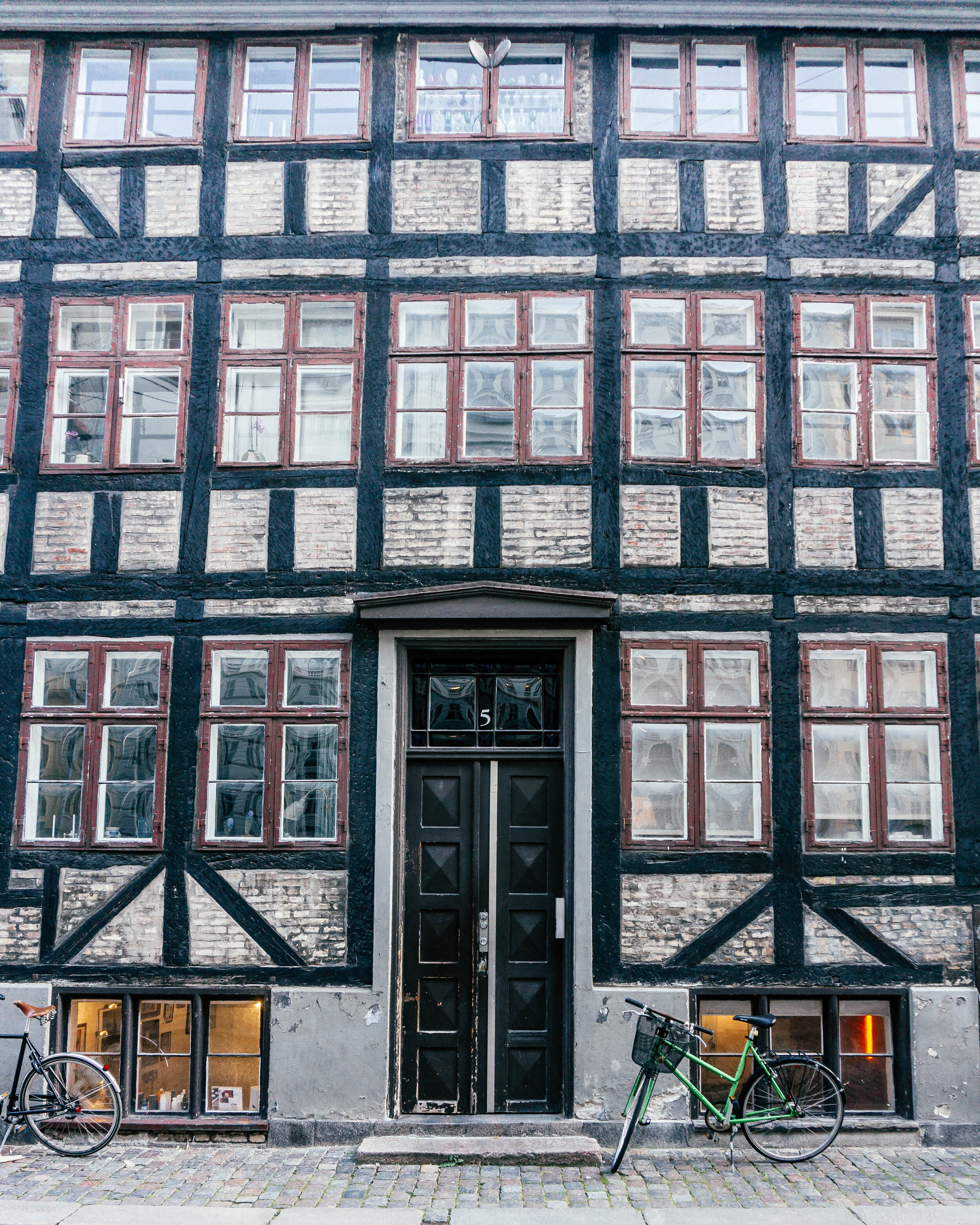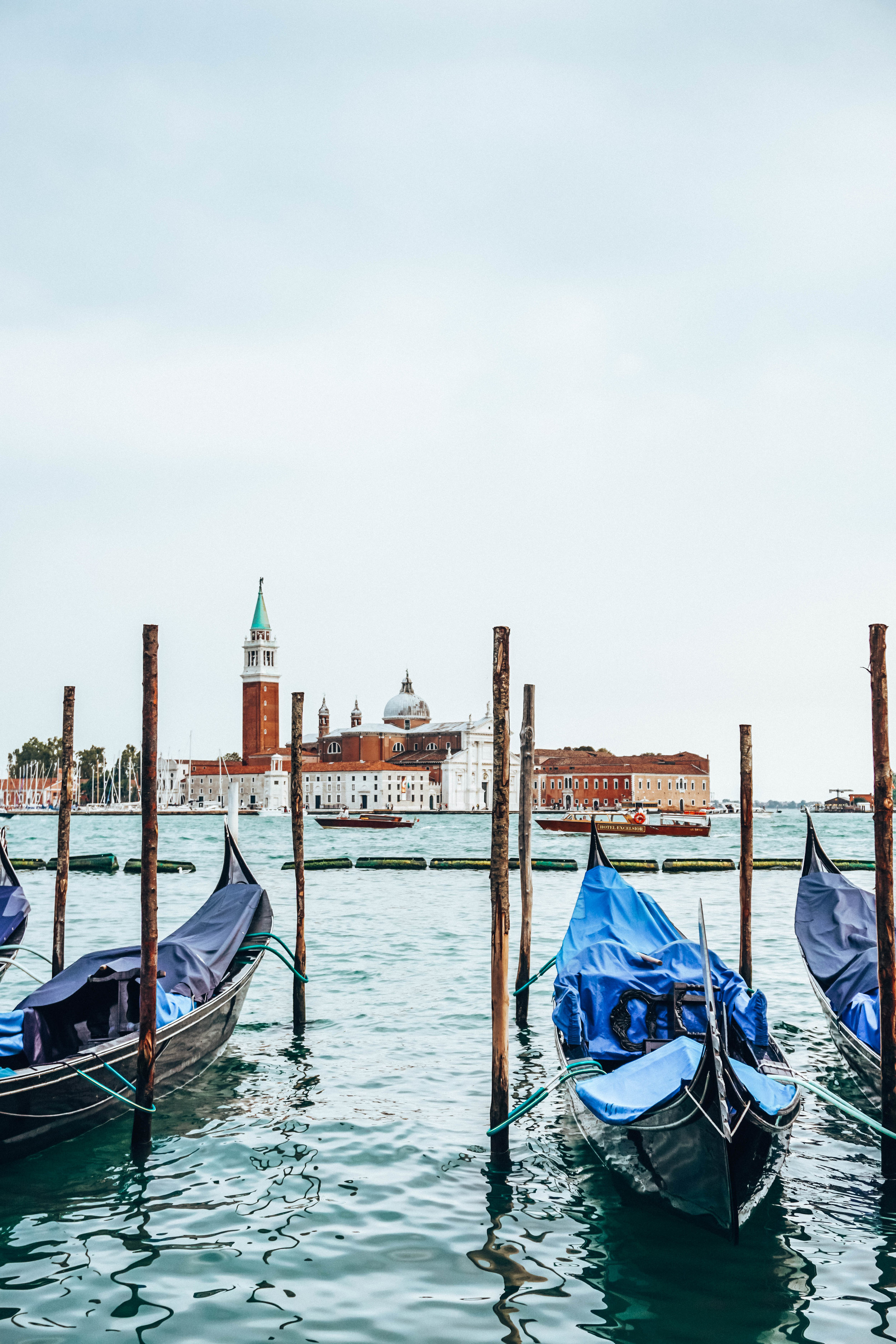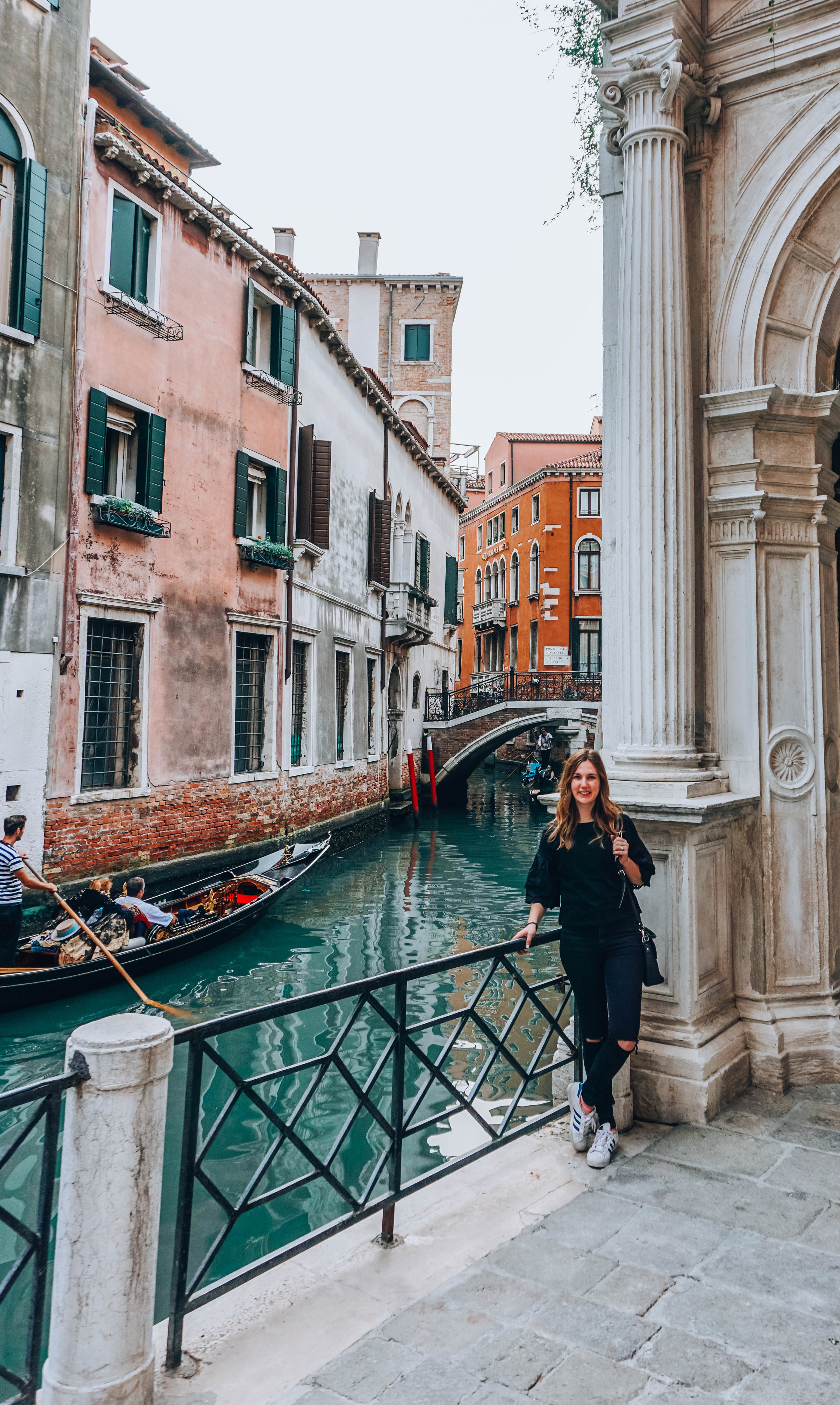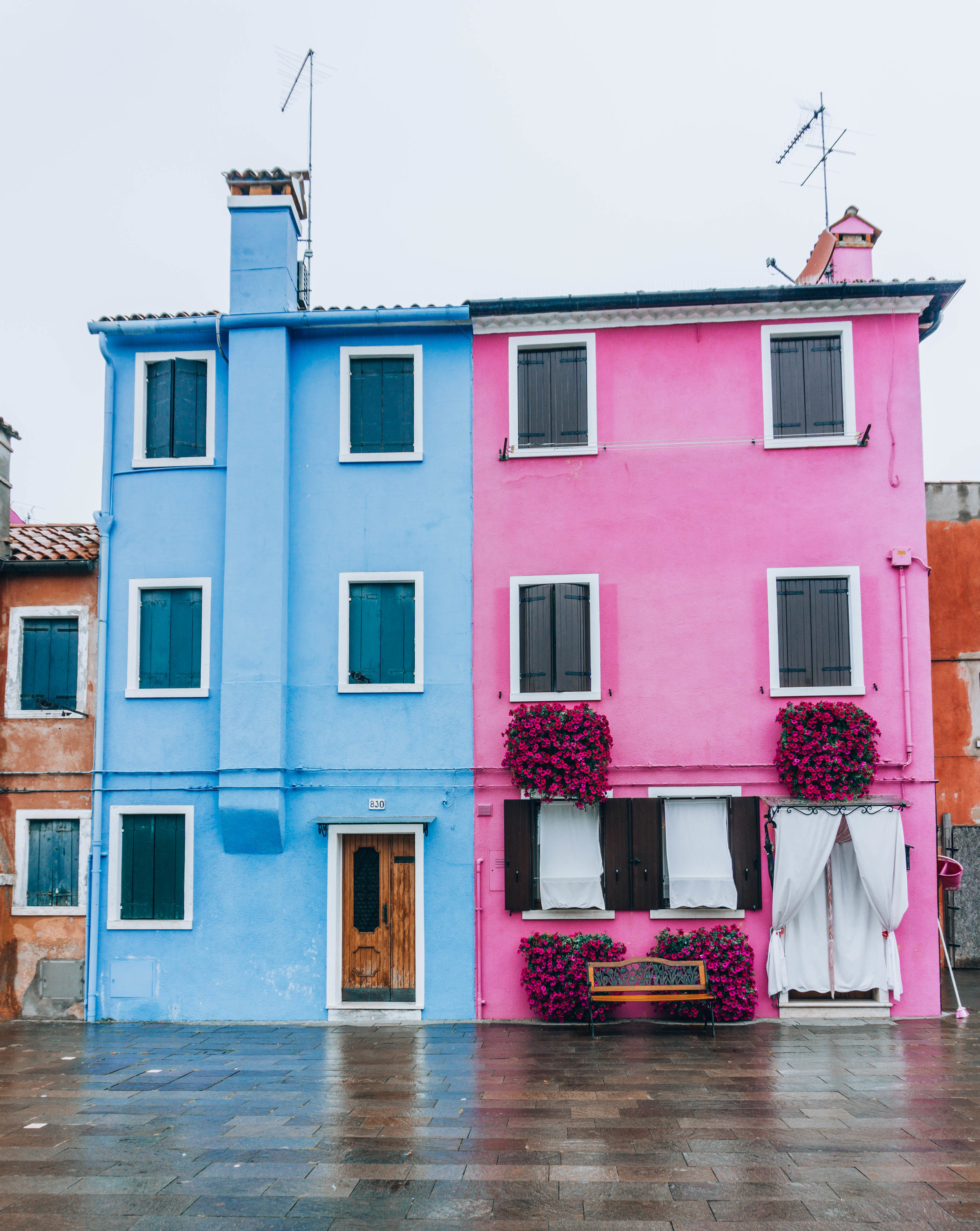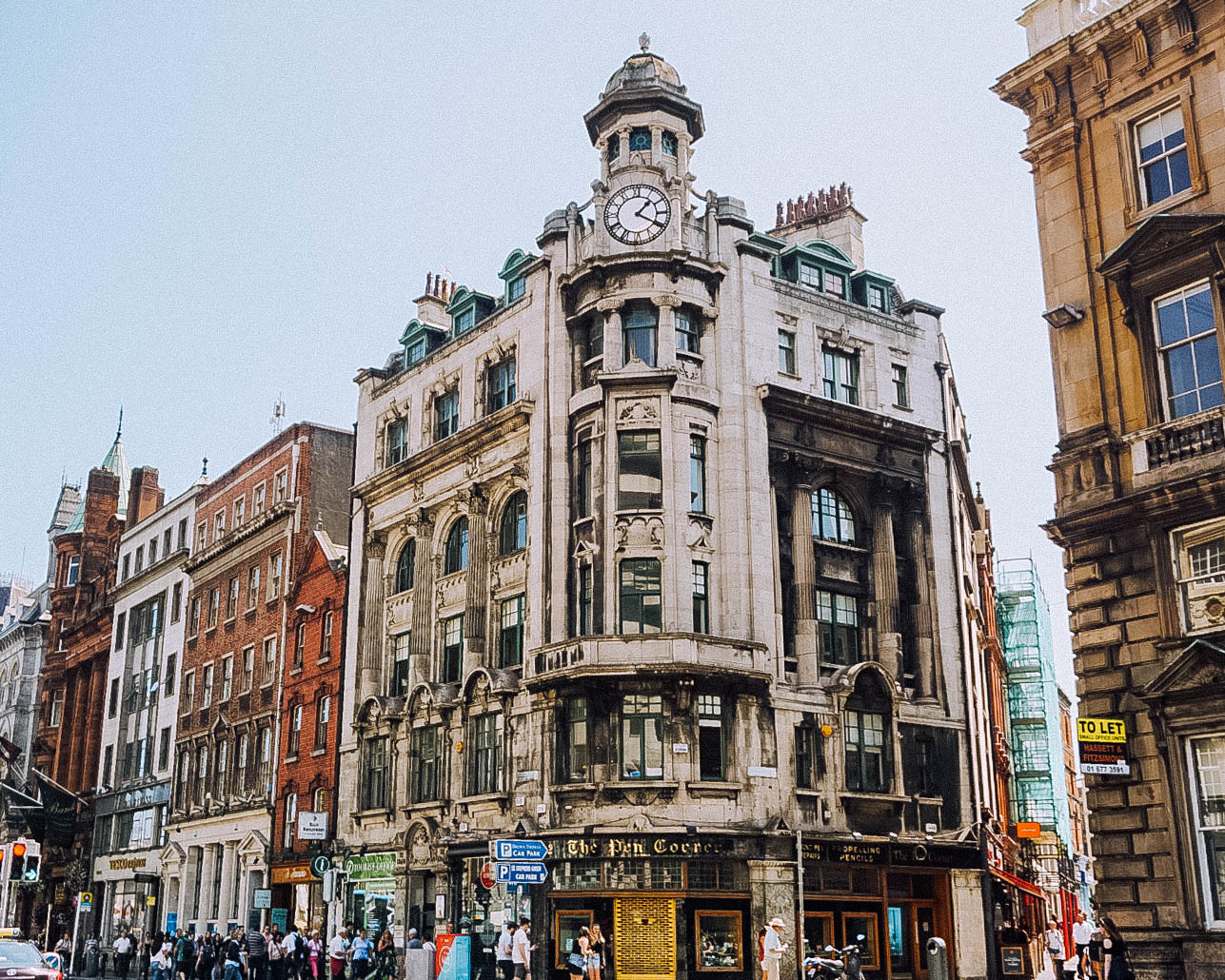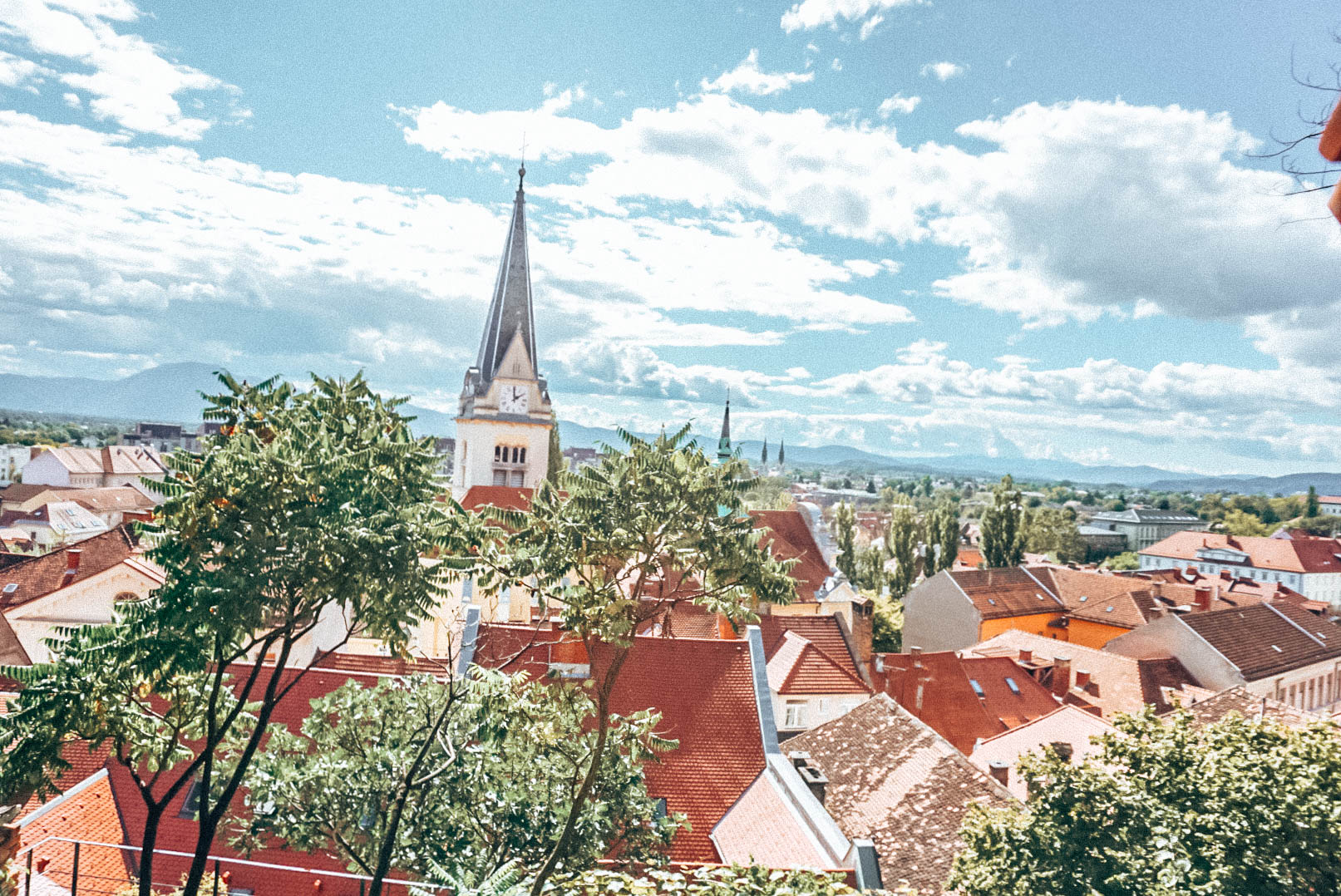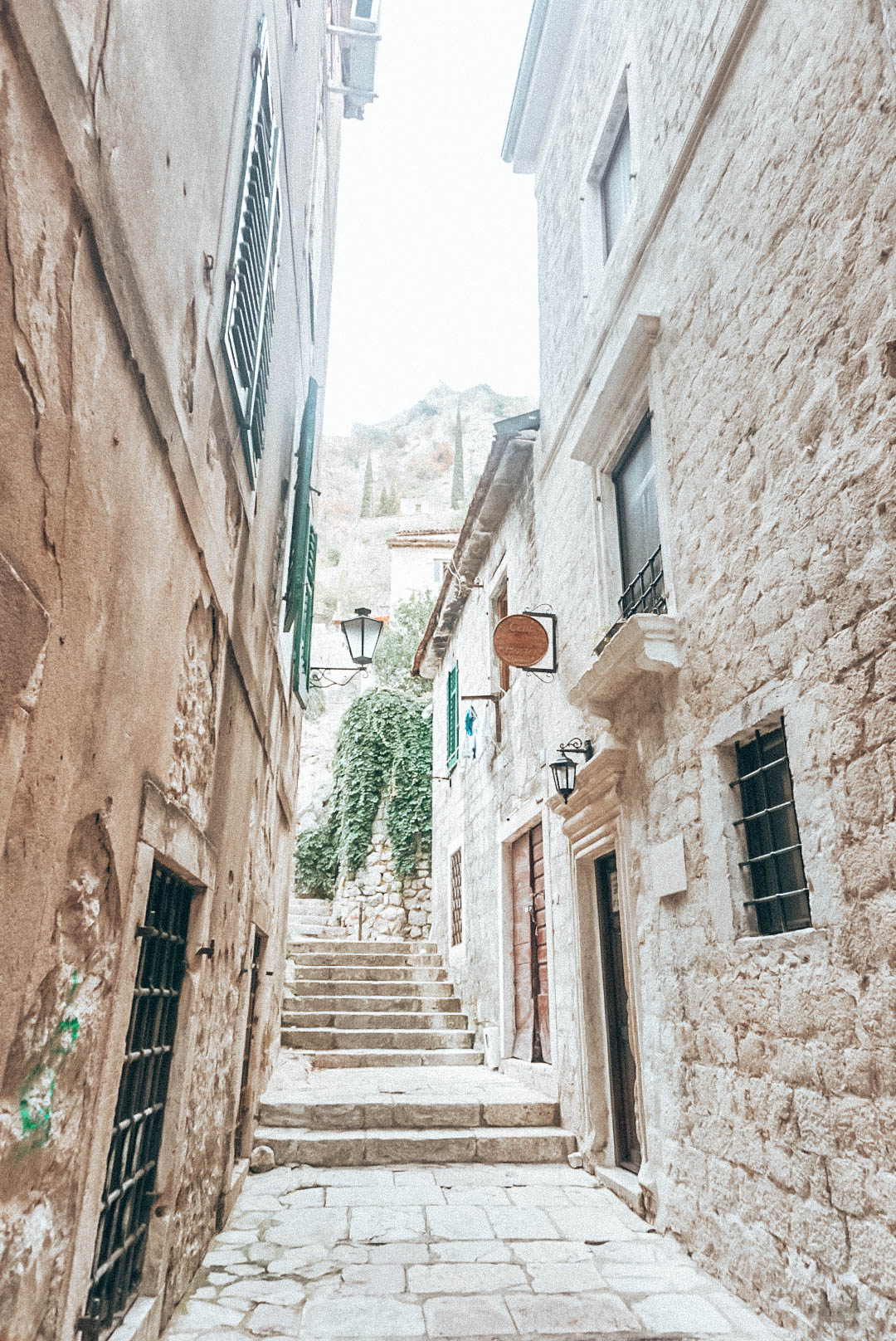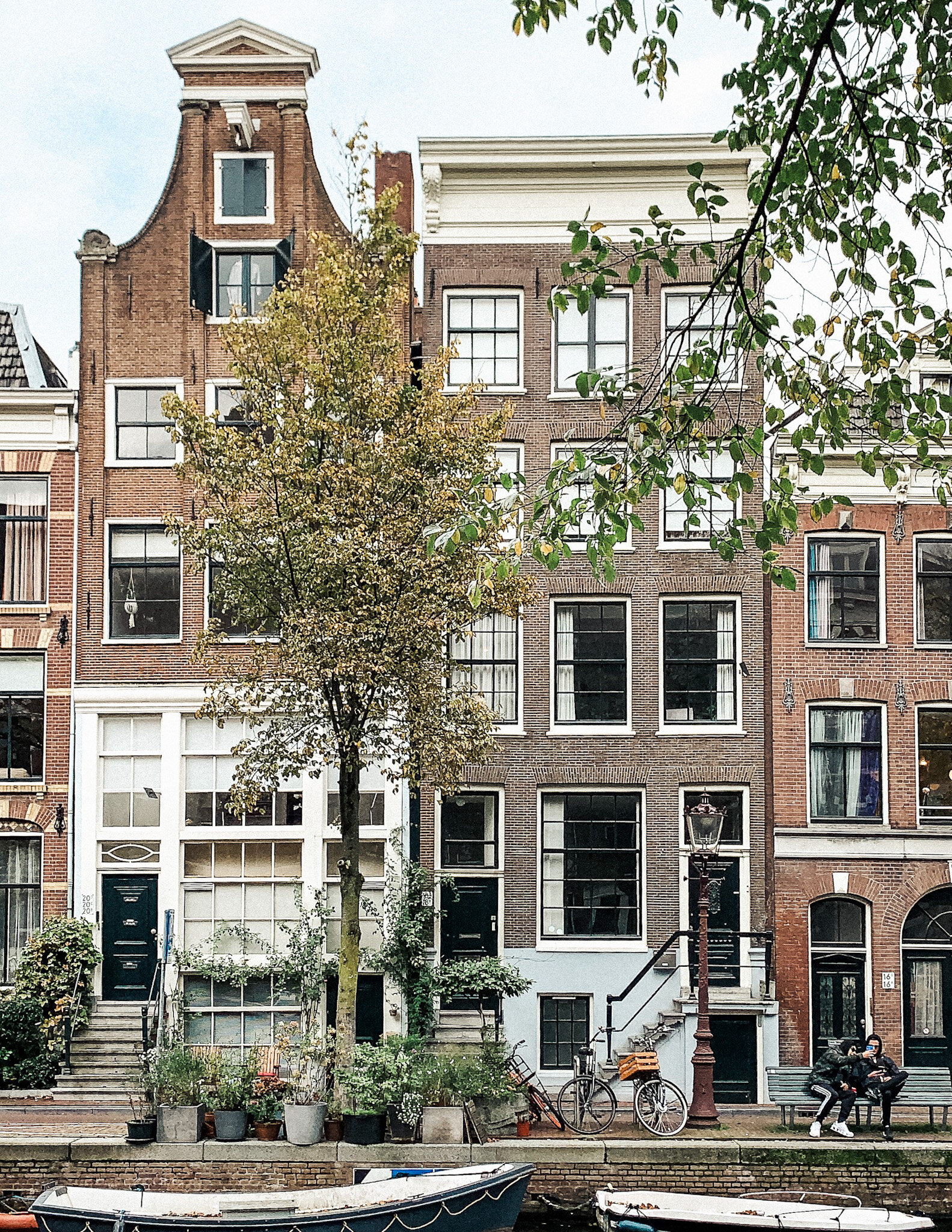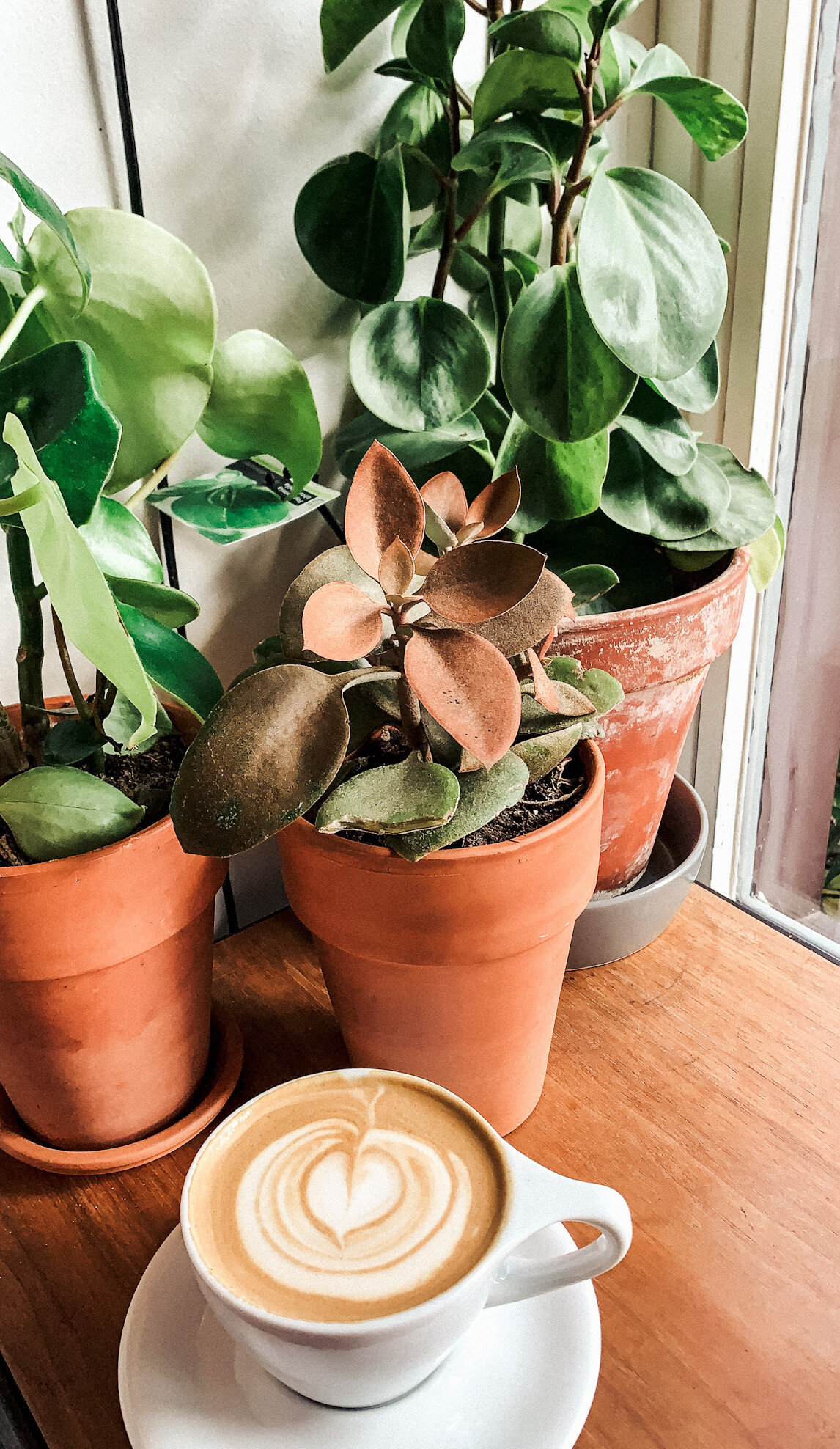Lisbon, the city of seven hills, winding streets, and a rich history- also, the last stop of our one wee road trip through southern Portugal. The city has a plethora of things to do, coffee shops to discover, and incredible locals to mingle with. Oh, and did I mention it is ridiculously photogenic? You will undoubtedly fall in love with Lisbon after visiting.
Where we stayed:
The Vintage Hotel and Spa: So we stayed in an airbnb our first three nights in Alfama, but our last night we spiraled and stayed at the Vintage and it was an incredible experience. Our room was pretty large and had tons of storage space for European standards. The interiors were **chef kiss* absolutely gorgeous with arched entry ways into the bathroom. The rooftop bar was small, but it was still incredible to relax and enjoy; the cocktails were also delicious.
What we saw:
Expore Barrio Alto and Alfama: Both are older parts of the city with plenty of tiled houses and colorful streets. Don’t miss either of these neighborhoods for their tucked away cafes, shops, and endless photo ops!
Santa Justa Lift: 45 meters high, this famous elevator was built to connect two neighborhoods. It is one of the top attractions in Lisbon, which means, you know it: long lines. There’s a also a fee to take the lift, and the view is not the best in town- many locals advise to skip it.
Castelo S Jorge: I suggest you make your way here in the late afternoon to enjoy beautiful 360 sunset views on the city’s highest hill. We explored during the day when the peacocks were up and putting on a show. Be prepared for long wait times and an entrance fee.
Belem Tower: a former defense structure and later a prison, the views and architecture are a must see.
Lx Factory: A trendy market hidden underneath the Ponte 25 de Abril bridge. This creative industrial mini town on an old factory site is a great place to stop and grab lunch, explore the bookstore, shop at local boutiques, and enjoy some street art.
What we ate:
Cafe Janis: This is the perfect brunch oasis. Cafe Janis offers delicious food and aromatic coffee amid cozy decor. If you need something stronger than coffee, they also serve delicious cocktails to spice up your brunch.
Dear Breakfast: They have many locations throughout the city and the service we received was amazing. If you’re looking for a great photo spot and delicious food look no further. I wish I could have walked out with the furniture and flatware at Dear Breakfast, but I managed to refrain myself. Don’t be shy with your order, I went all out and have zero regrets.
Taberna Sal Grosso: If you want to taste Portuguese cuisine, this is the place to experience it on it’s finest level. As one of the most popular restaurants in Lisbon you’ll want to make a reservation. The food is tapas style our favorites were the garlic broccoli, migas tomatoes, pork belly and orange salad, and the passionfruit creme brûlée for dessert.
Comba Coffee: So we didn’t have their food we just grabbed coffees to go, but they were delicious. They make their own almond milk in house and don’t sleep on their chai latte!
Time Out Market: A must when you visit Lisbon. This larger than life food hall is packed with a variety of restaurants serving local cuisine. This is probably more fun with a group of people so that you can try more dishes. Also, don’t forget to grab some freshly baked Pastel de Nada on your way out!
Seagull Method: The space is of course picturesque but the food was so delicious and beautifully plated we were shocked they weren’t charging more for their breakfast.
Tapisco: Tapisco offers uncomplicated yet delicious food in a modern dining setting. The open kitchen is an invitation for your sense to enjoy the food before it even hits your palette The highlight of the restaurant is La Bomba de Lisboa, which of course we tried. It can get packed, so make sure you either make reservations or show up at 7pm on the dot like we did. The service was beyond incredible and the staff was so friendly and welcoming.
Tips:
Purchase the Lisbon Card. The durations are 24, 36, or 72 hours and it provides unlimited access to the public transportation system and you’ll also receive free admission to top attractions. You’ll be saving money in the long run so definitely something to look into.
Eat as many Pastel de Natas as humanly possible.
Portugese food consists of a lot of seafood dishes (think cod, shrimp, and octopus), soups, and stews, and hearty meat dishes. Meals are eaten slowly and savored starting later in the evening, and it’s pretty typical for restaurants not to open for dinner until after 7pm.
Daniel and I both work in customer service so we always notice exceptional service. We always received extremely kind, thoughtful service when in Lisbon, which I wasn’t expecting in a larger city. Literally every place of business we were treated incredible, which is saying a lot considering we know about four words of Portuguese.





